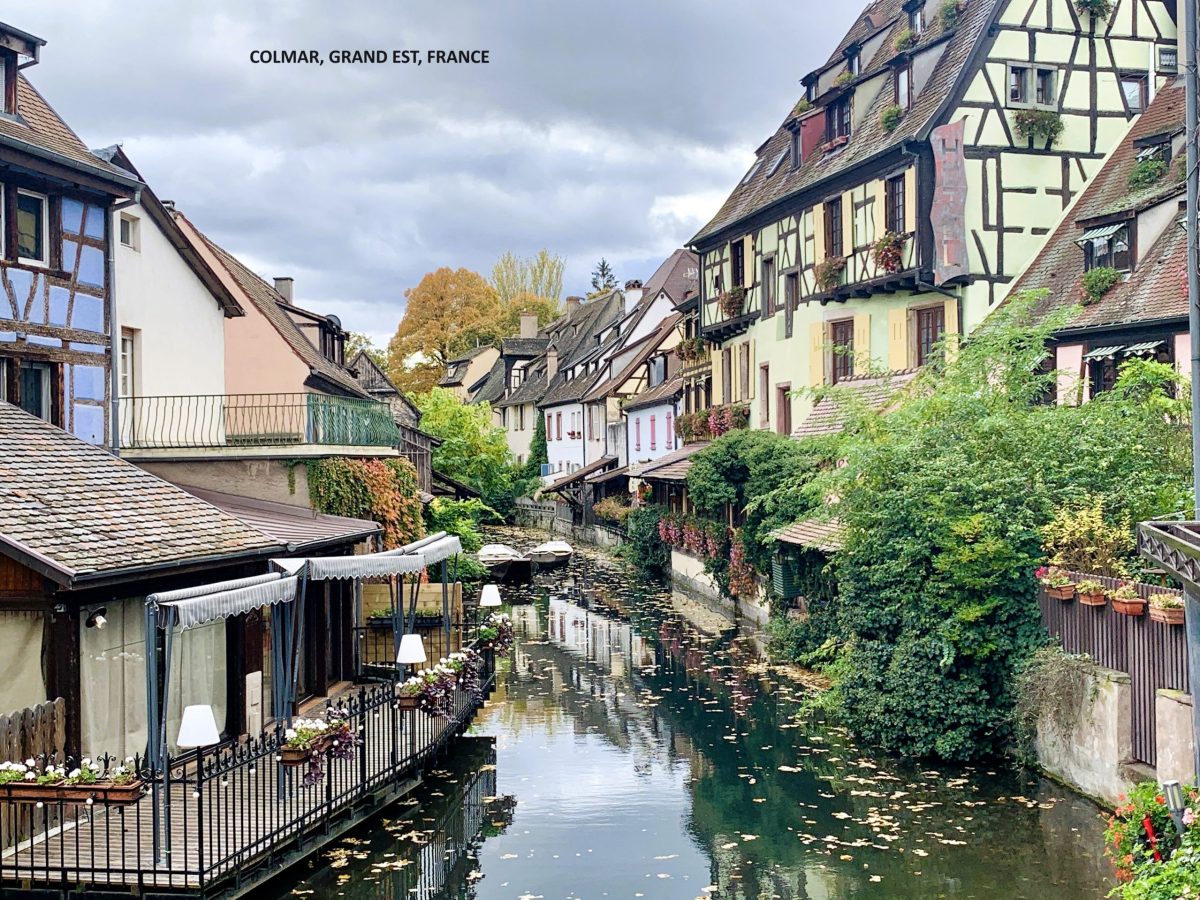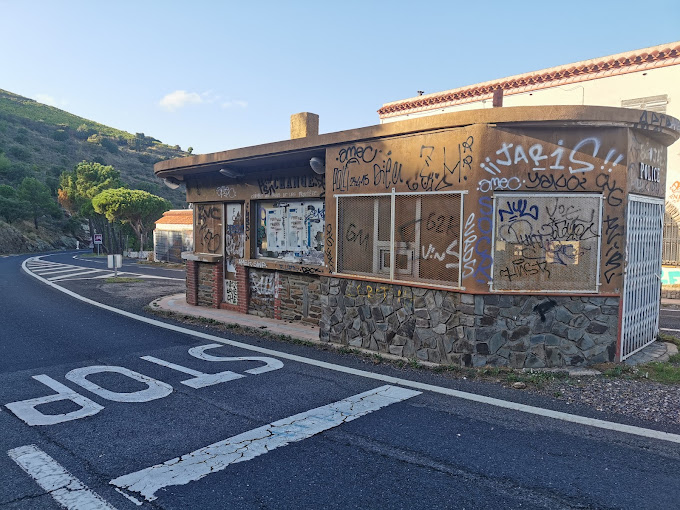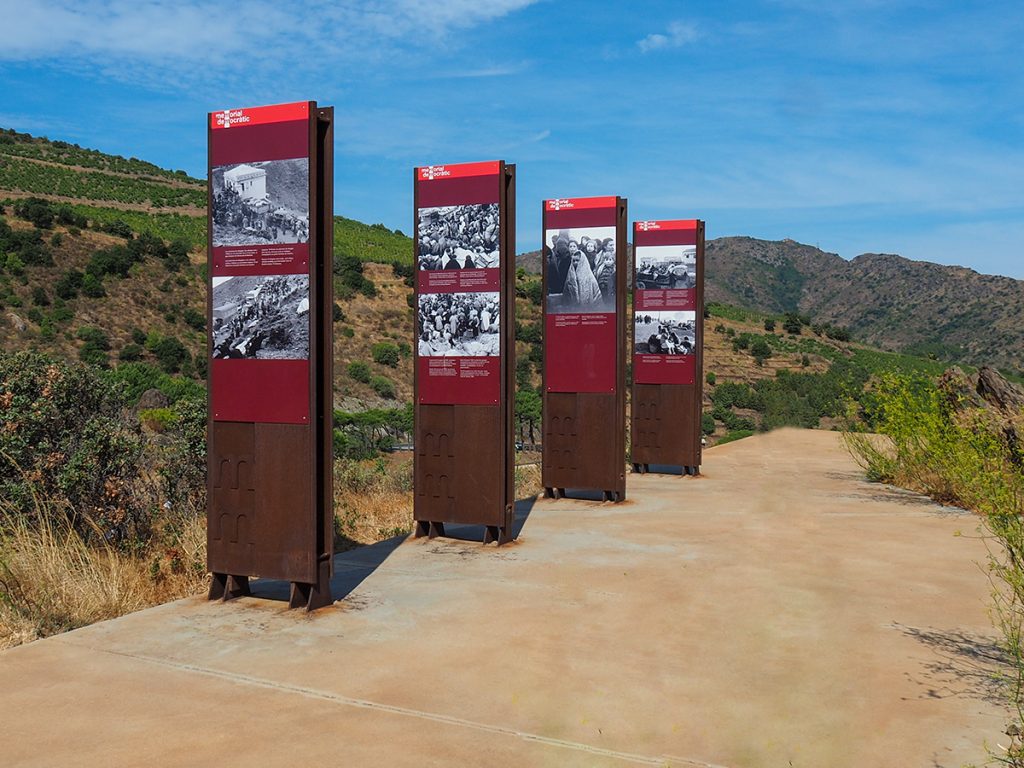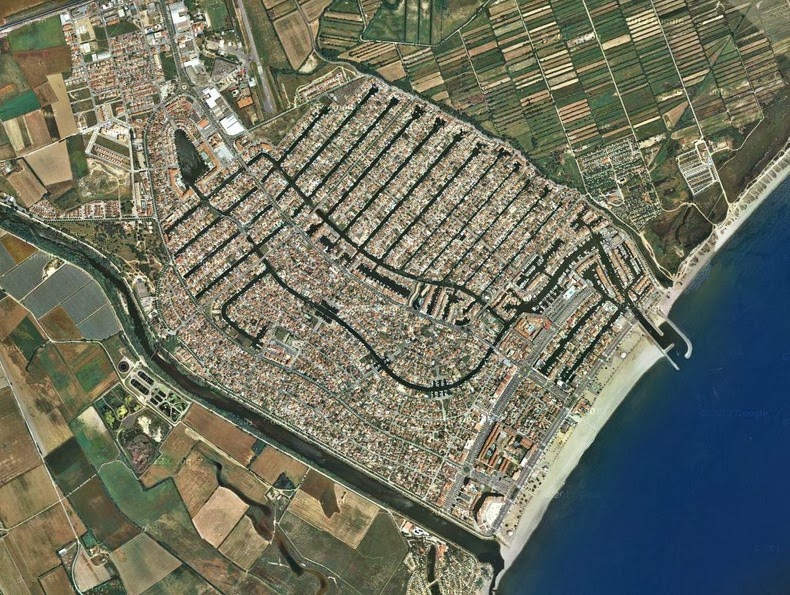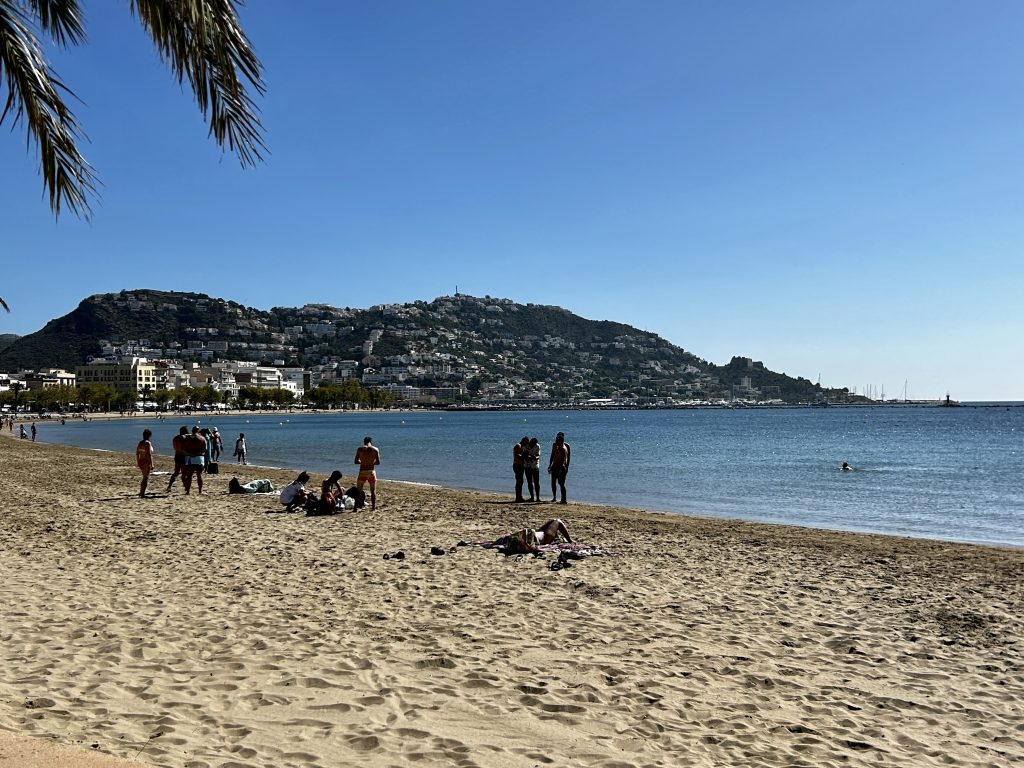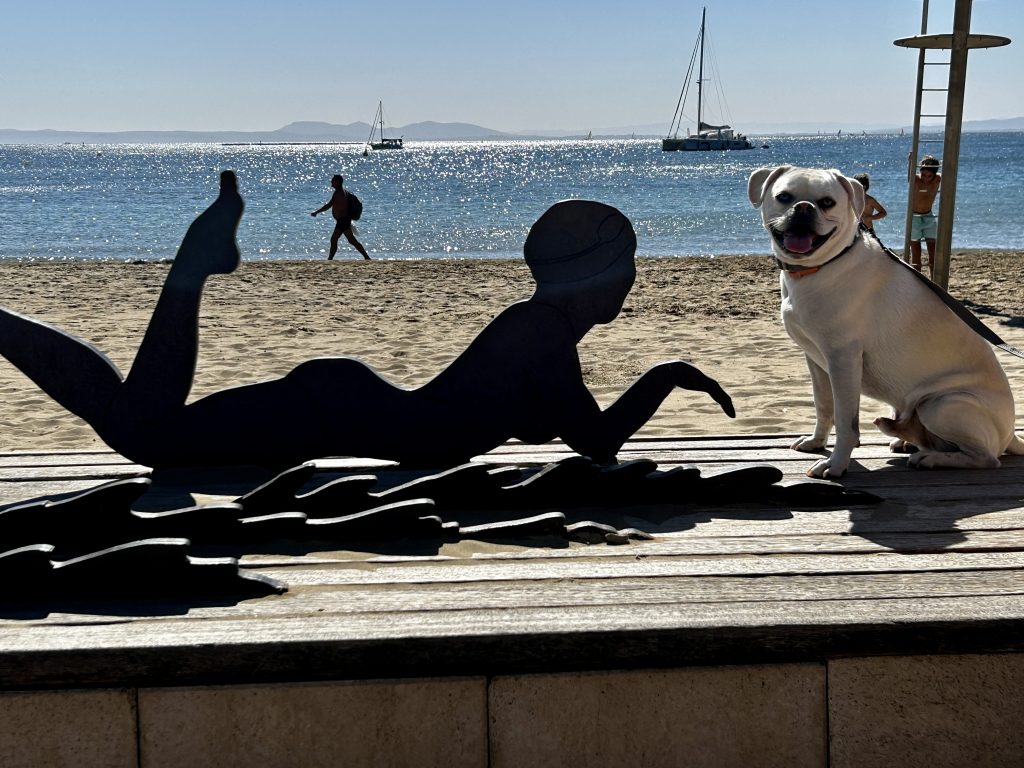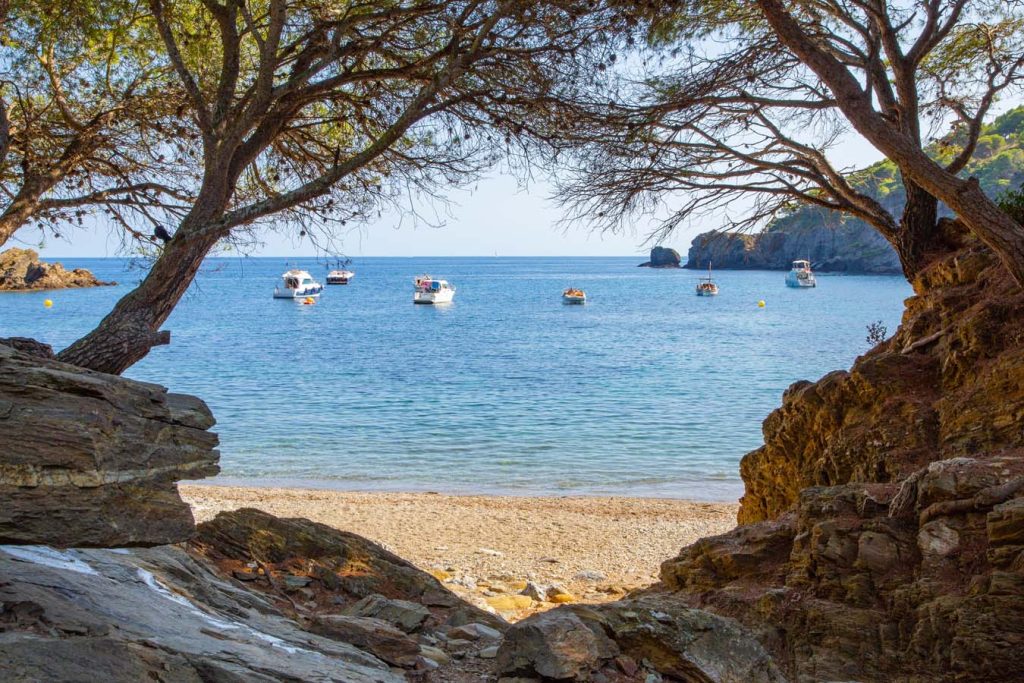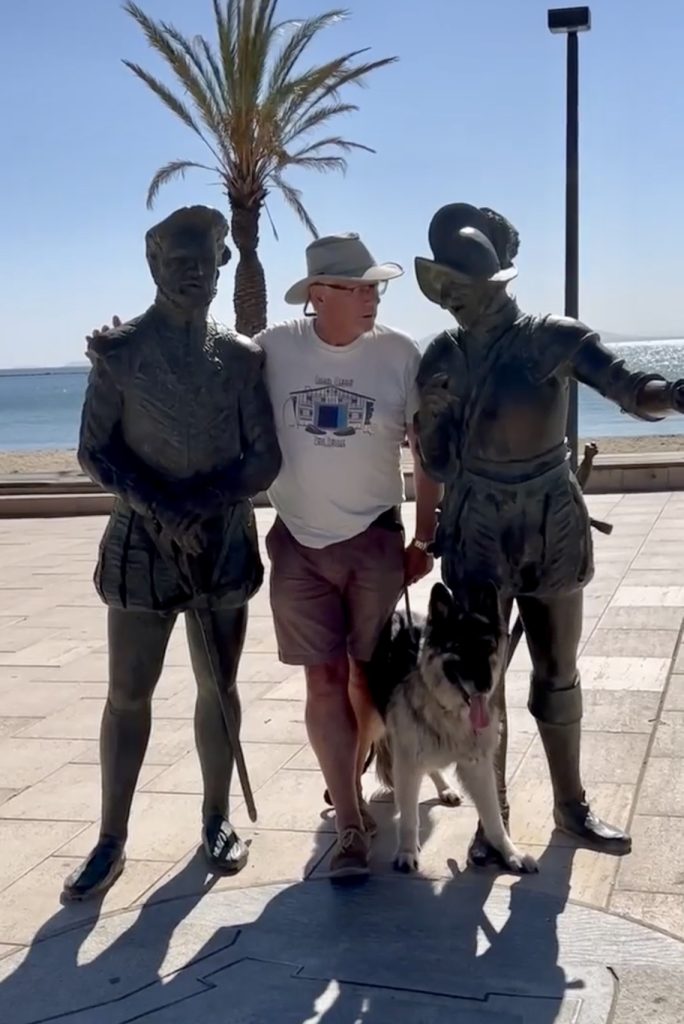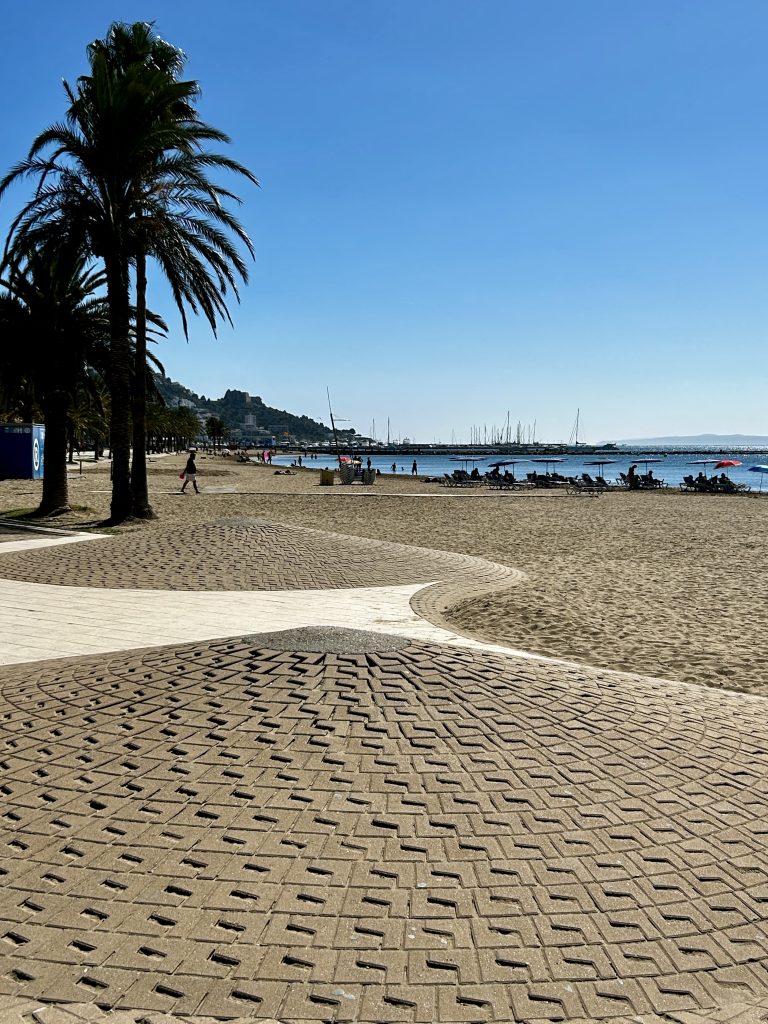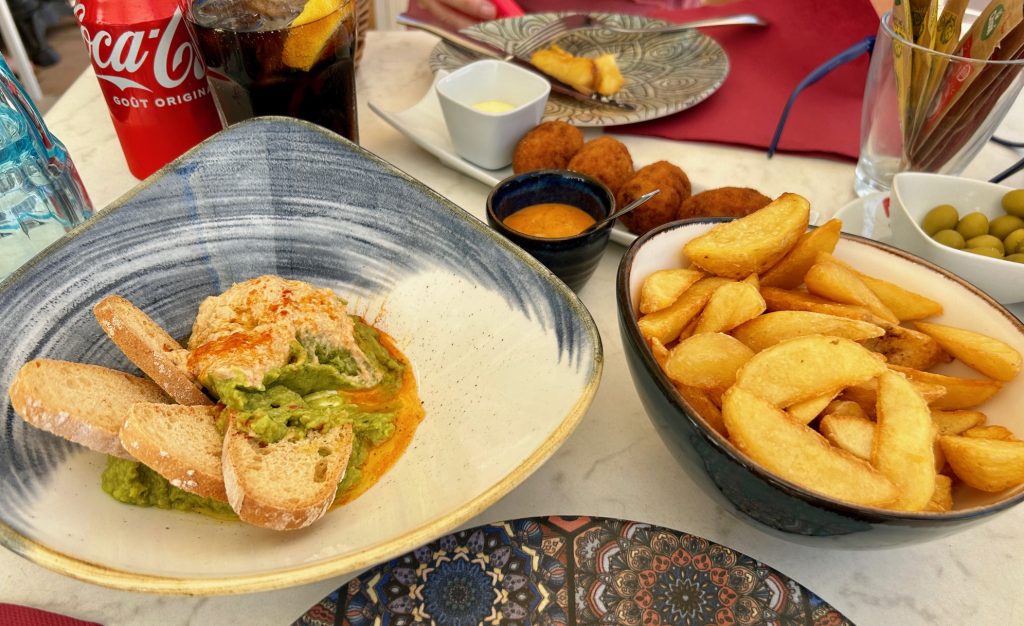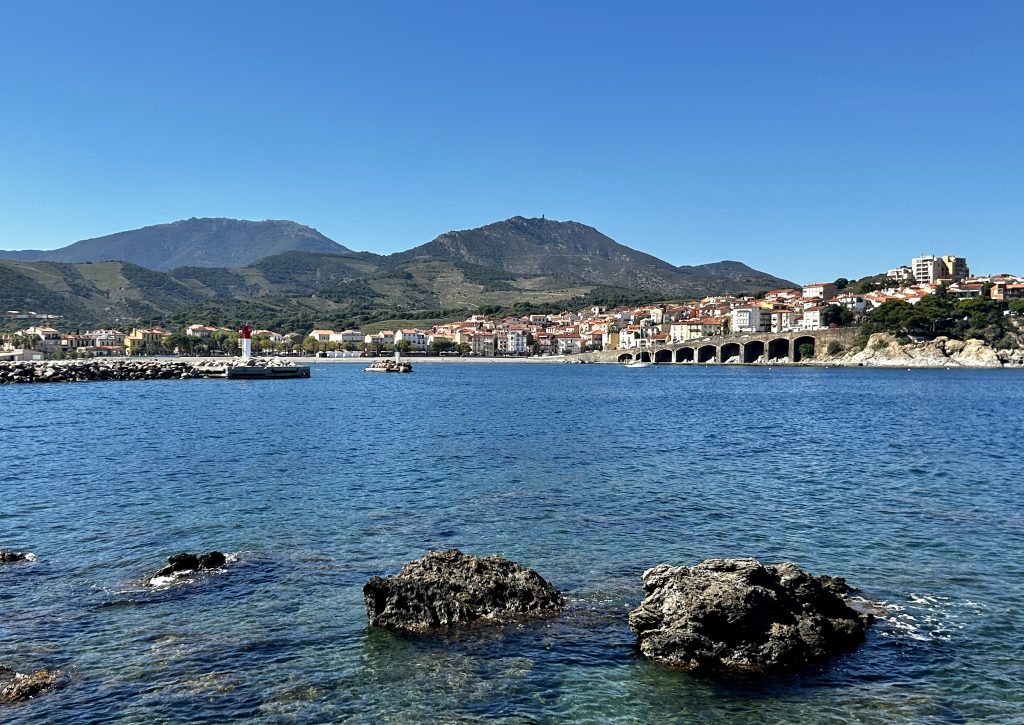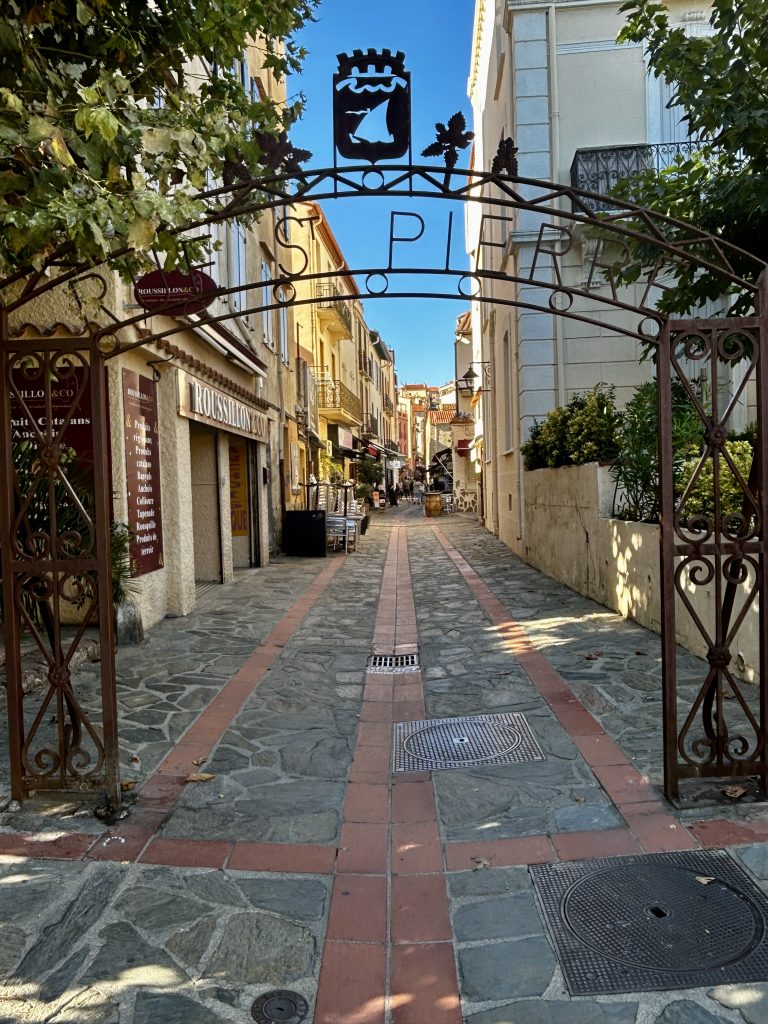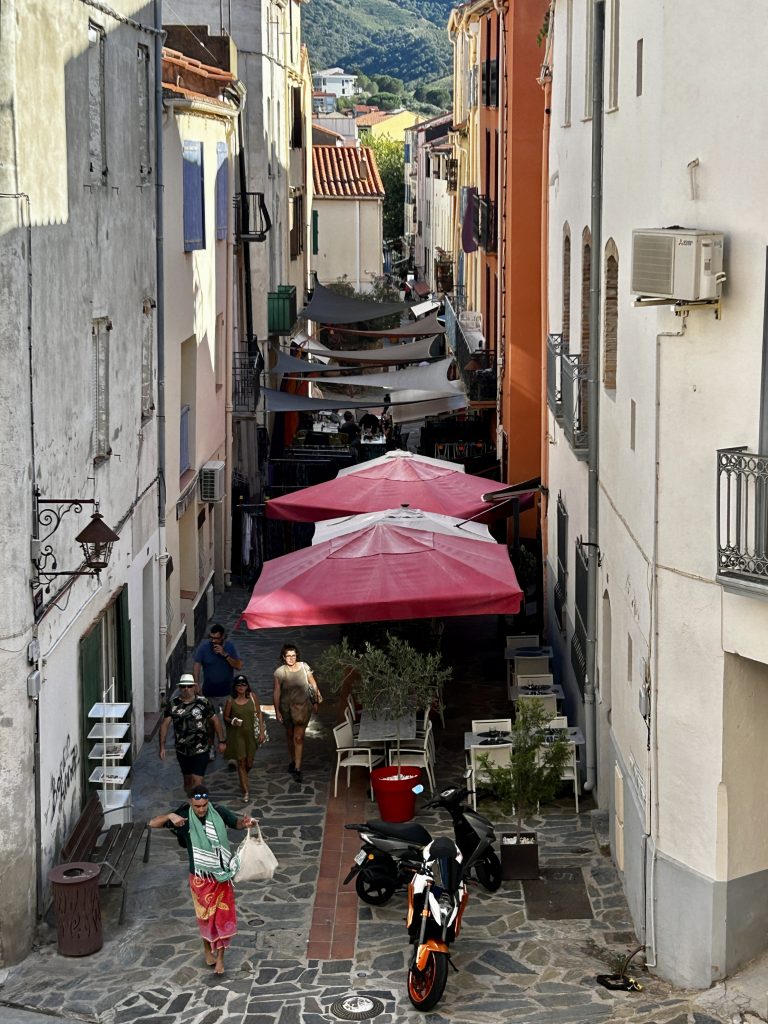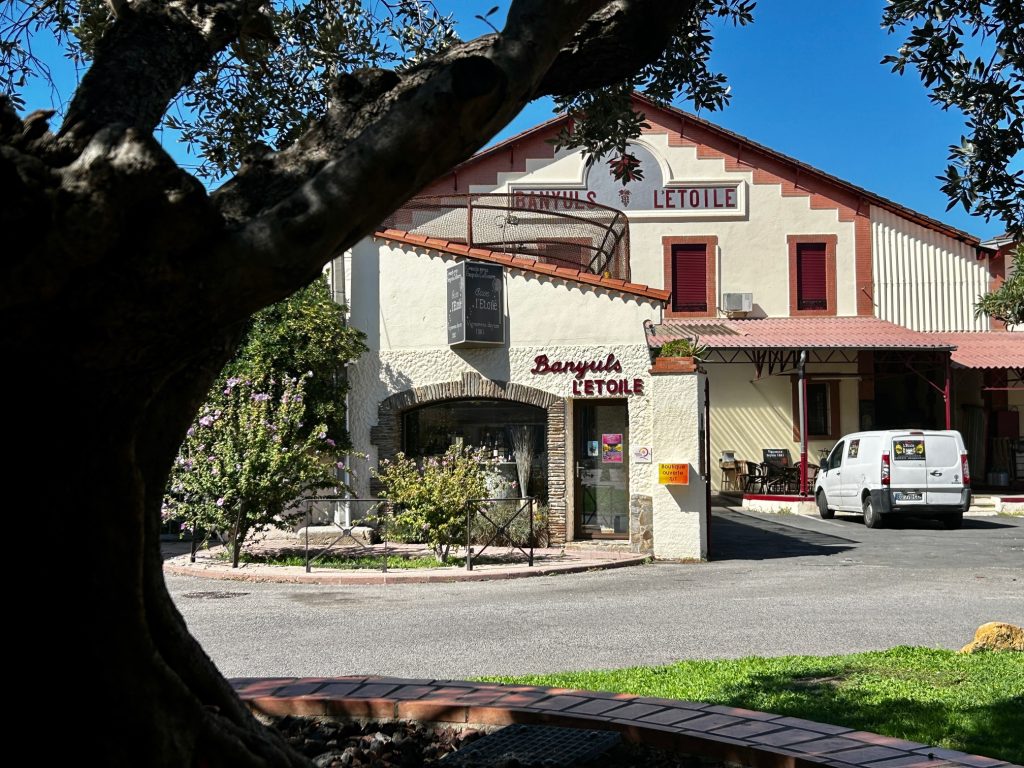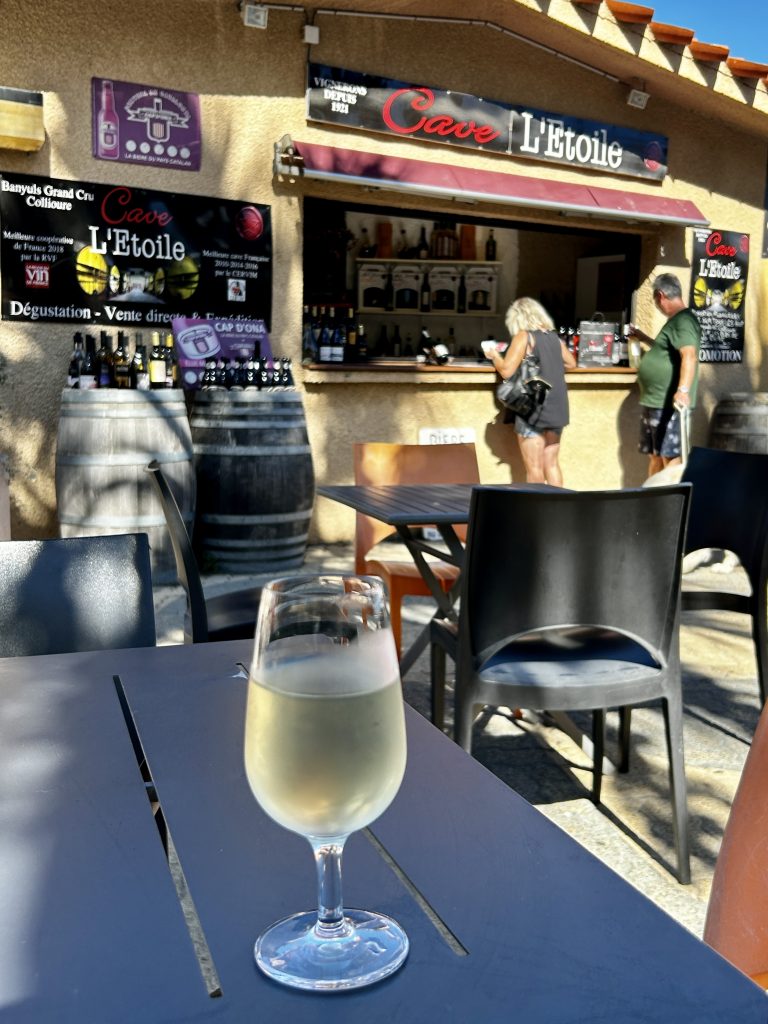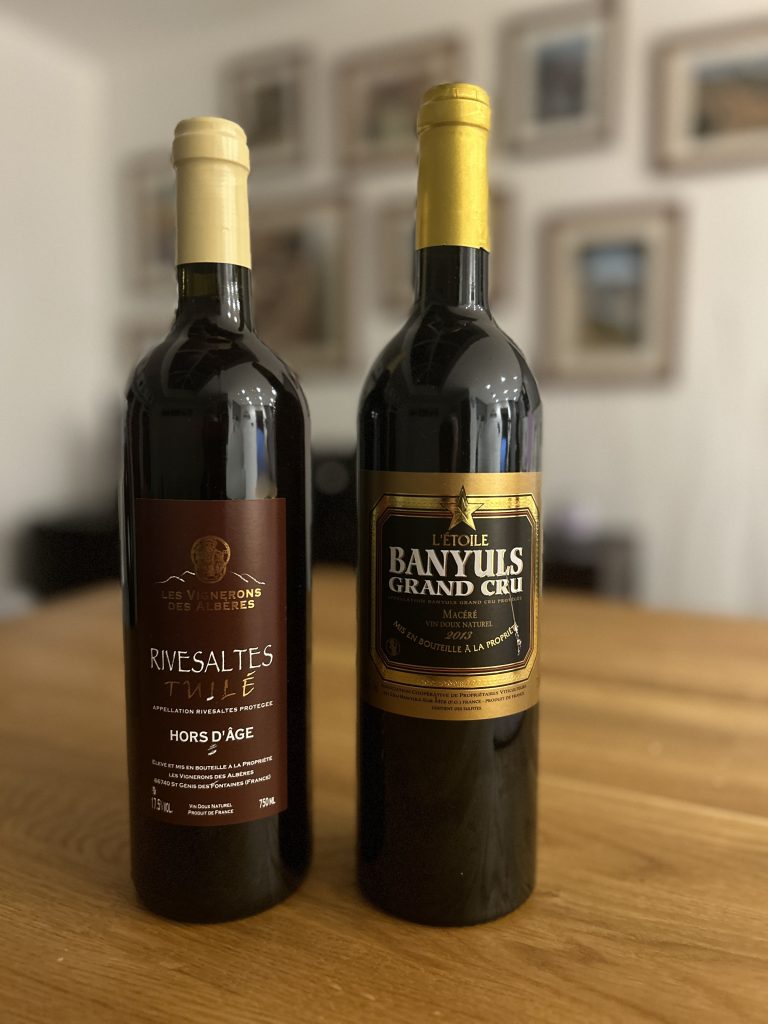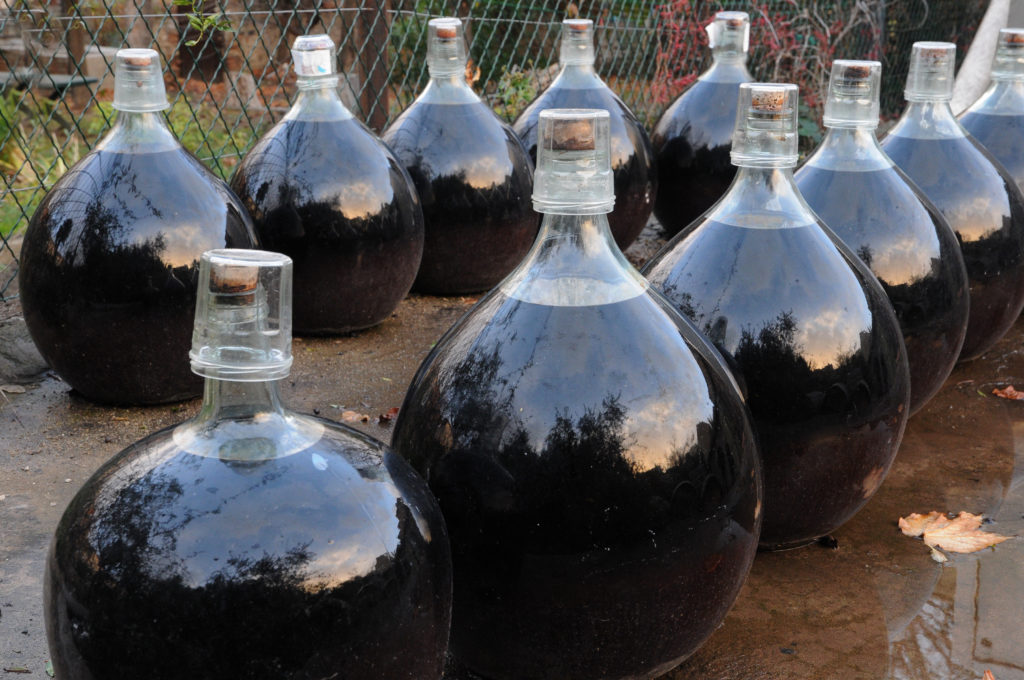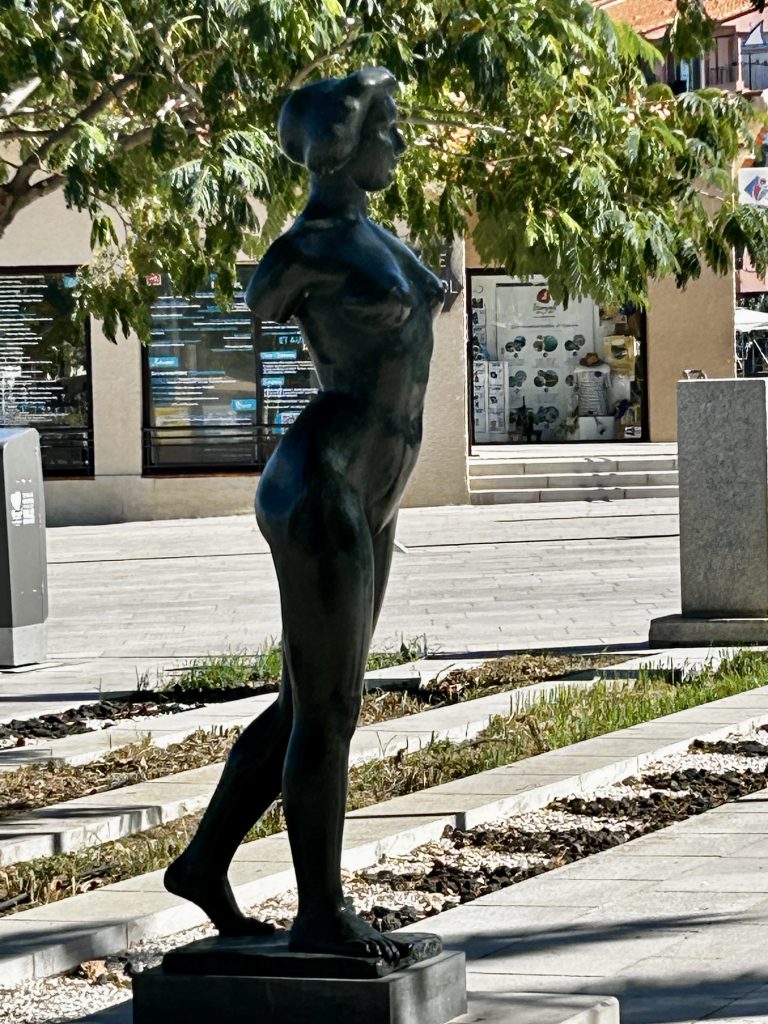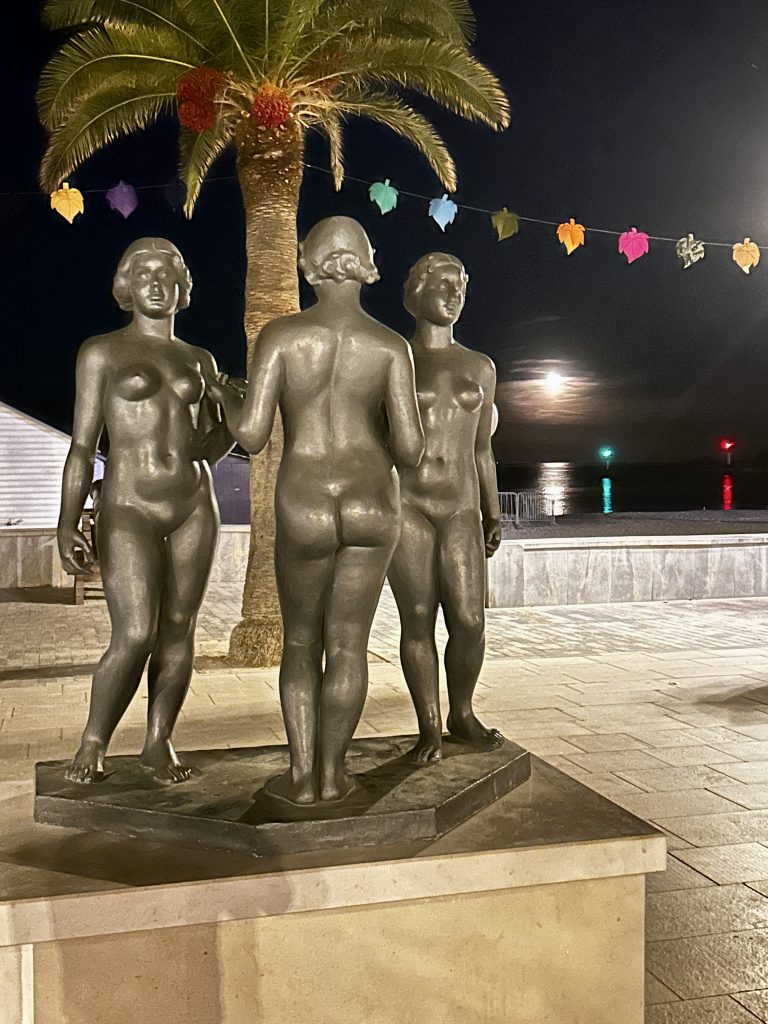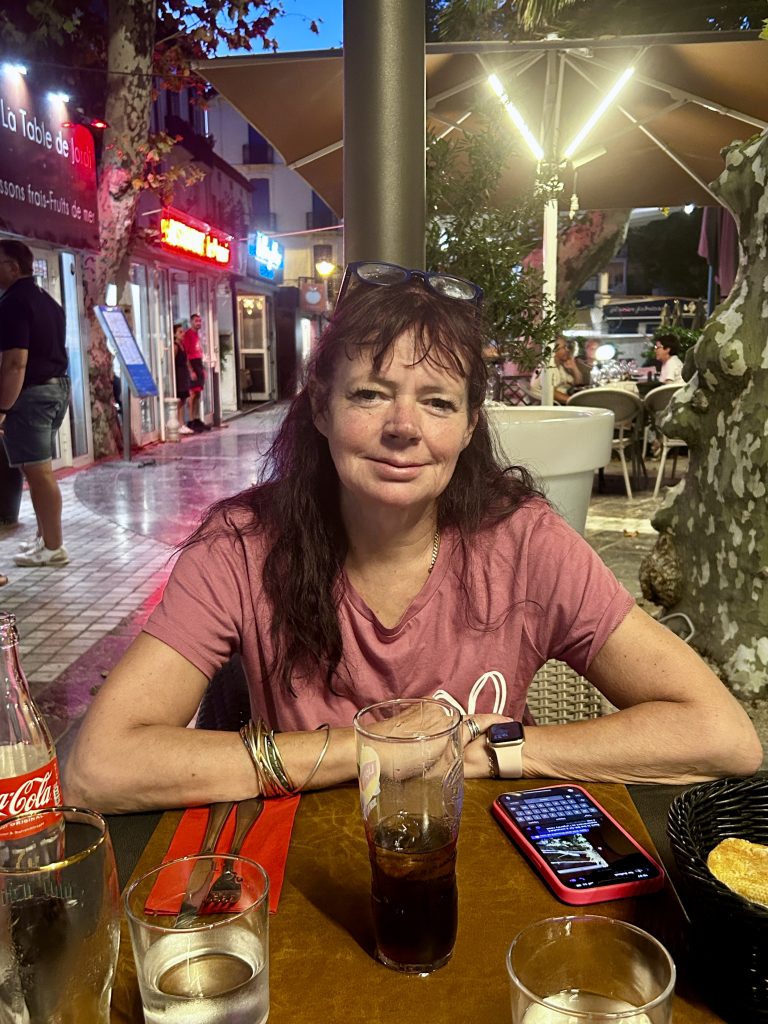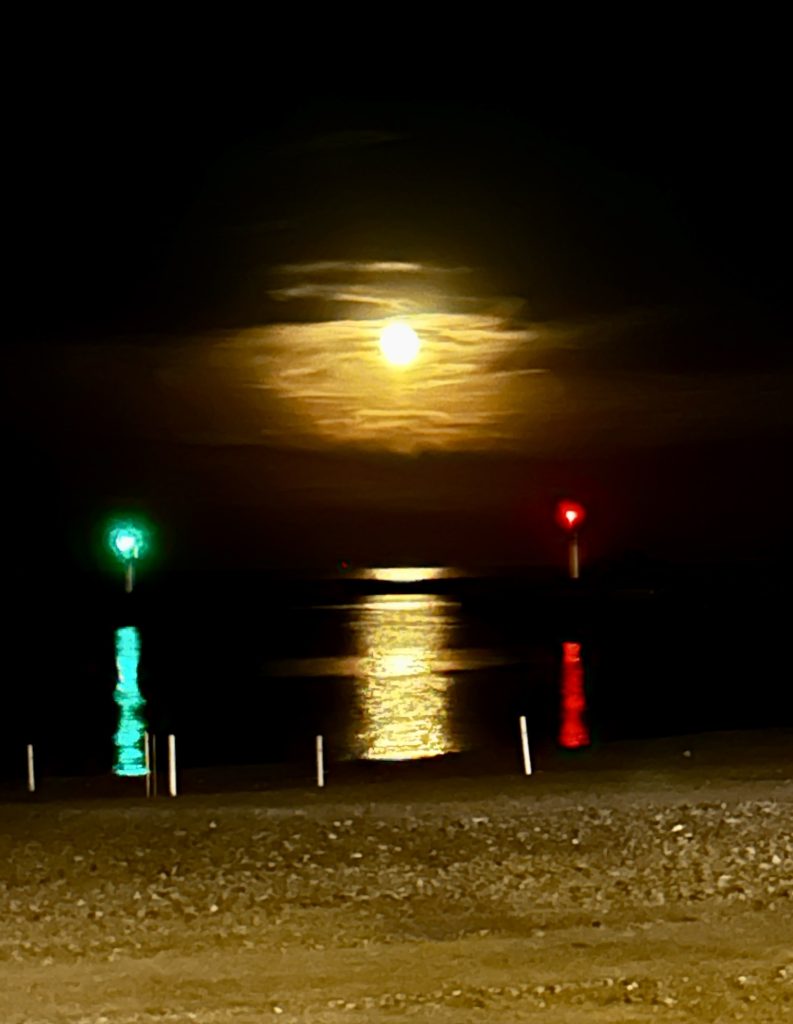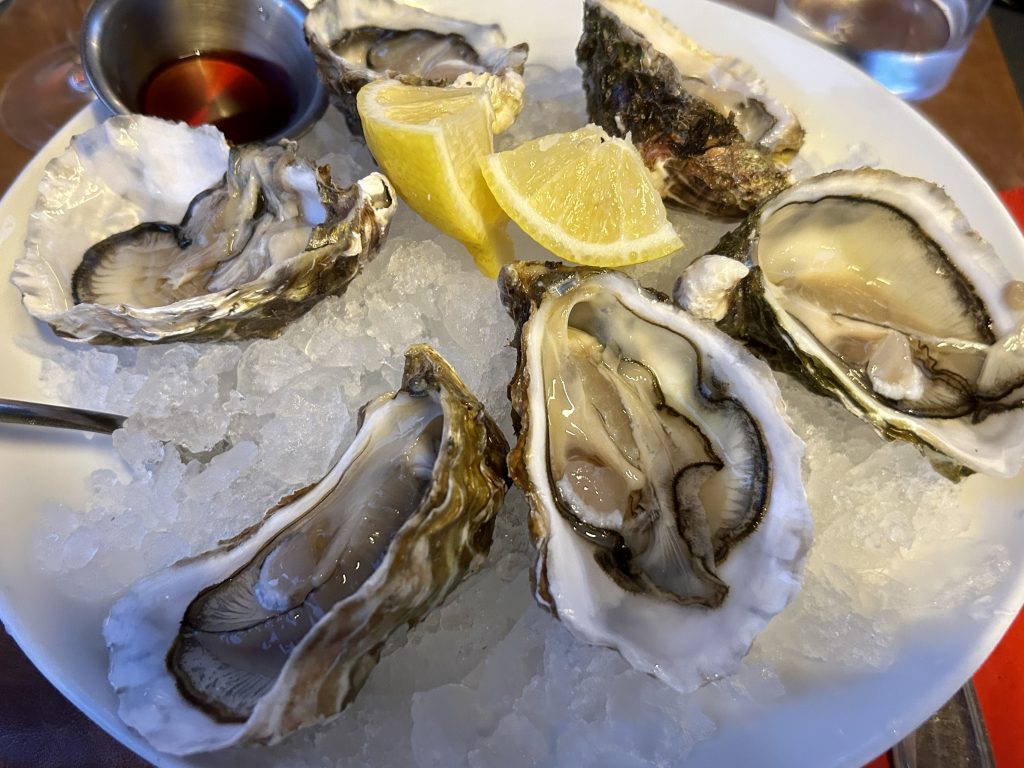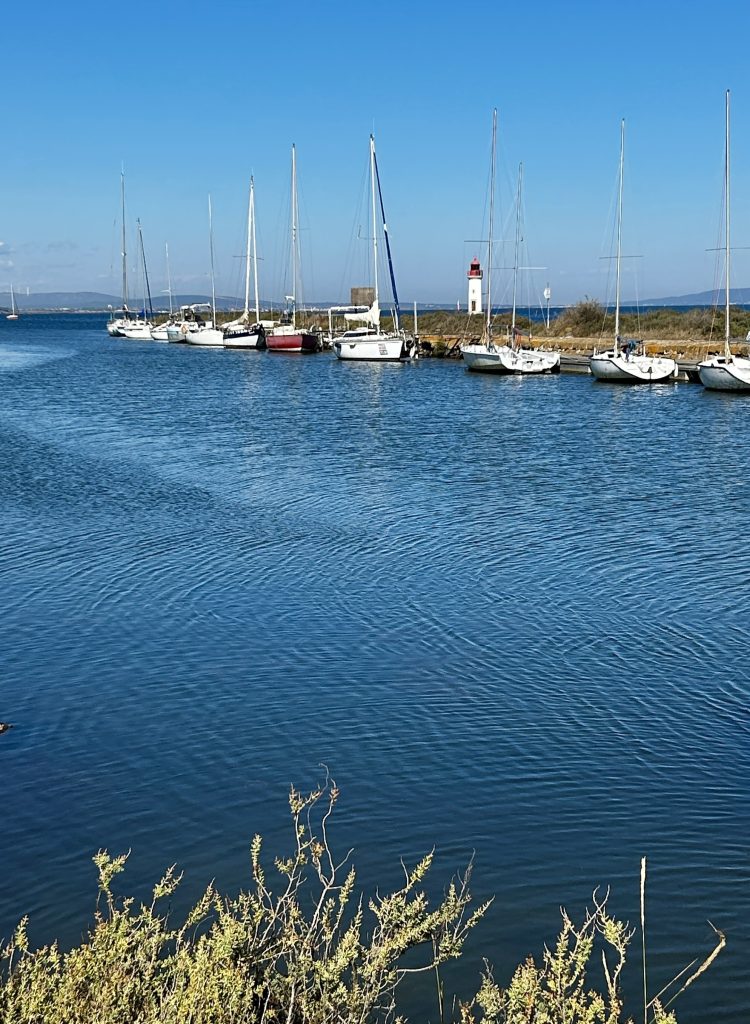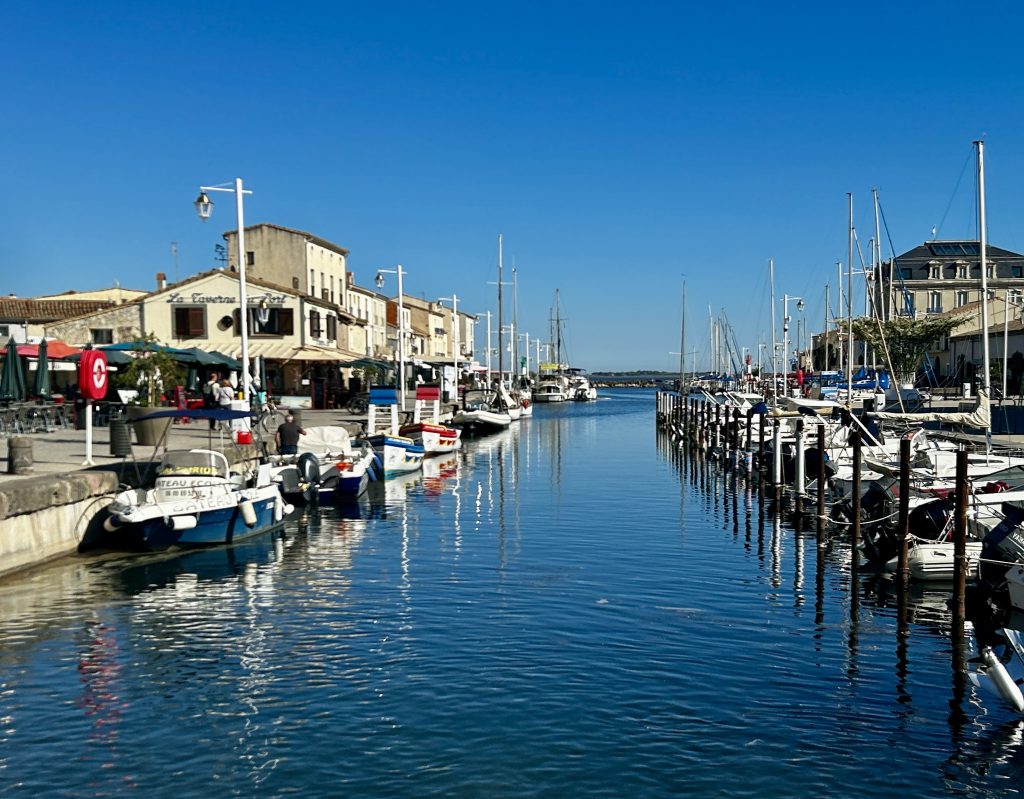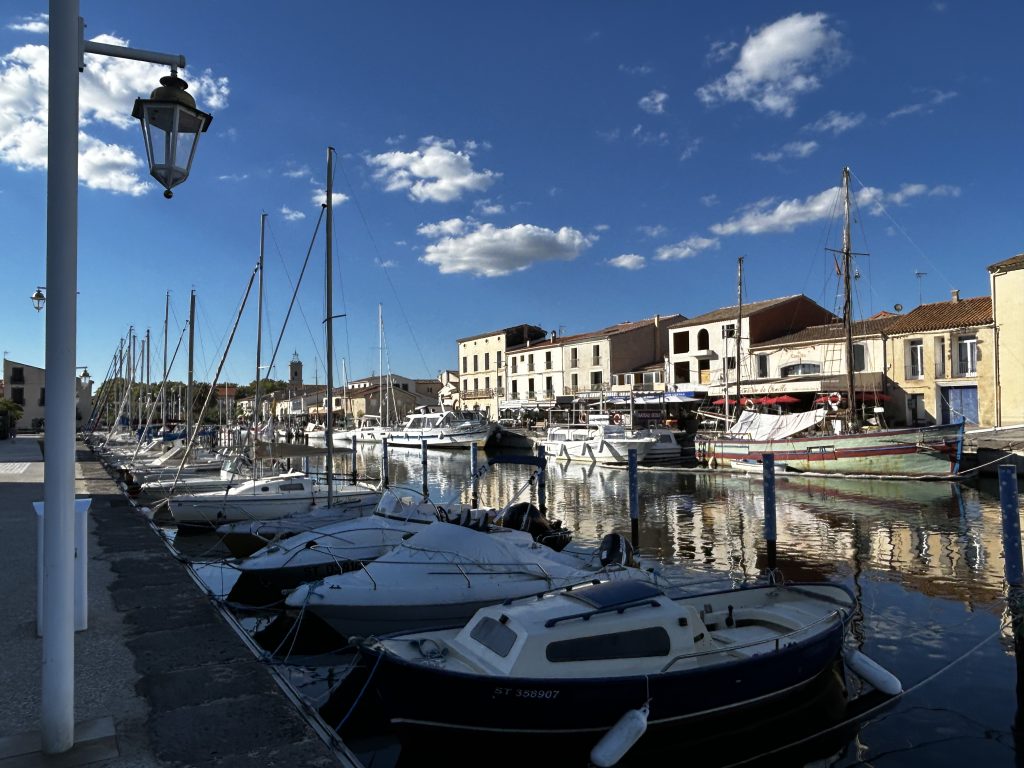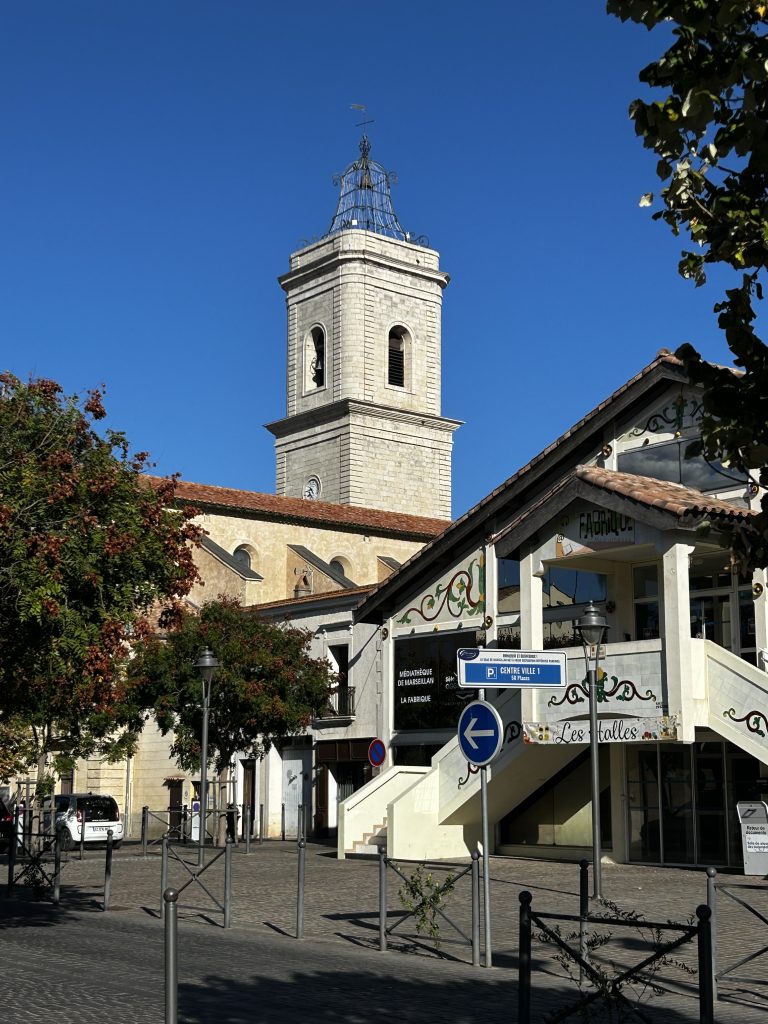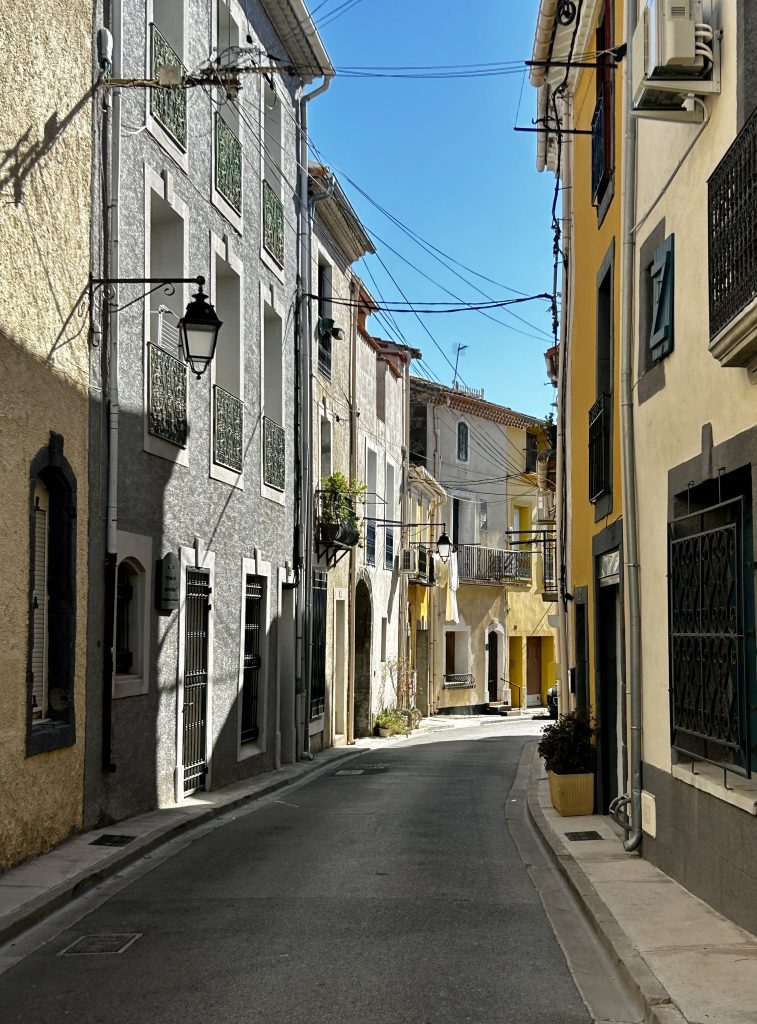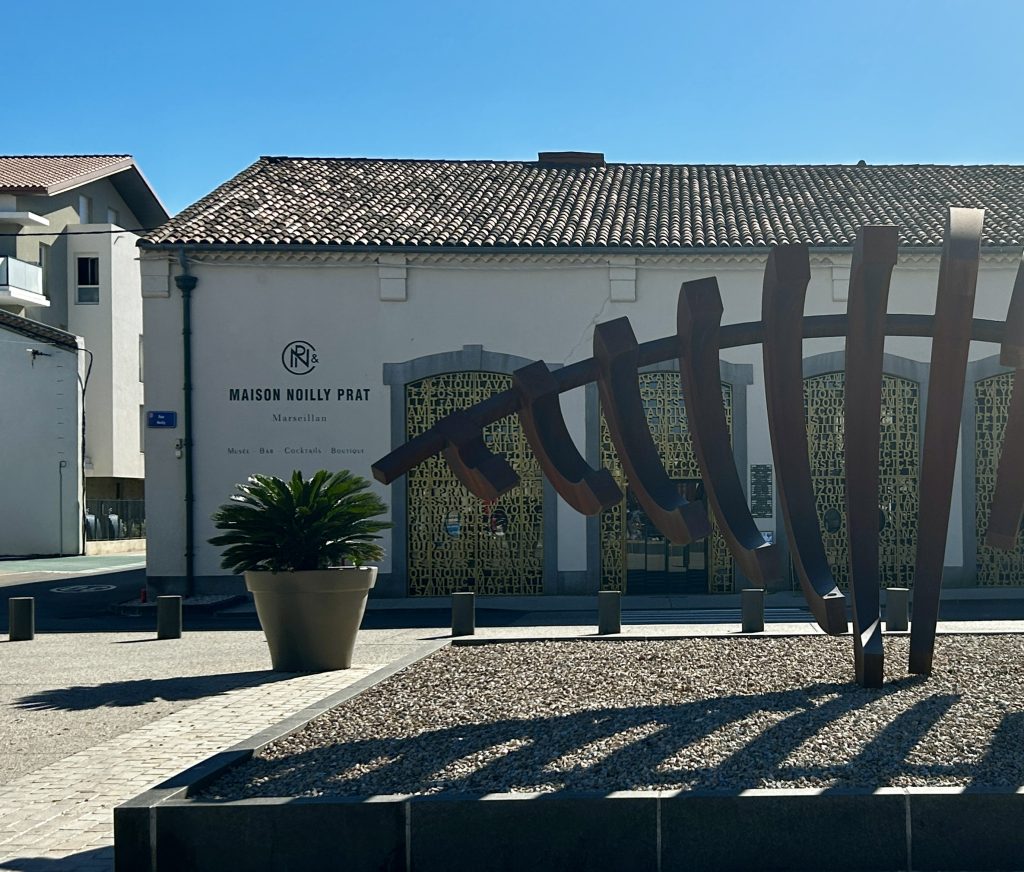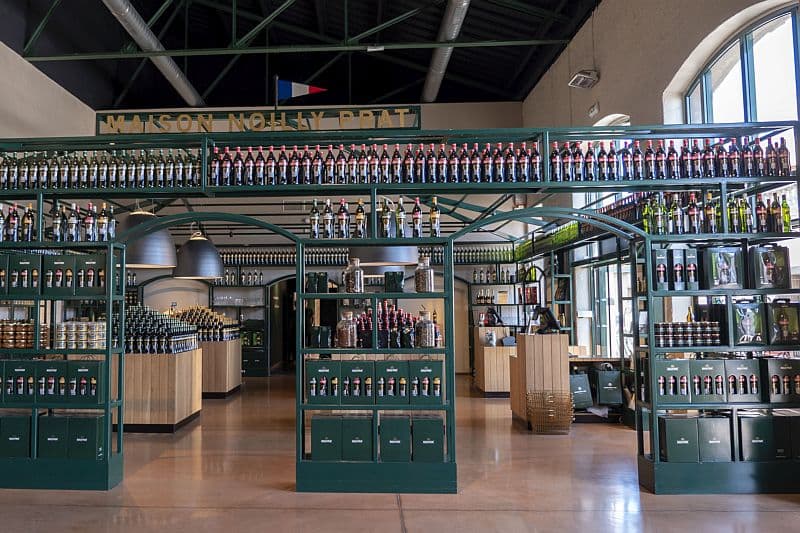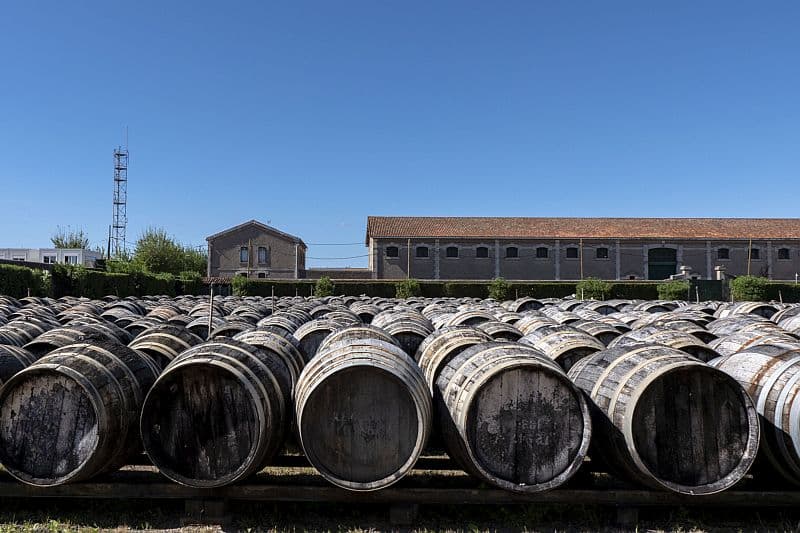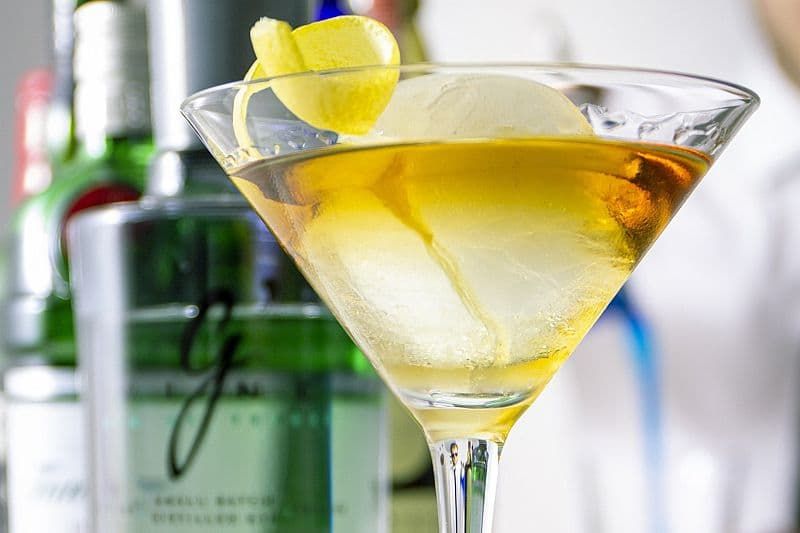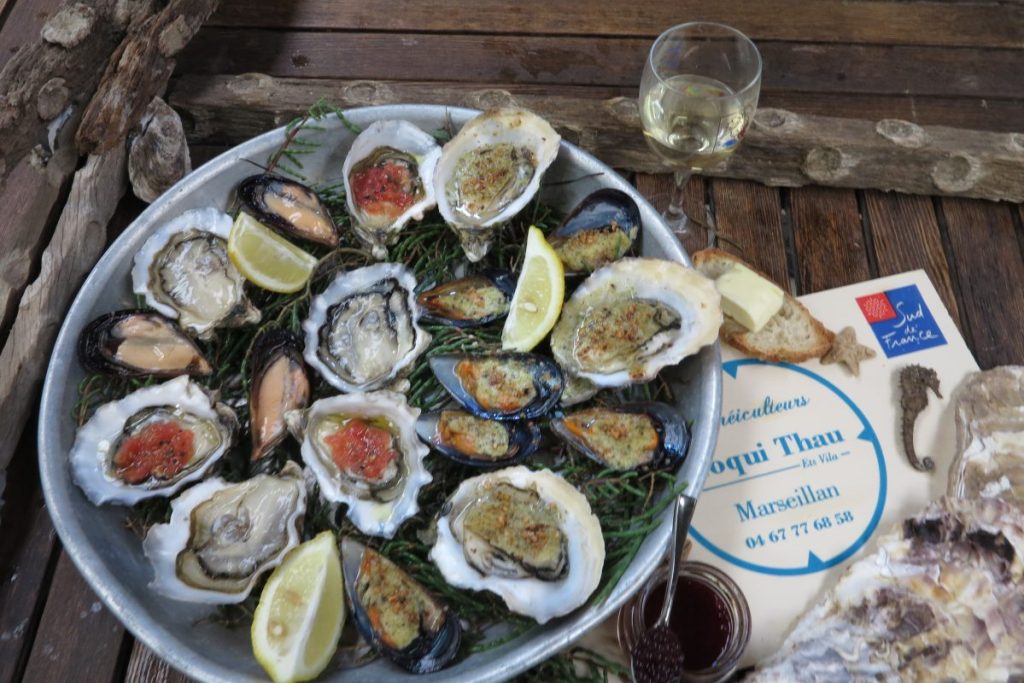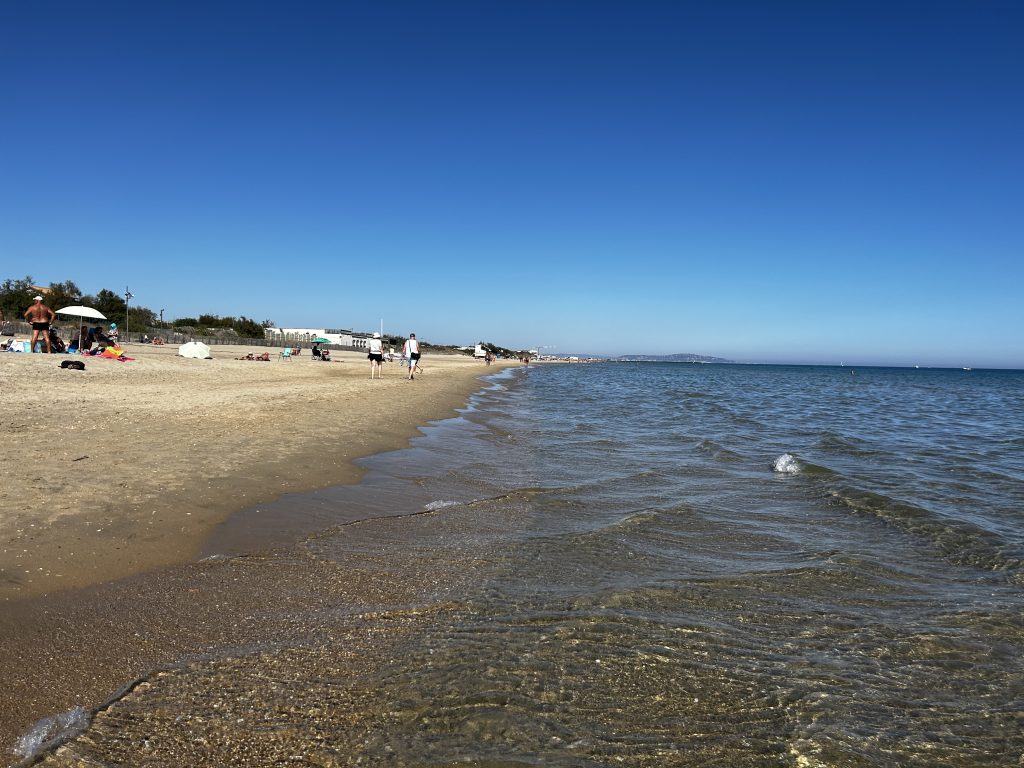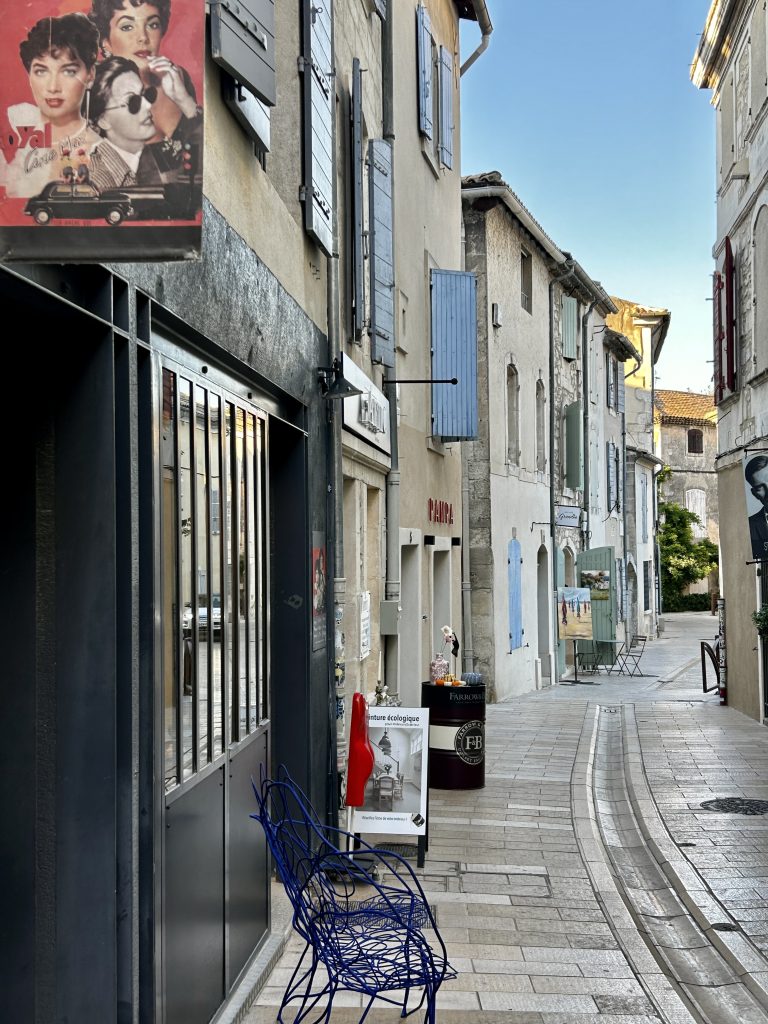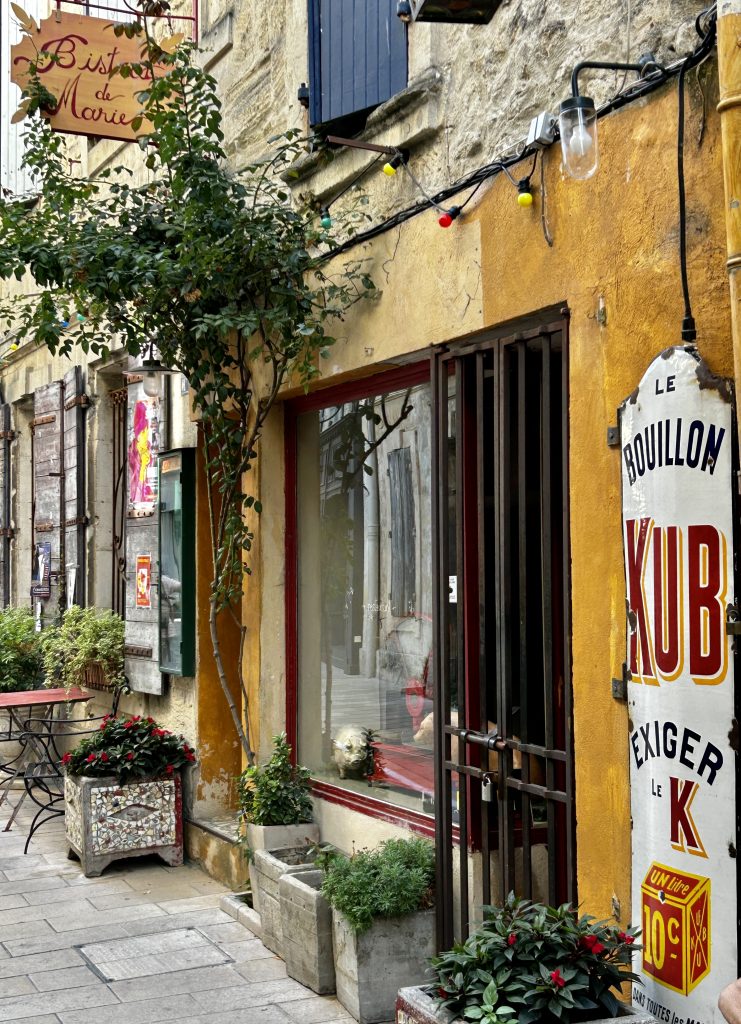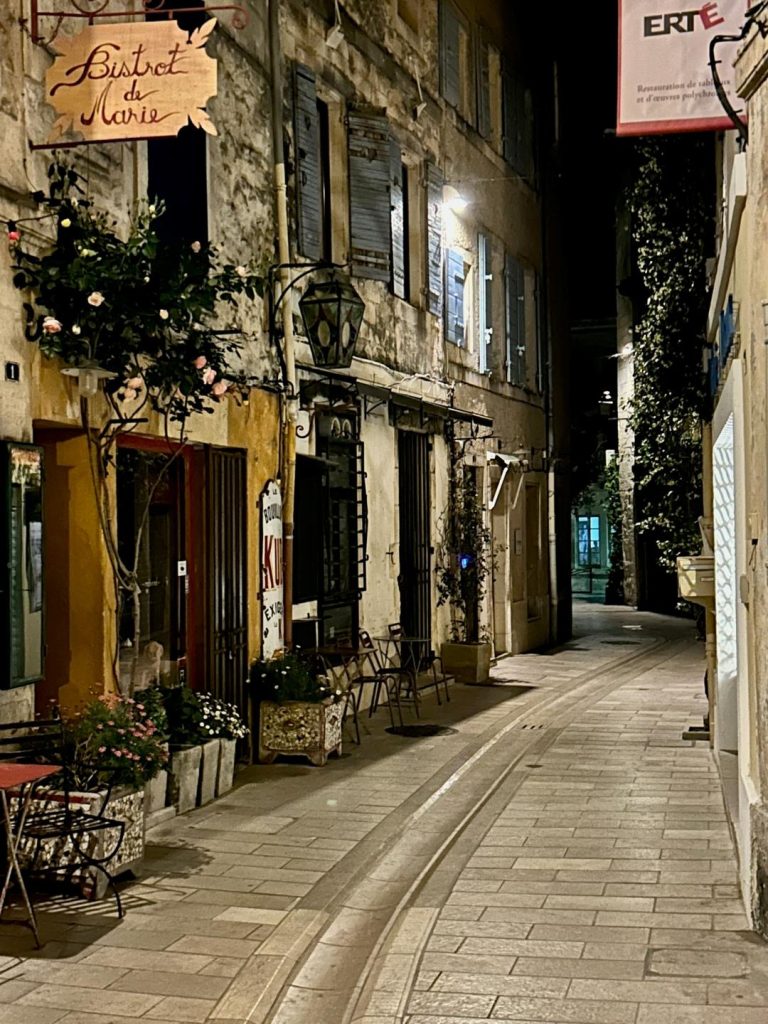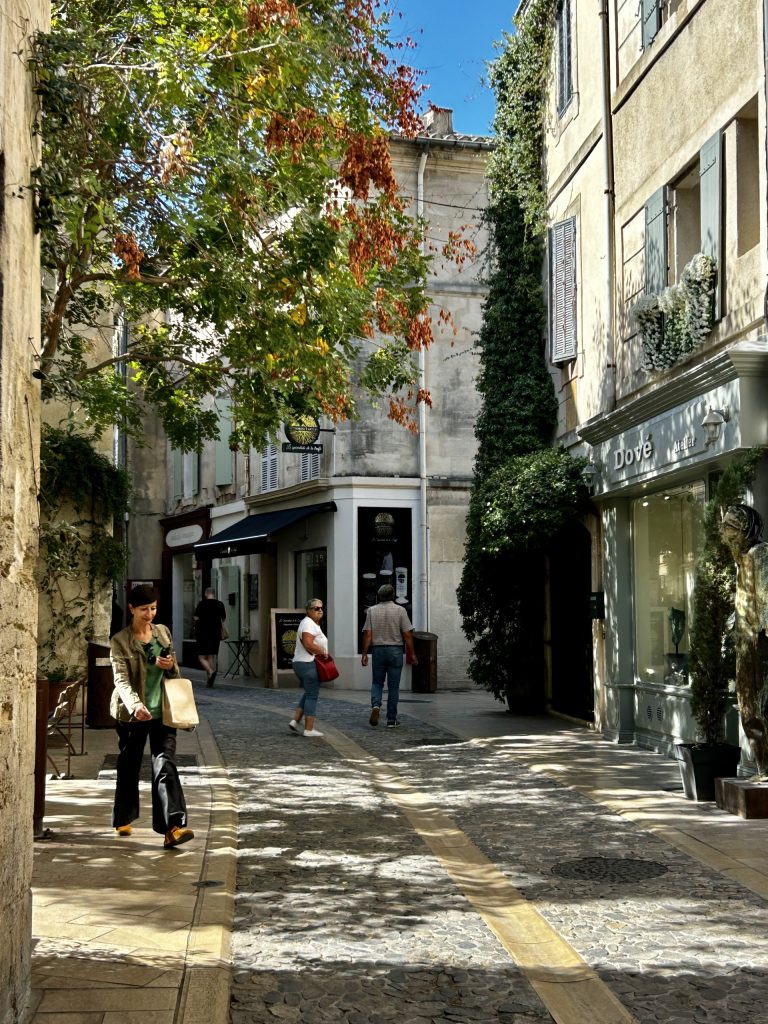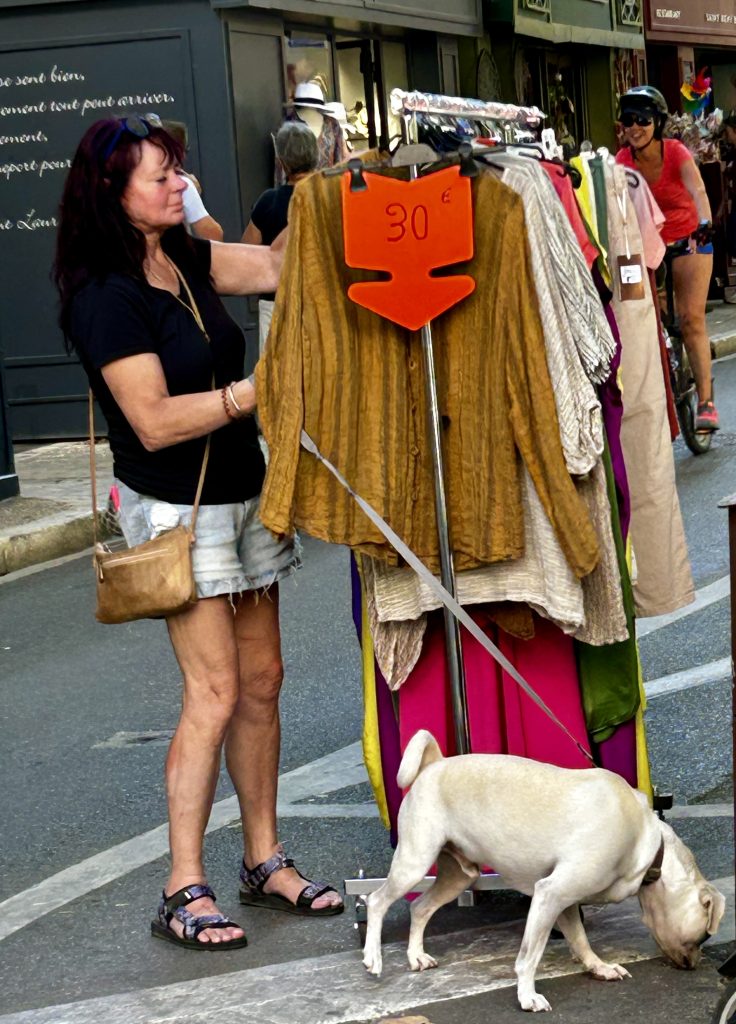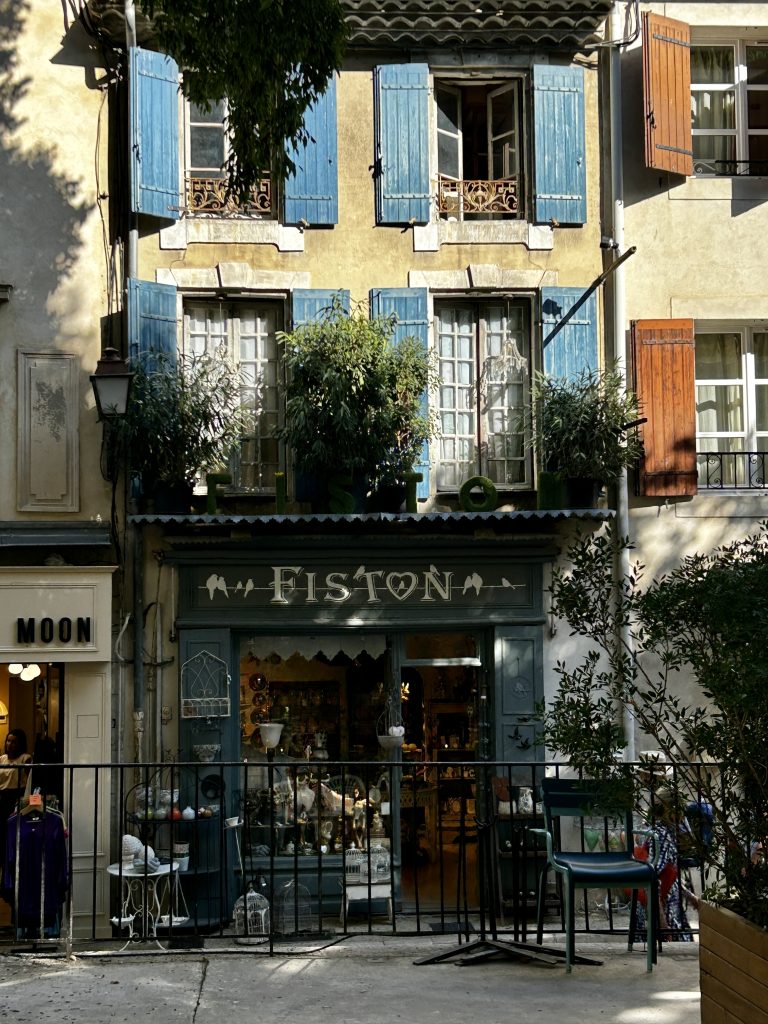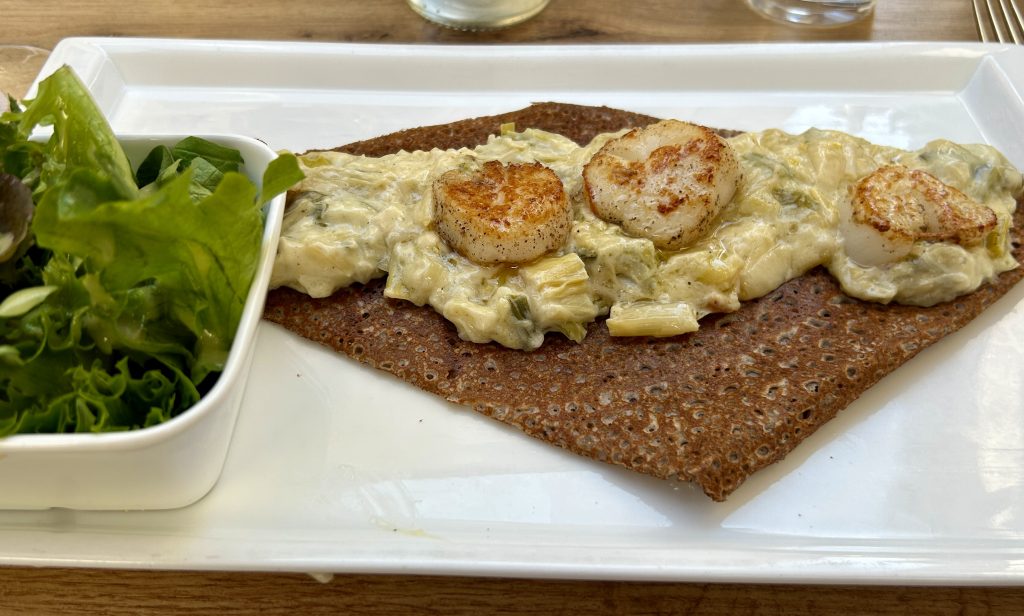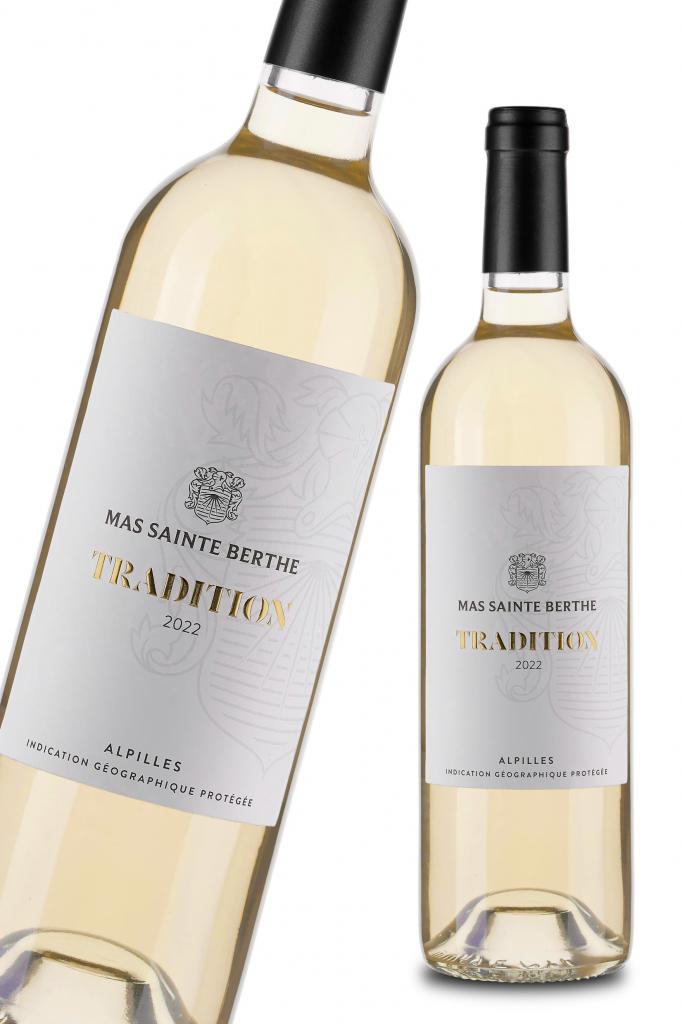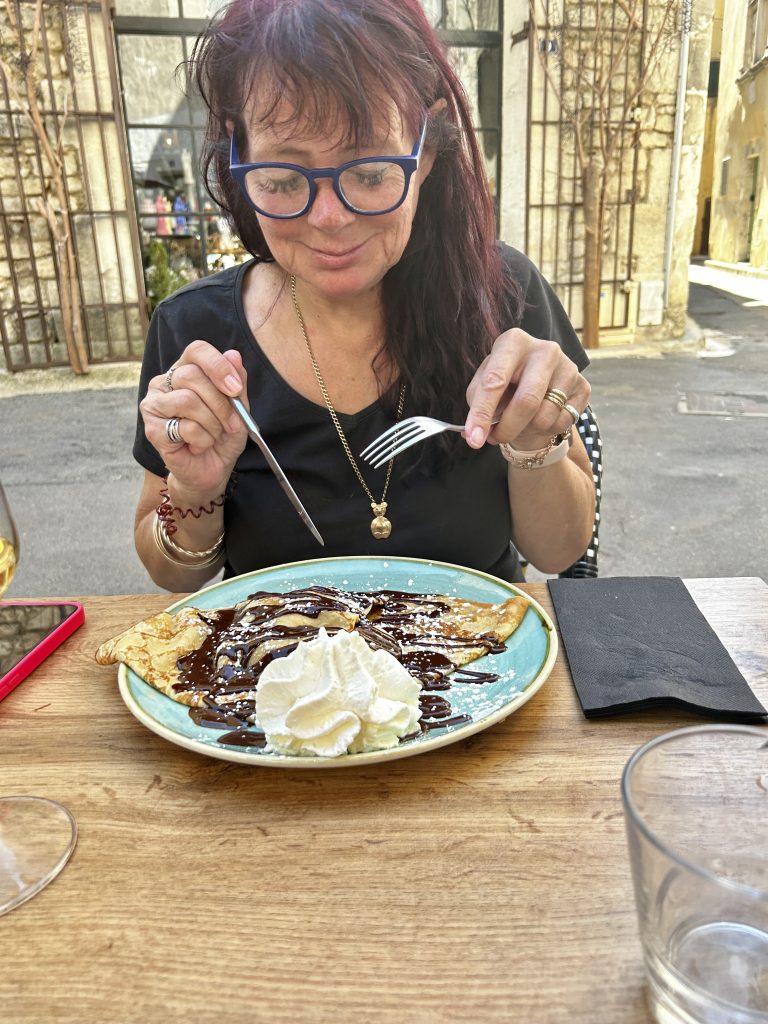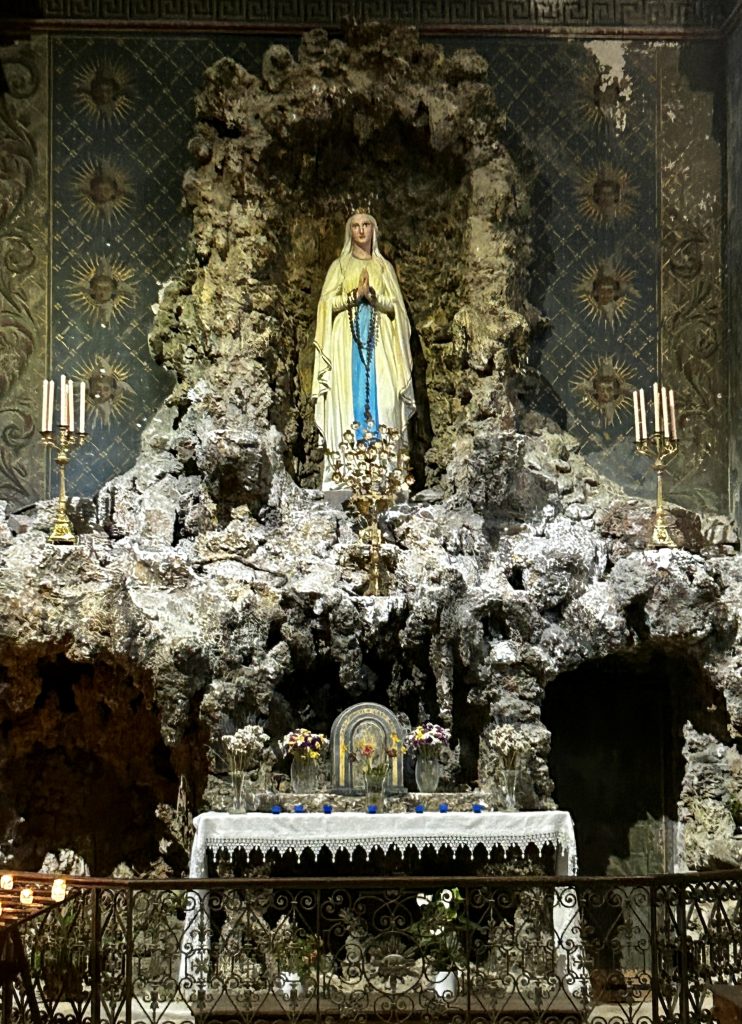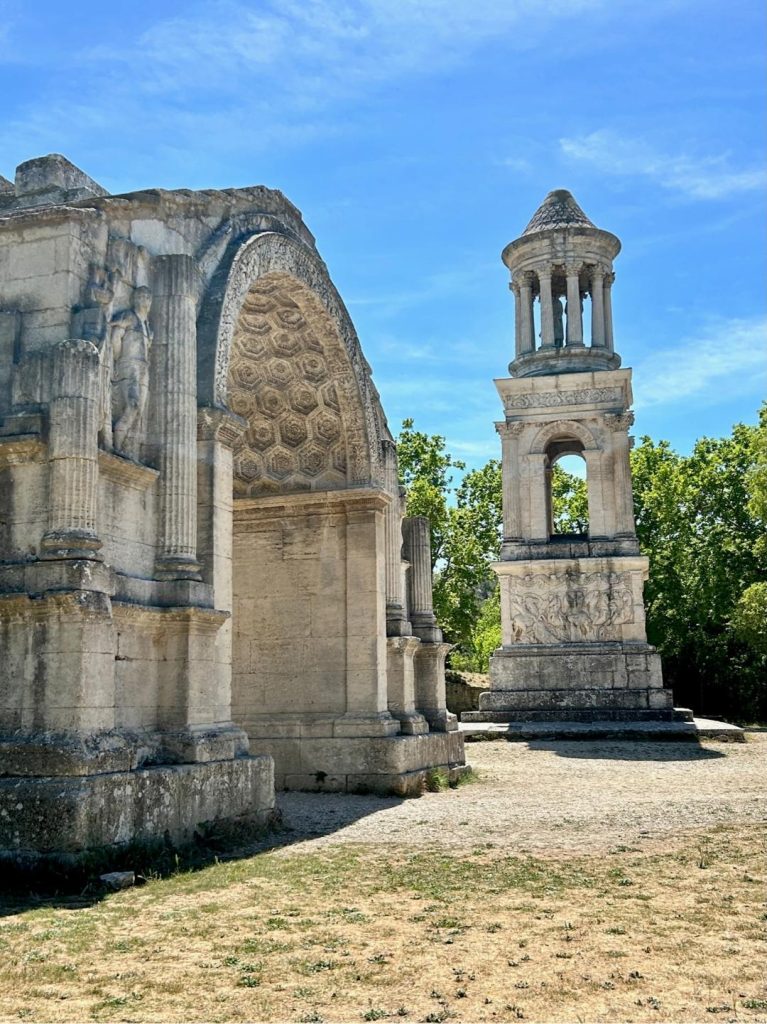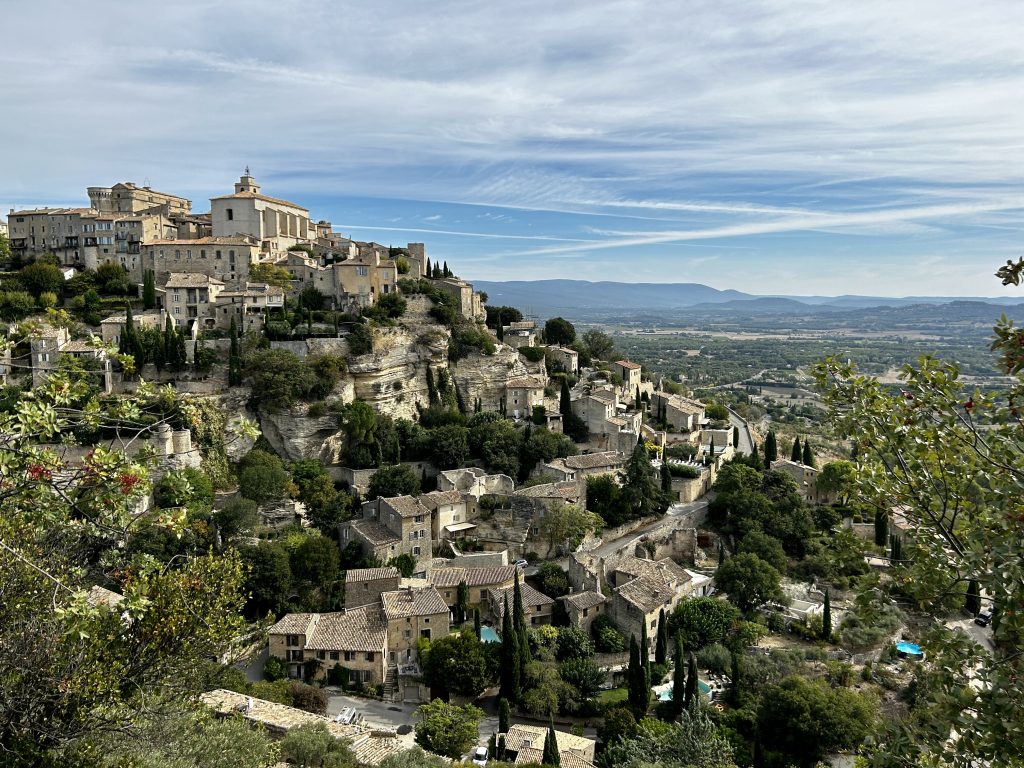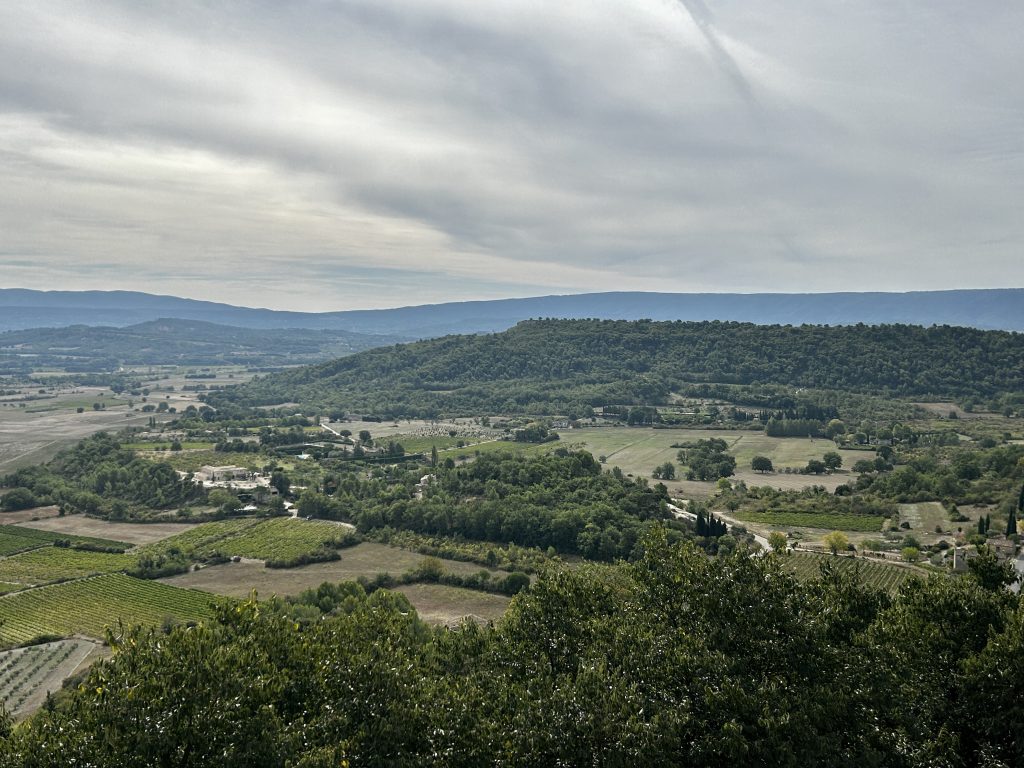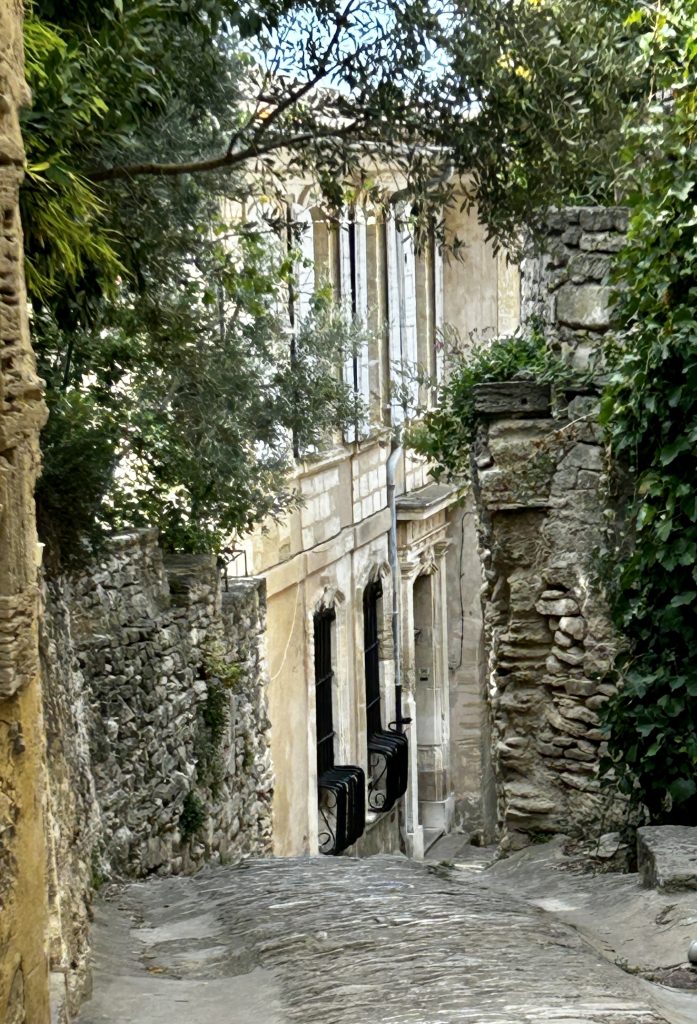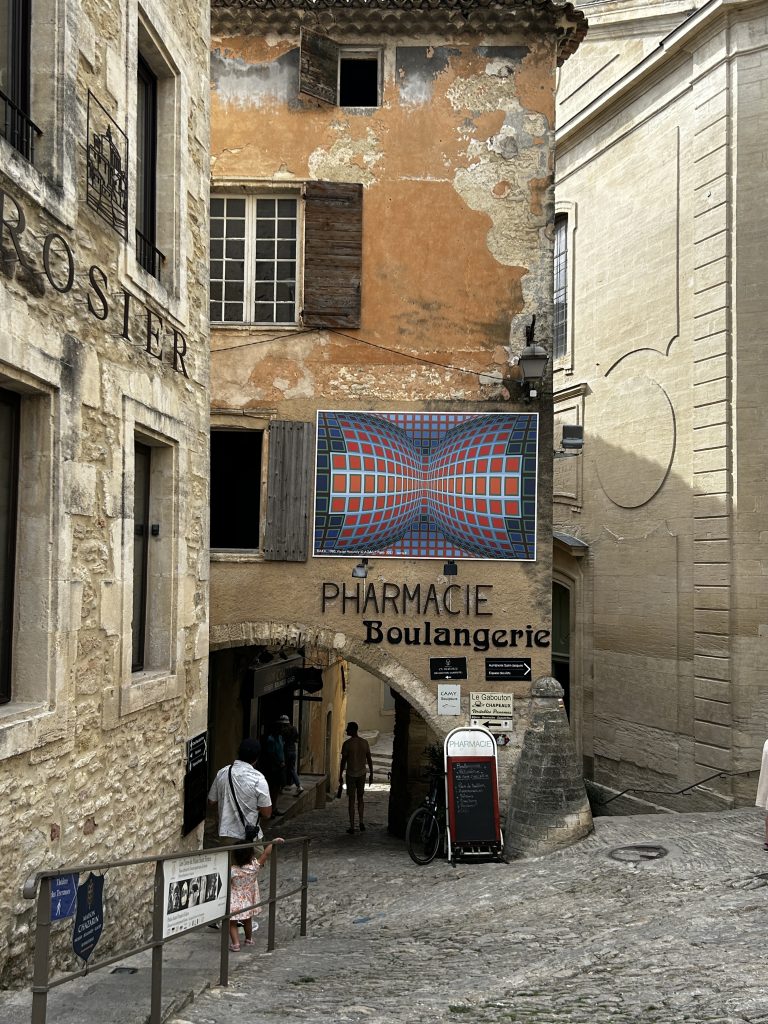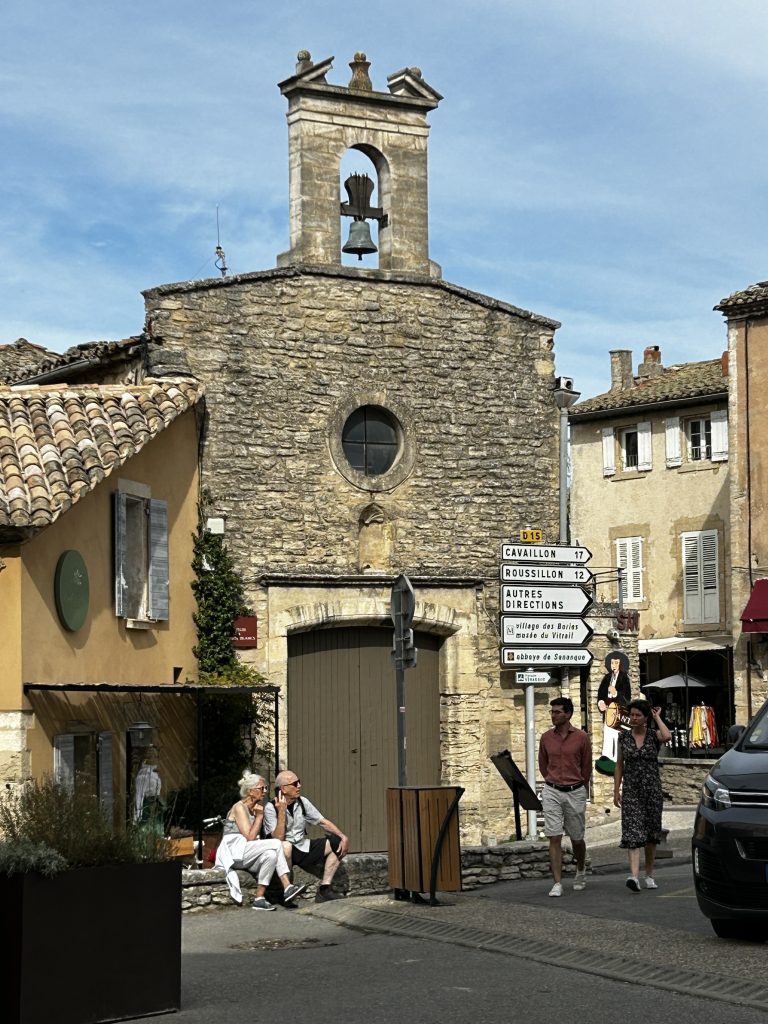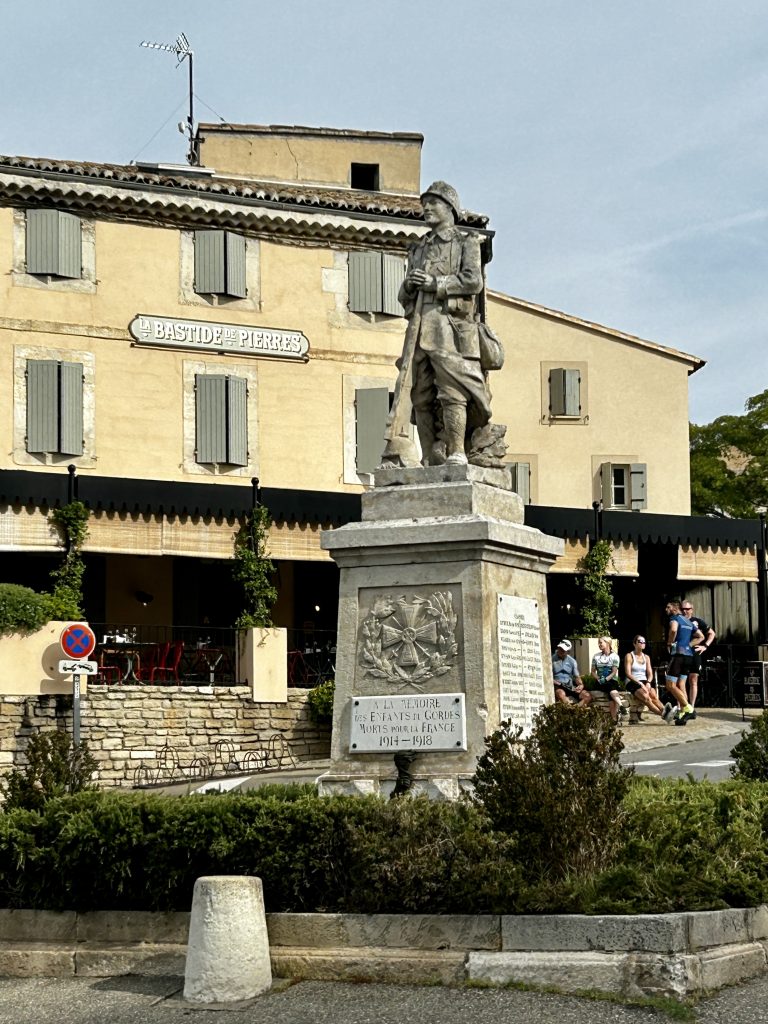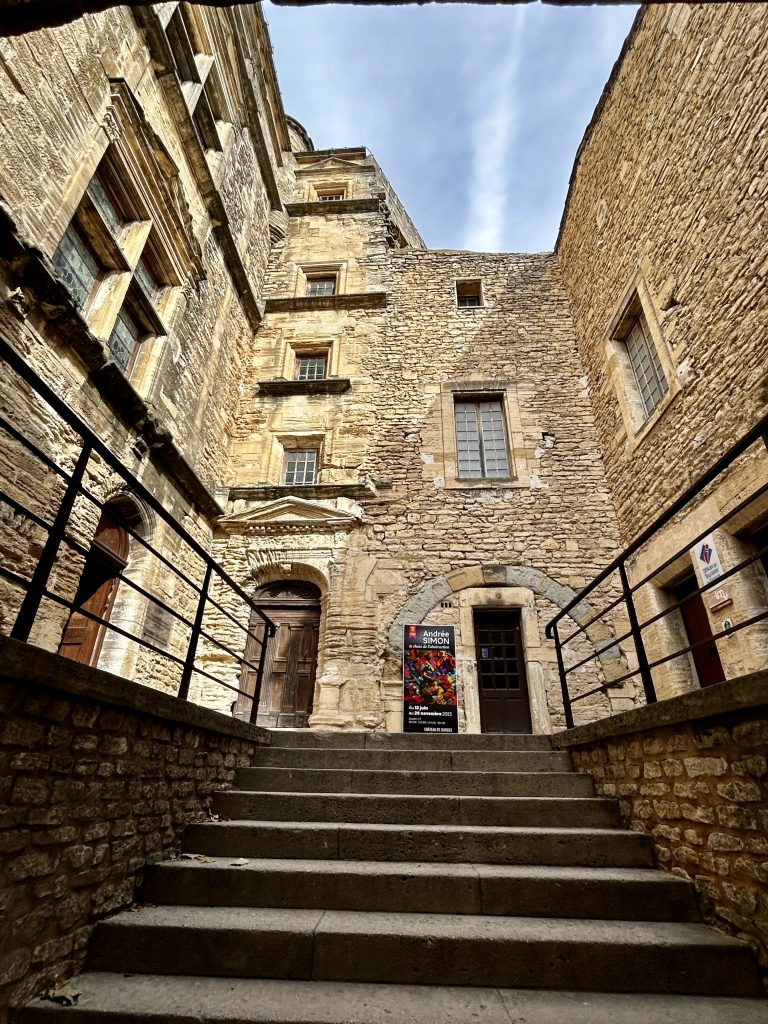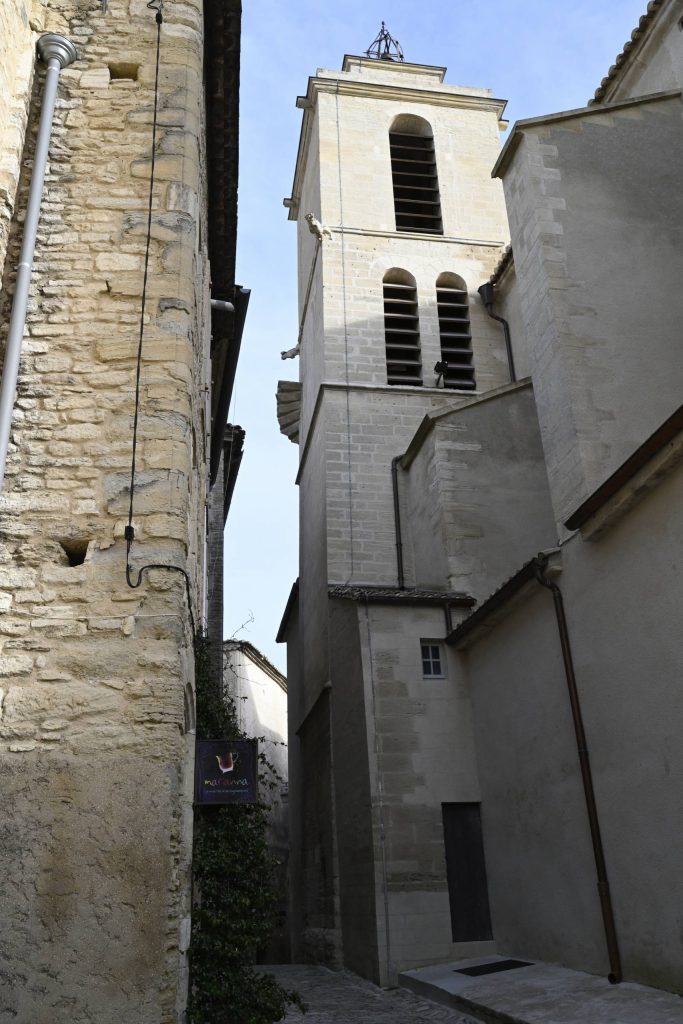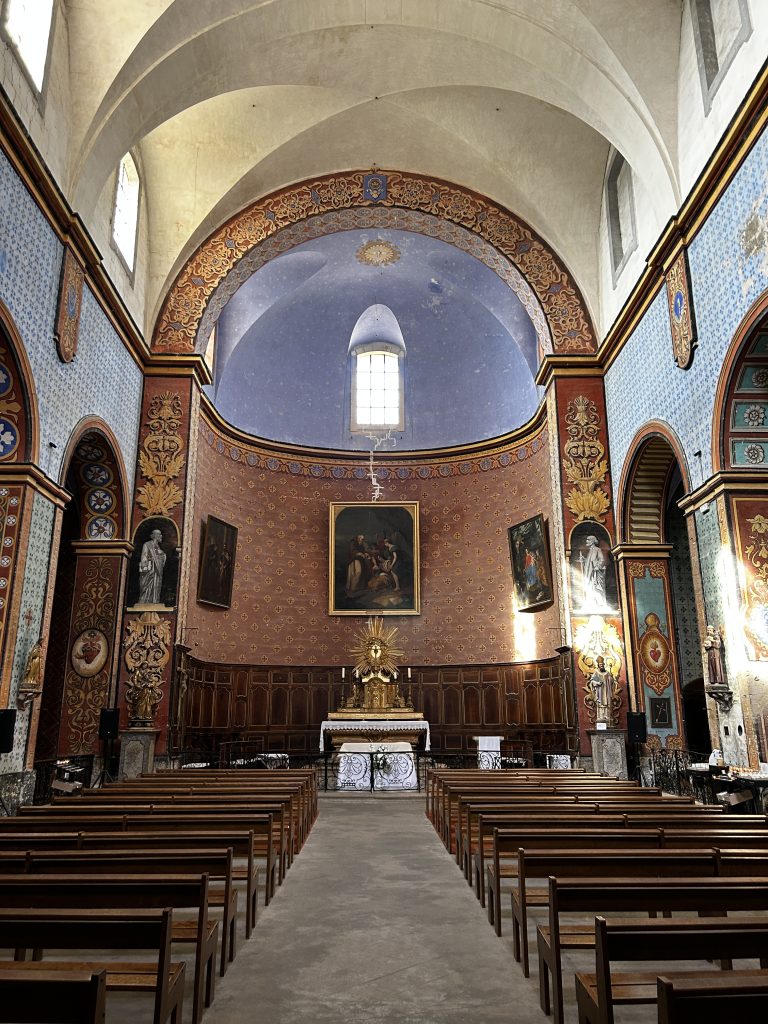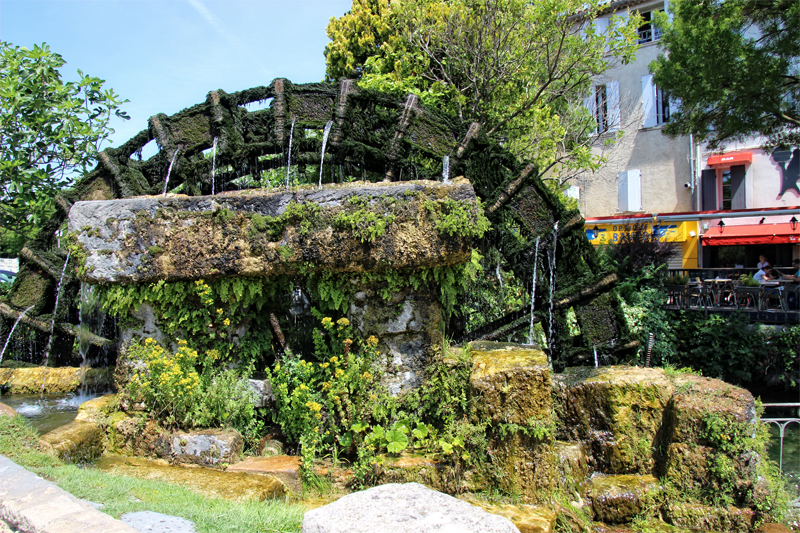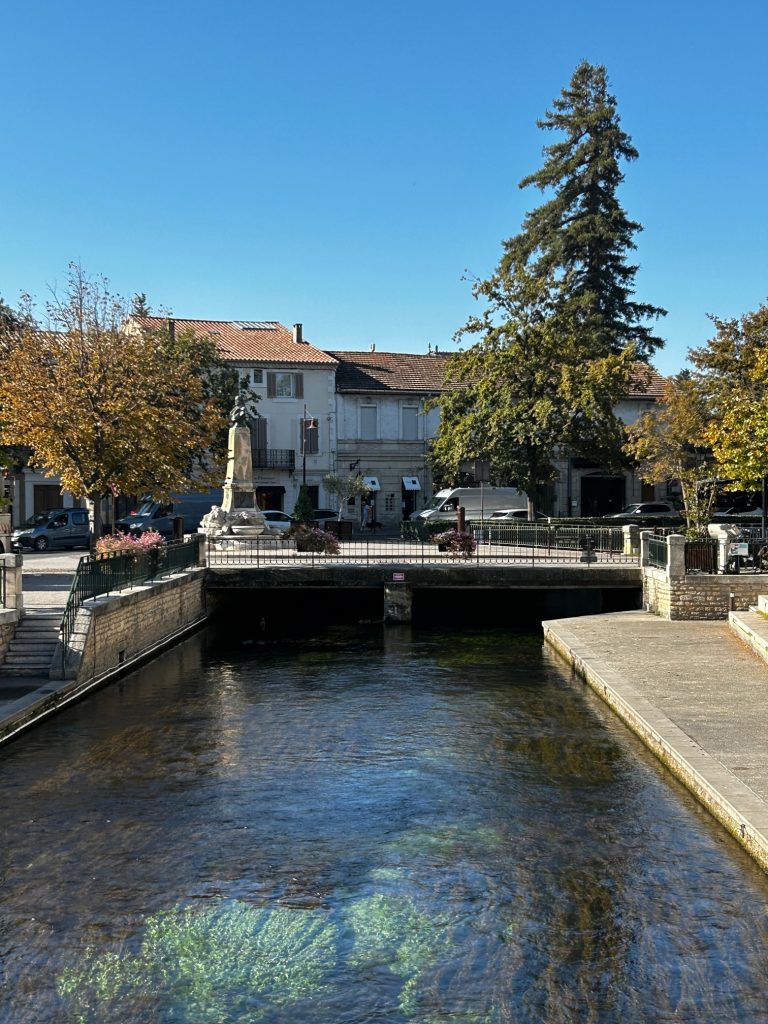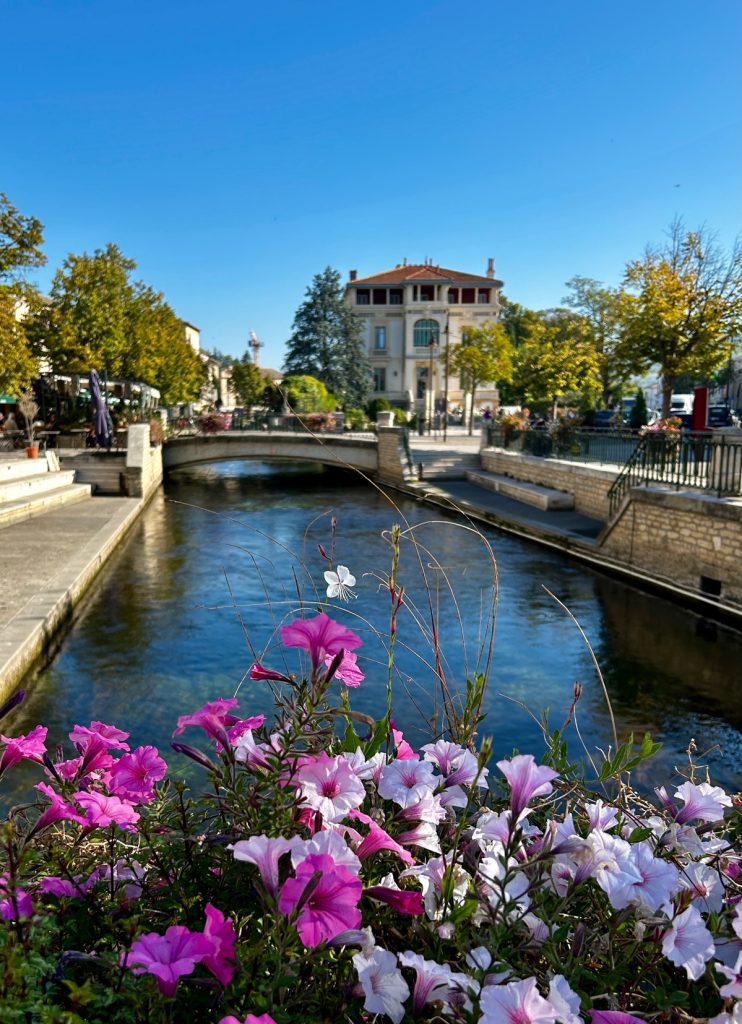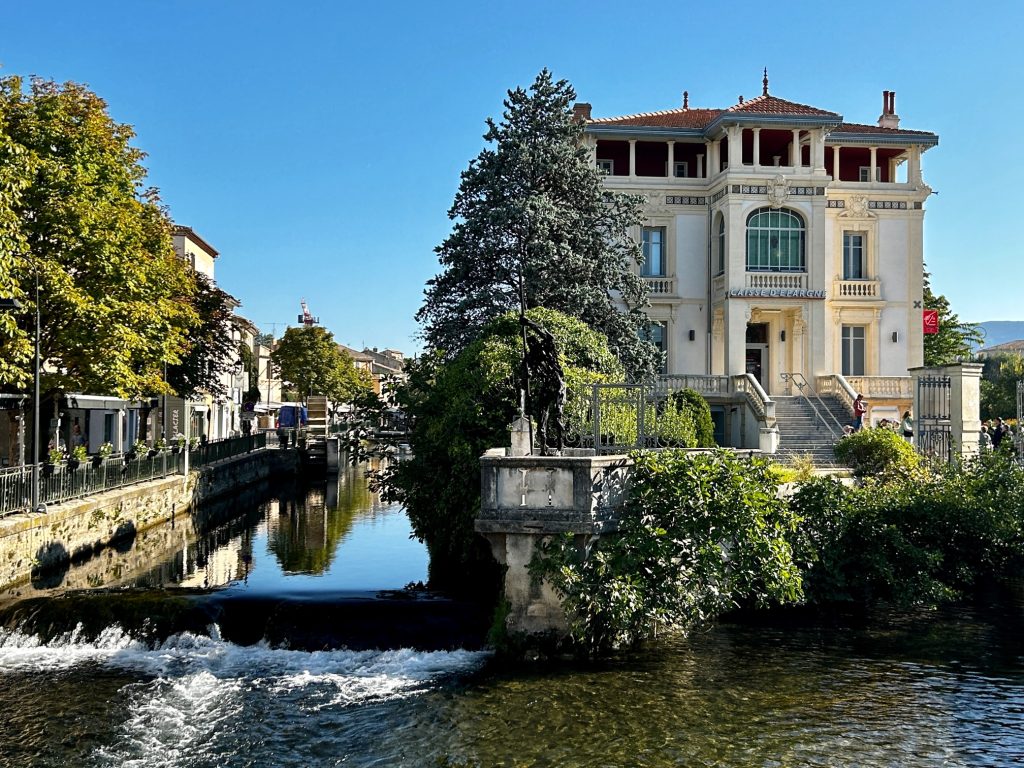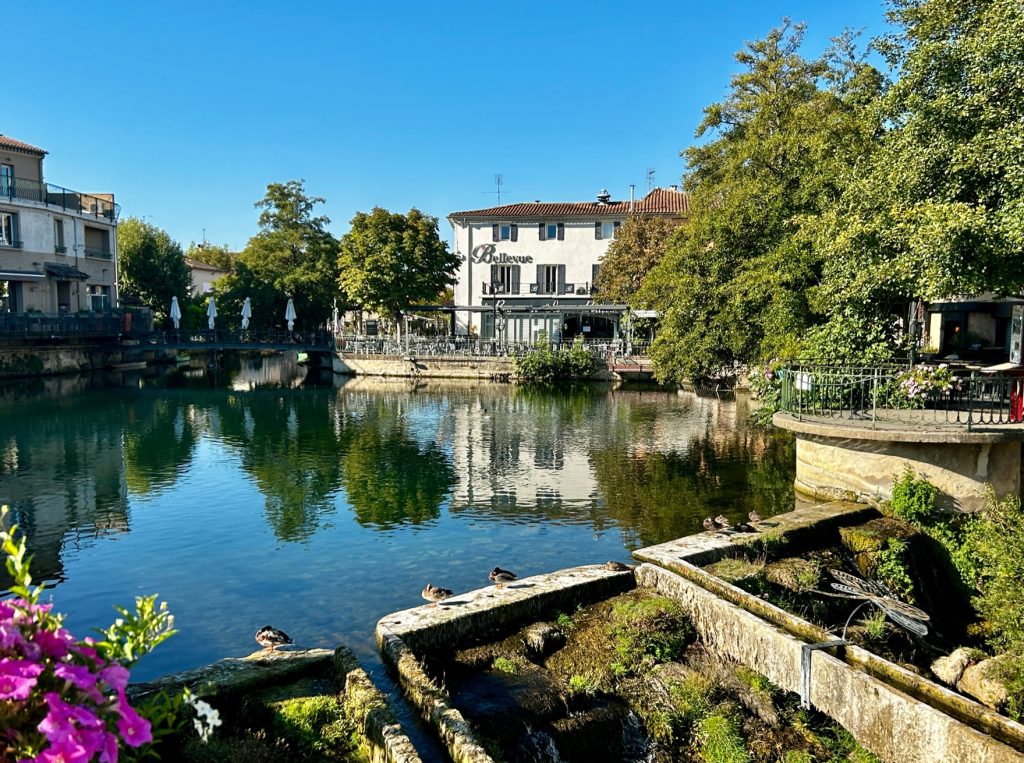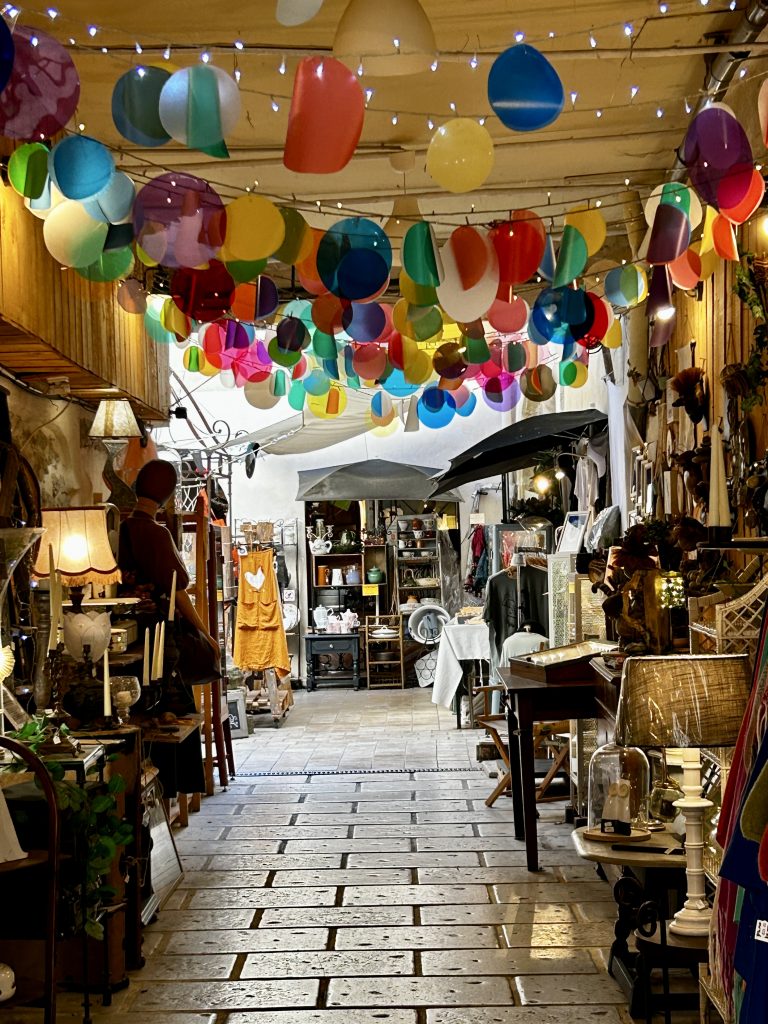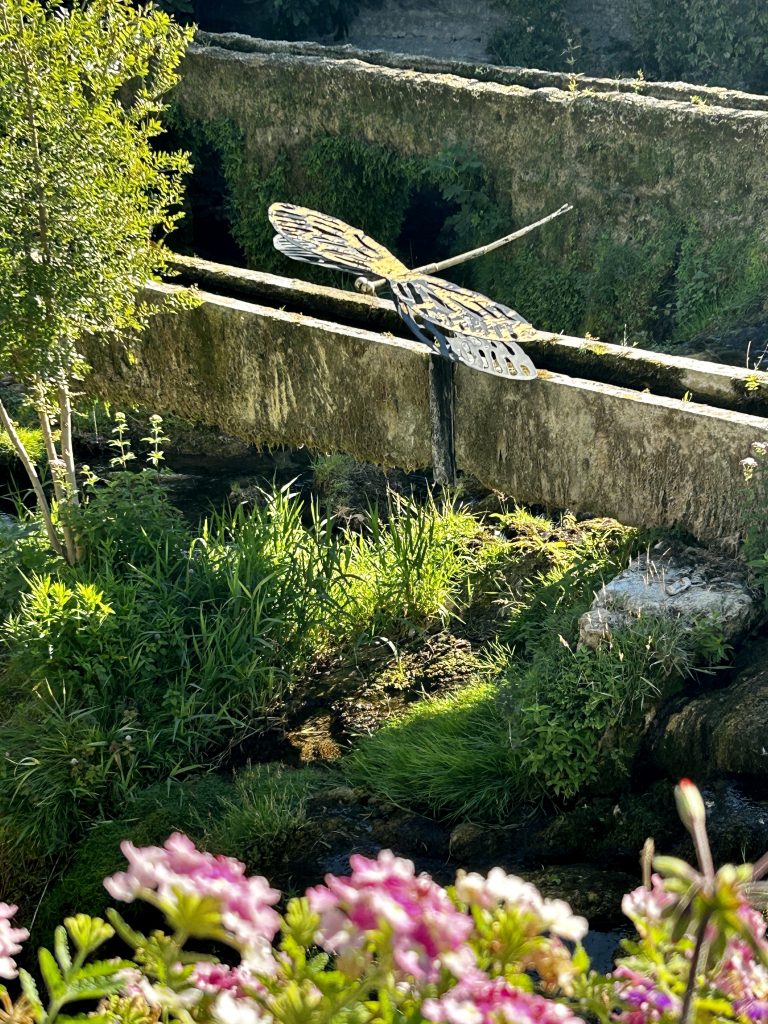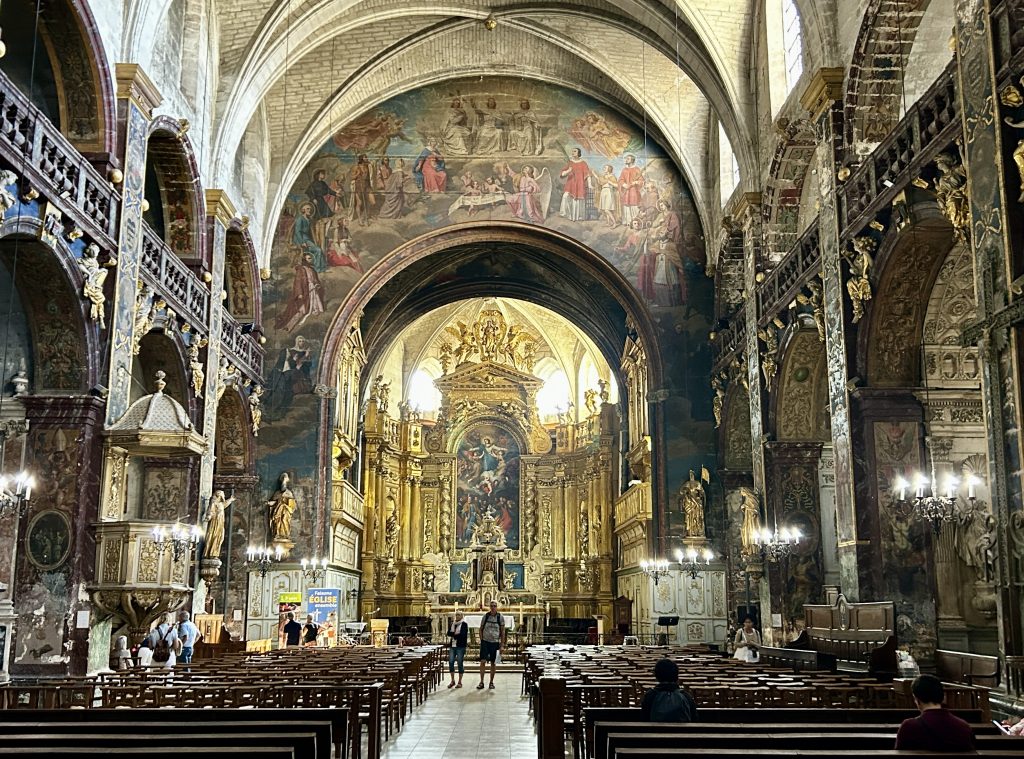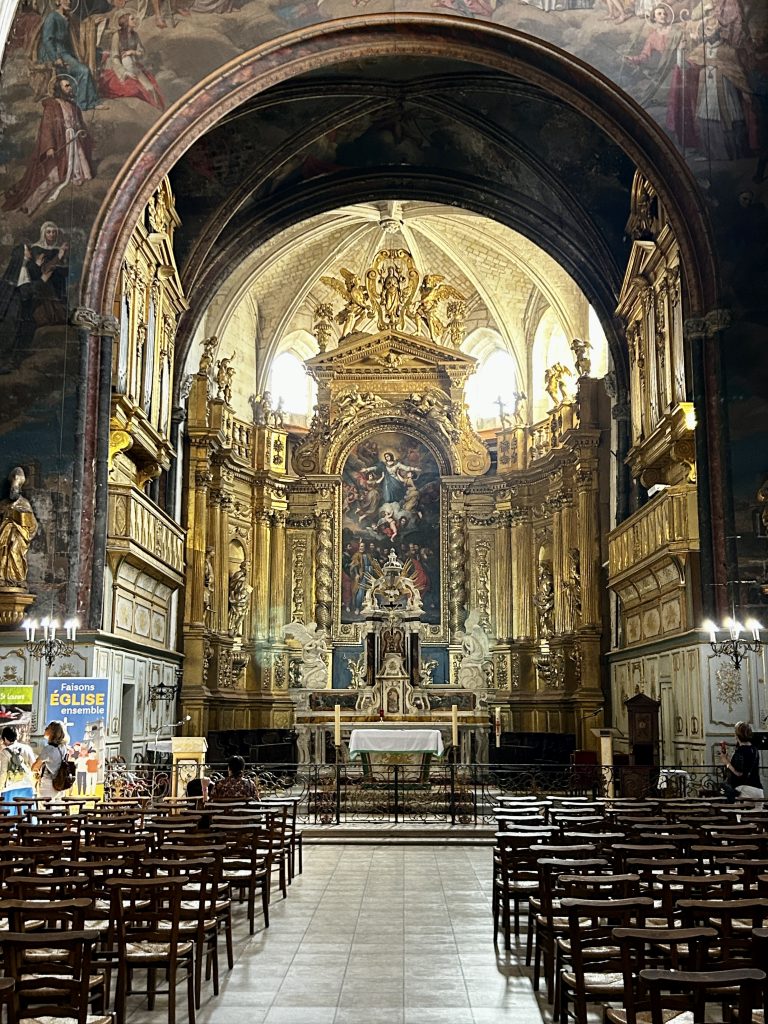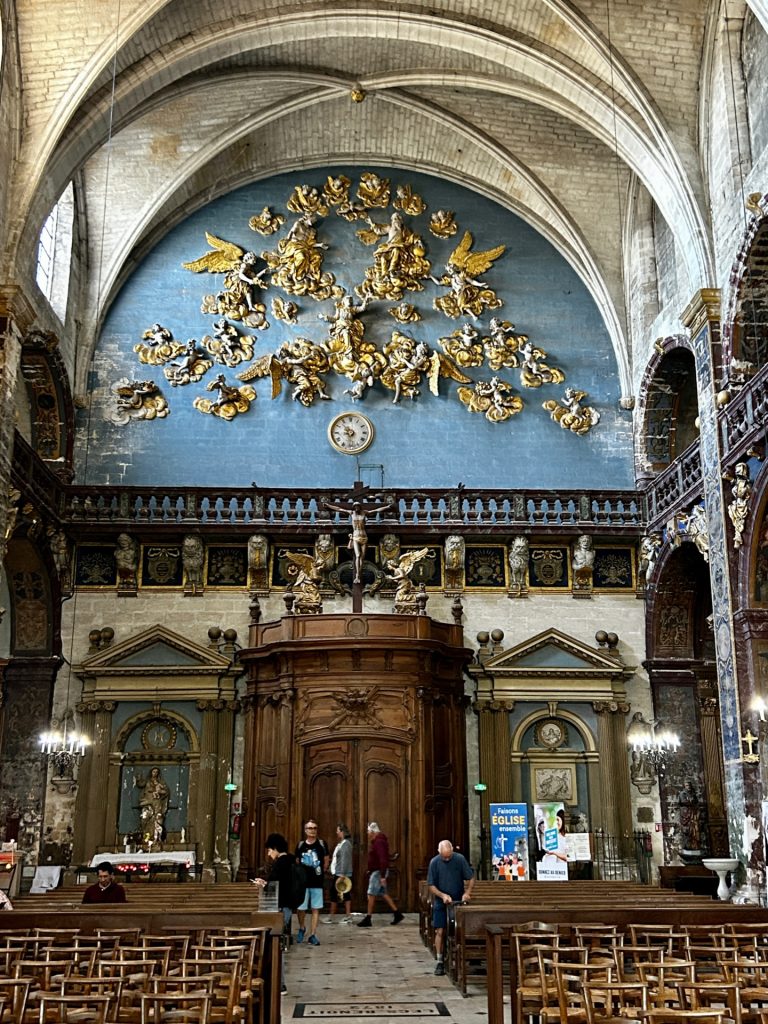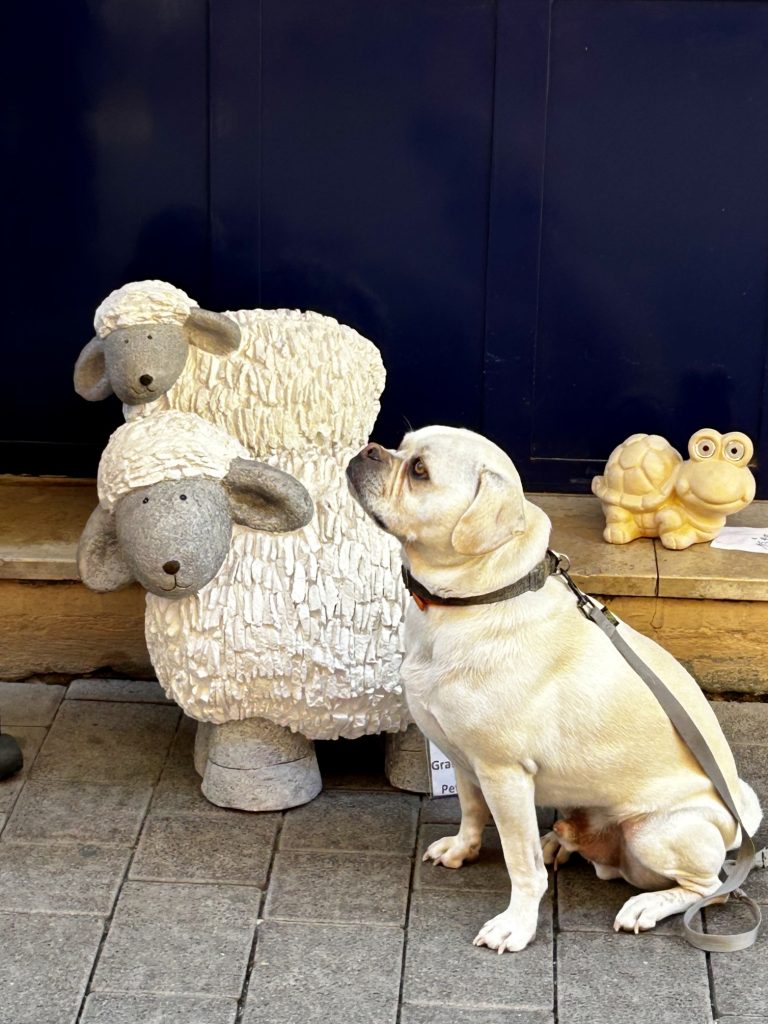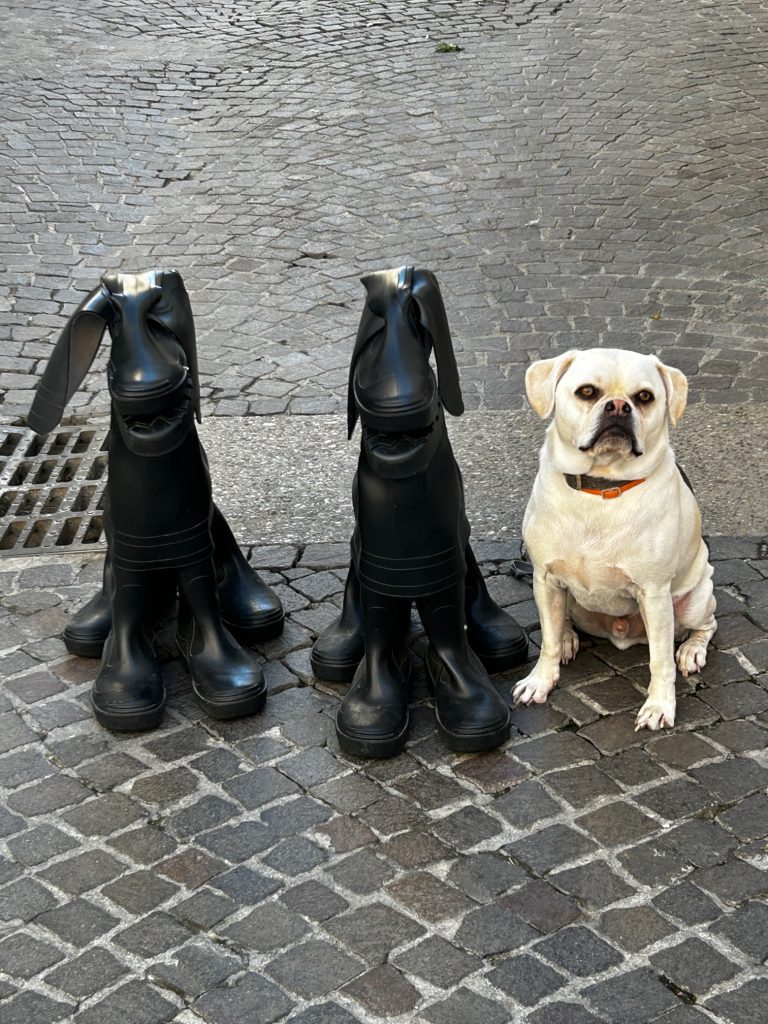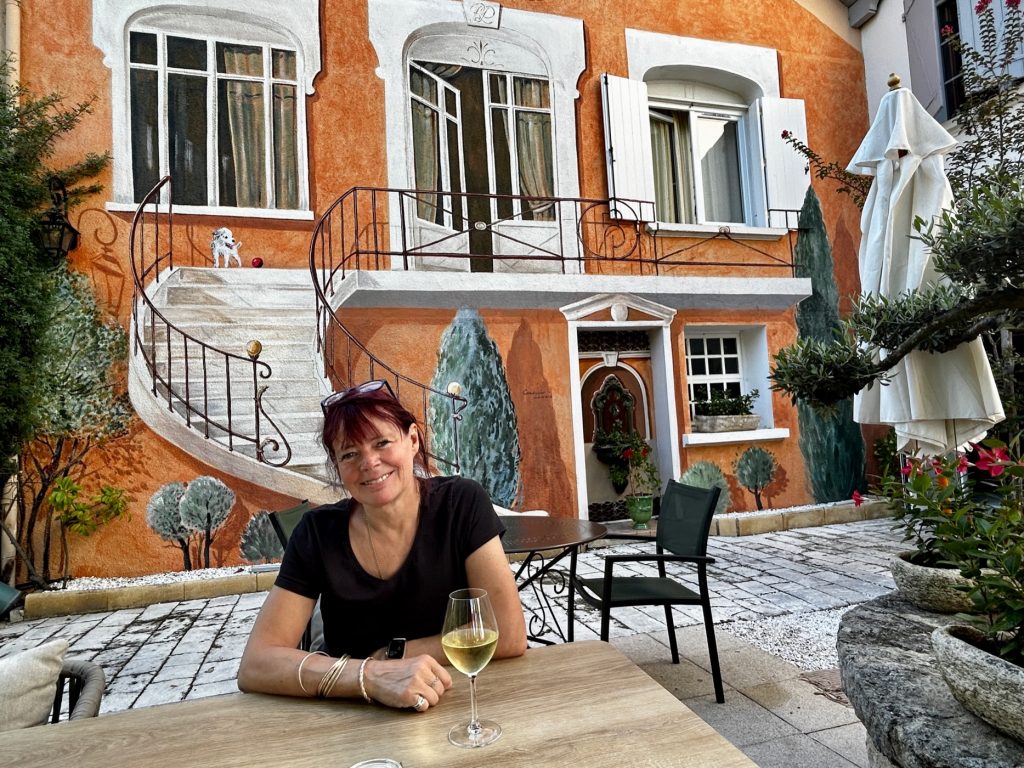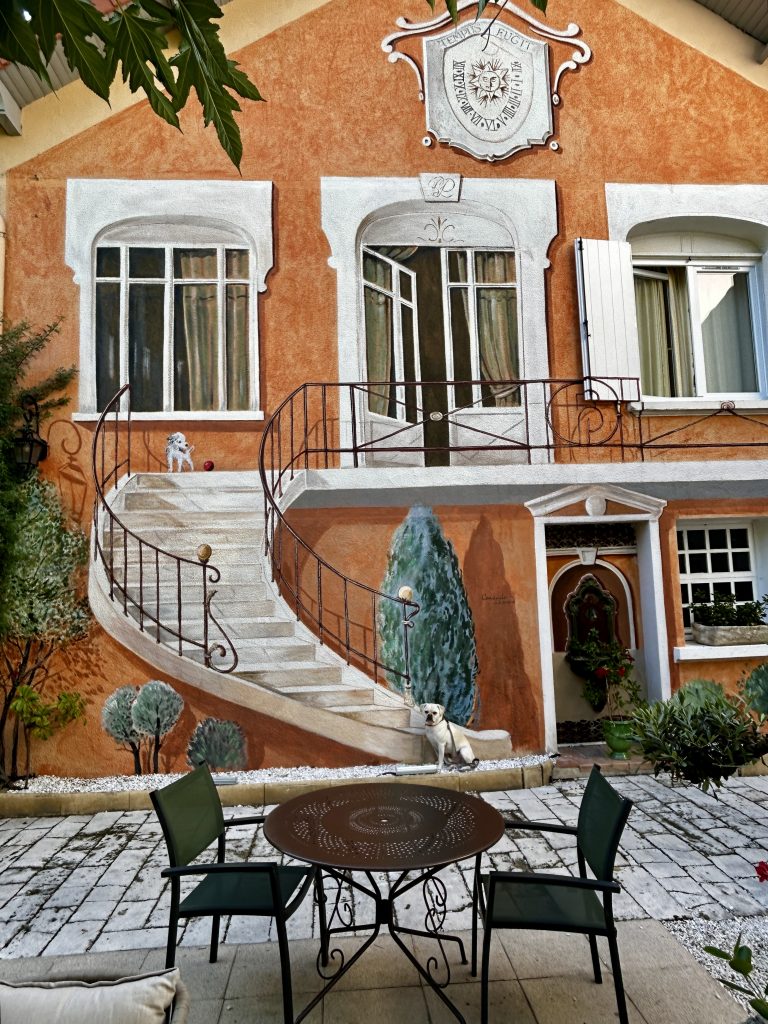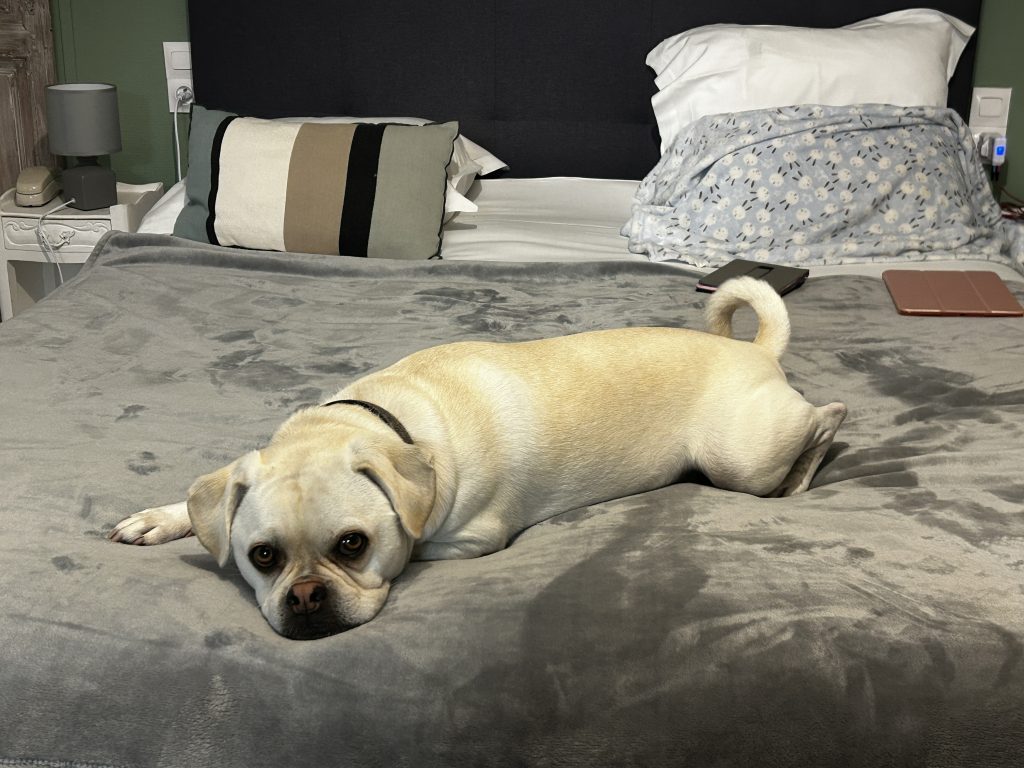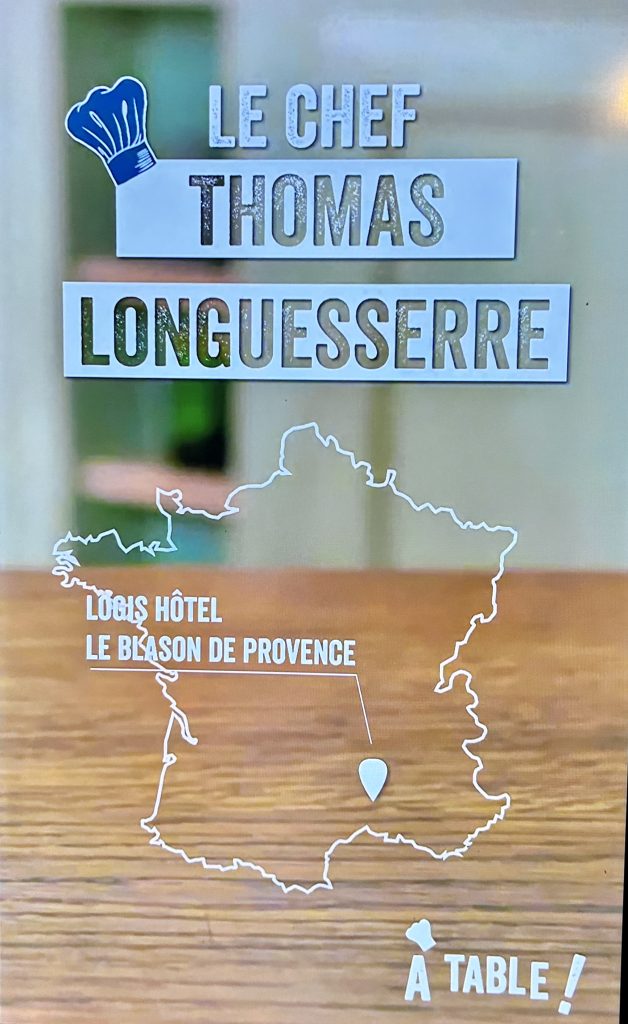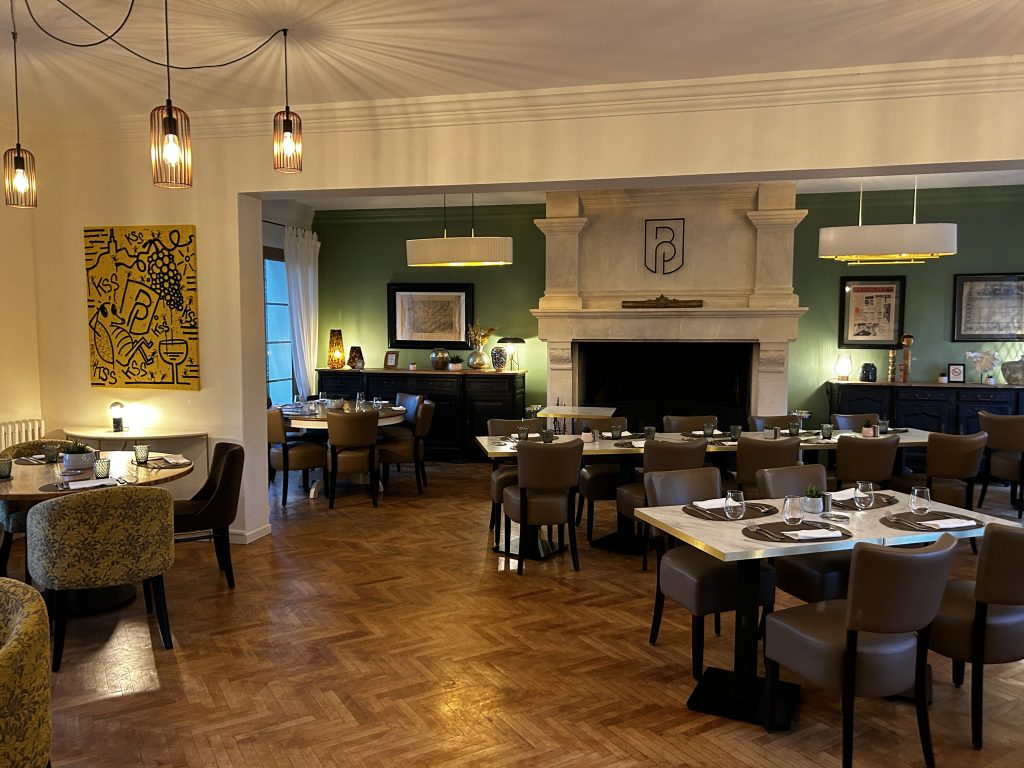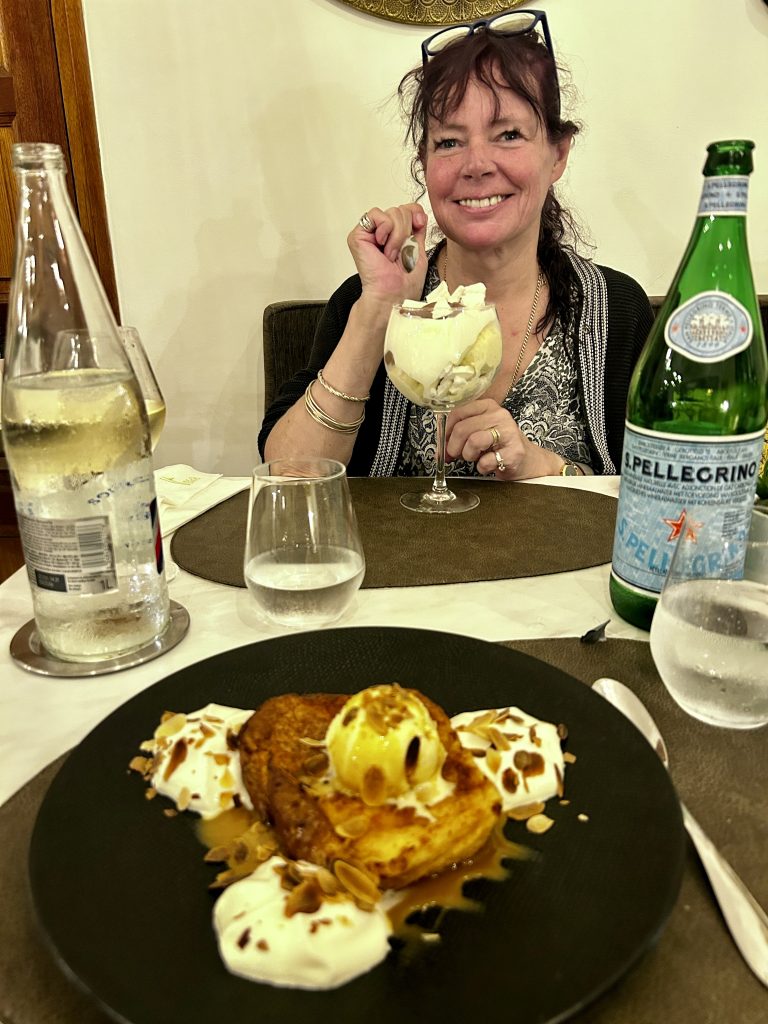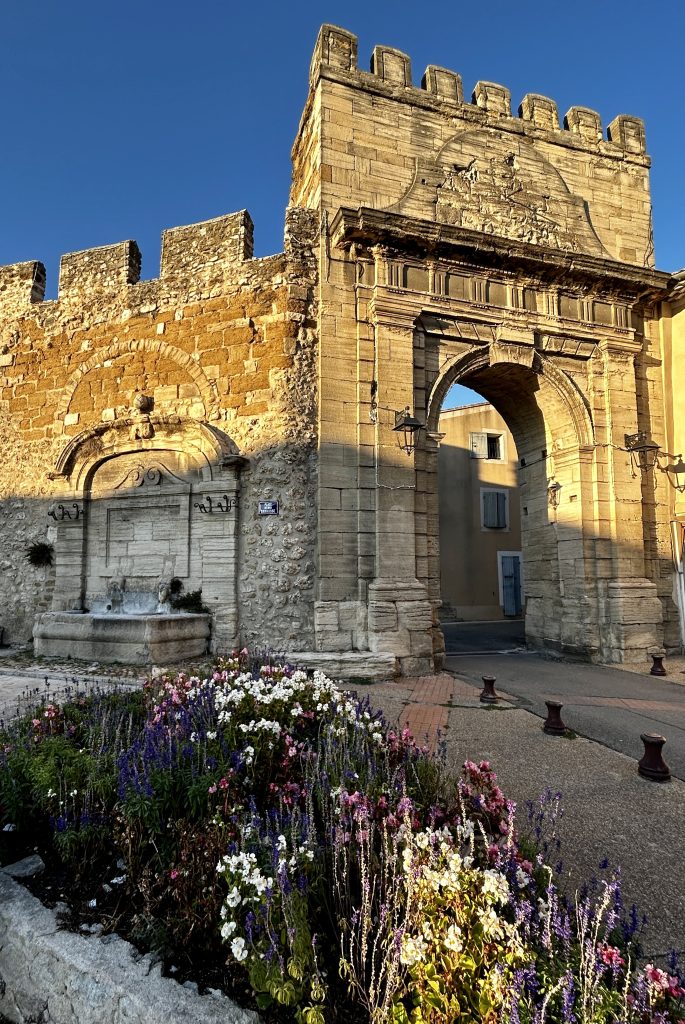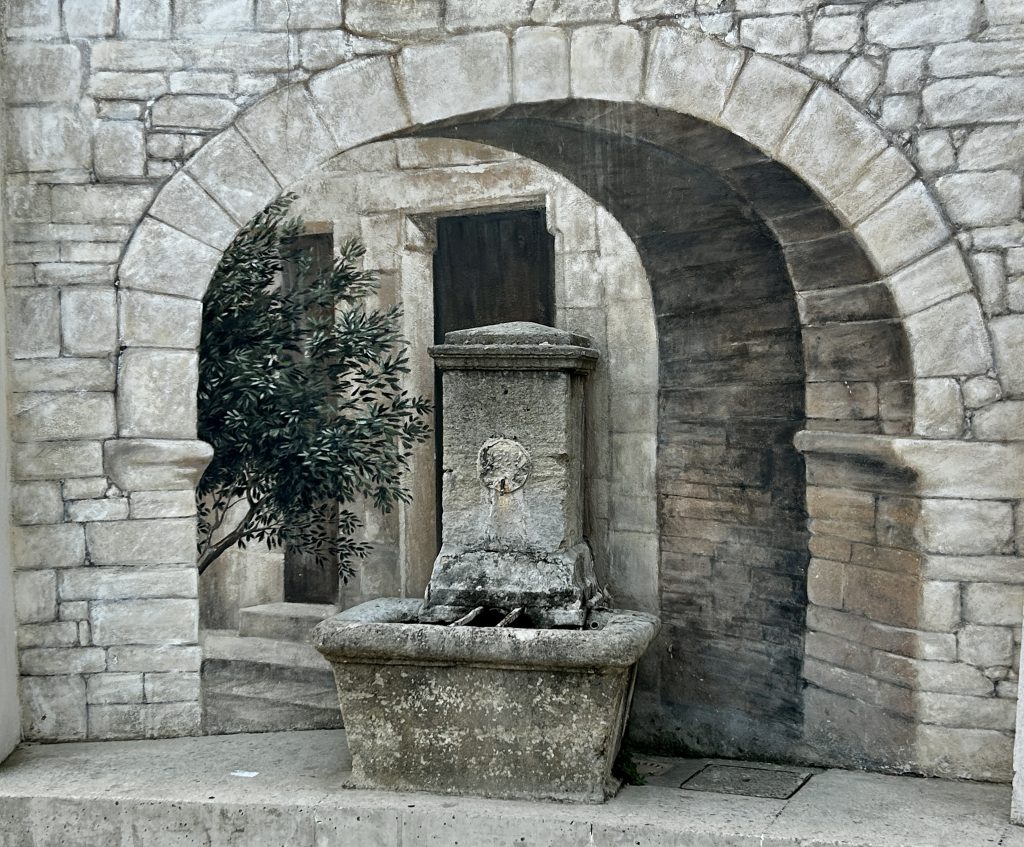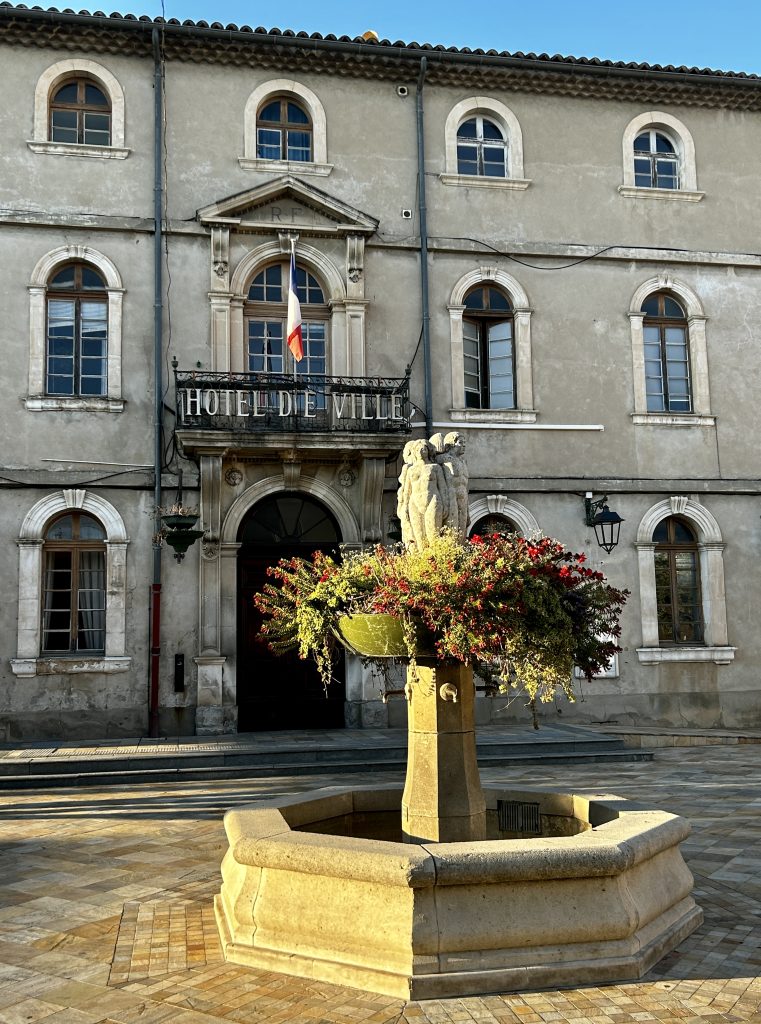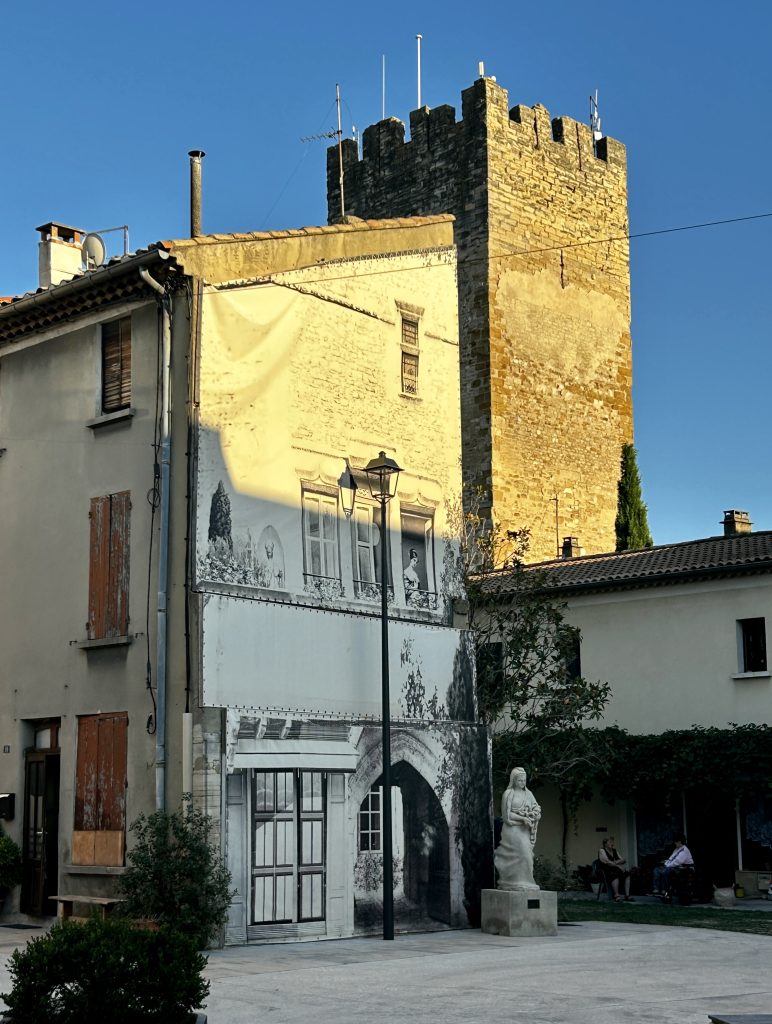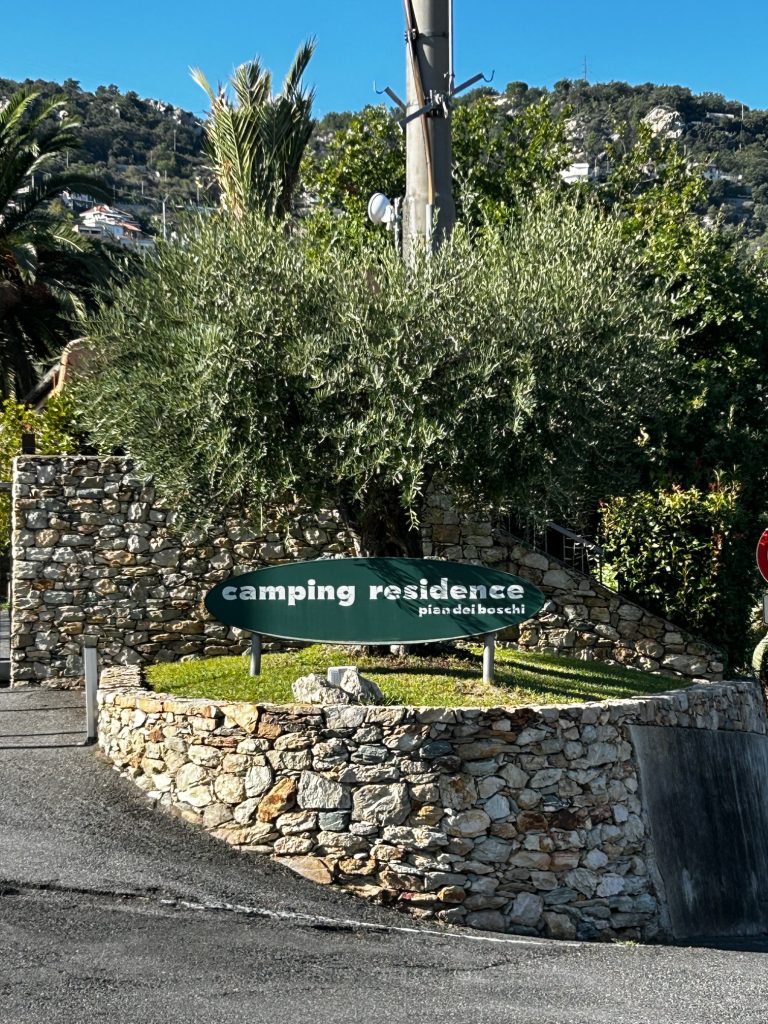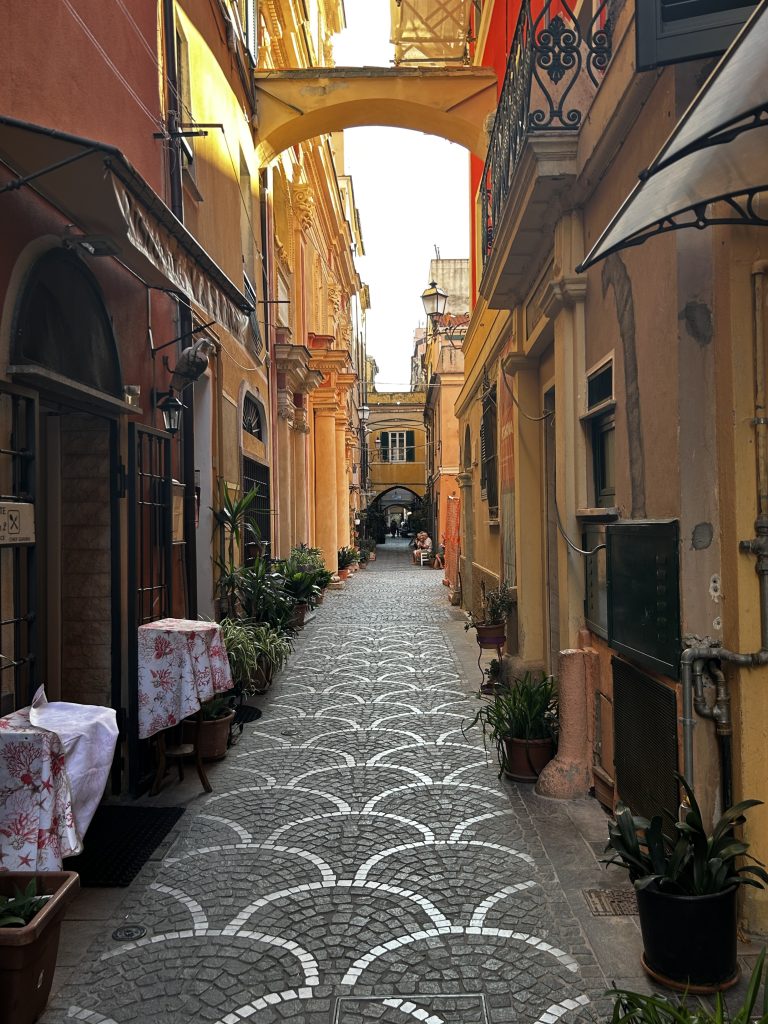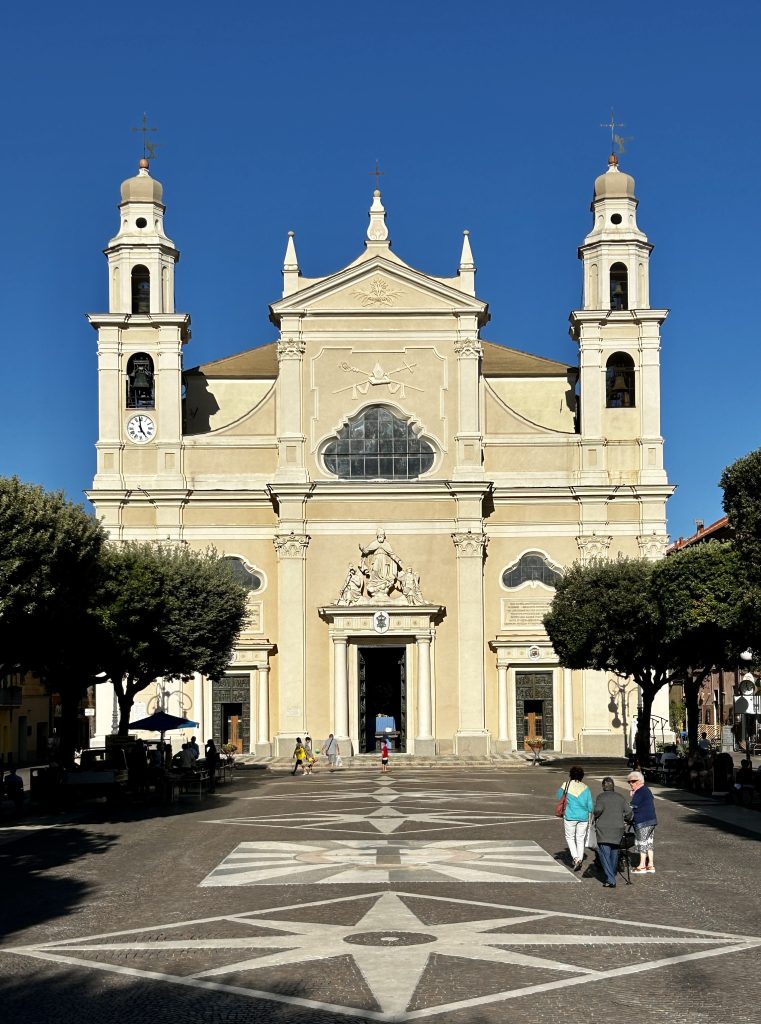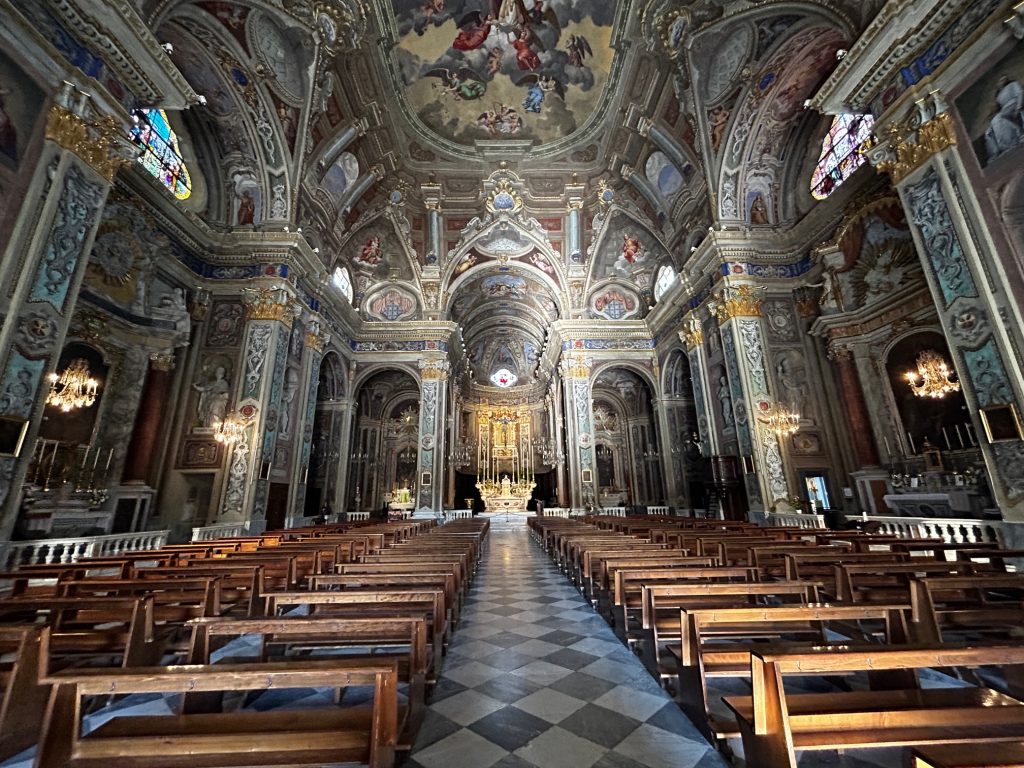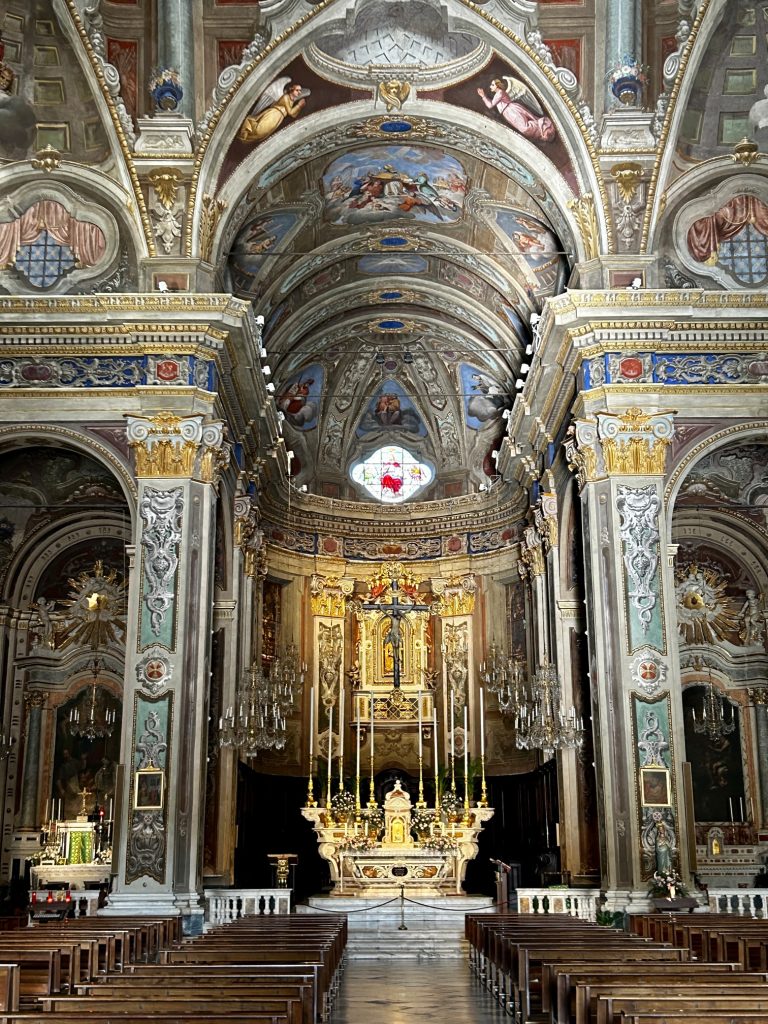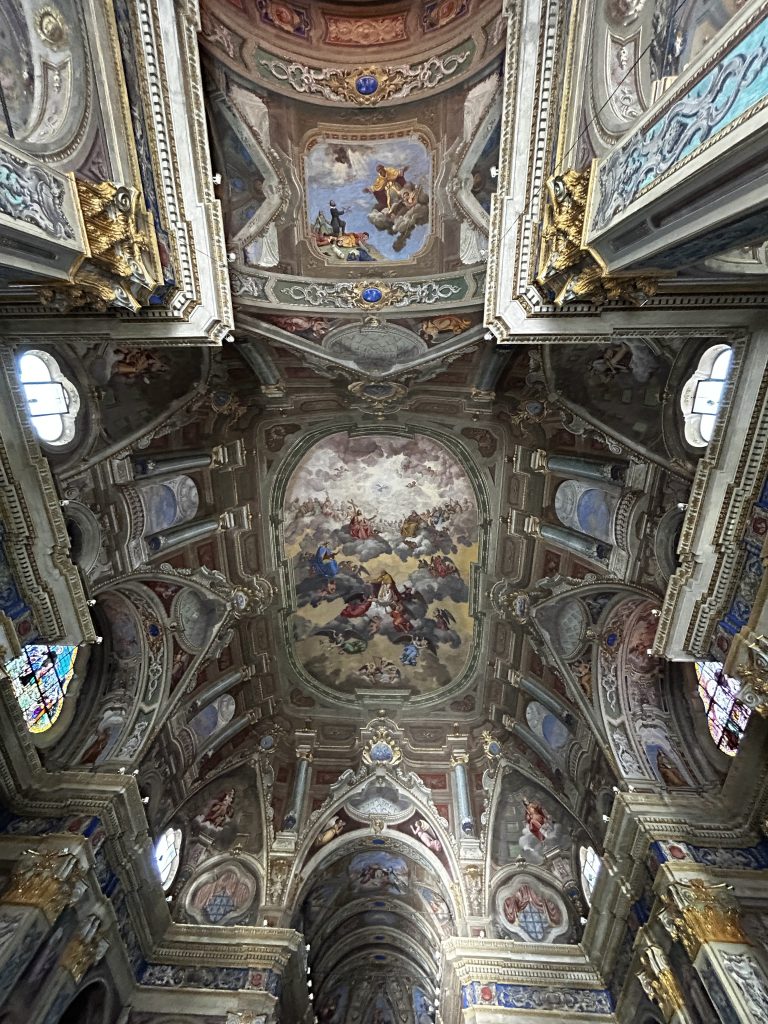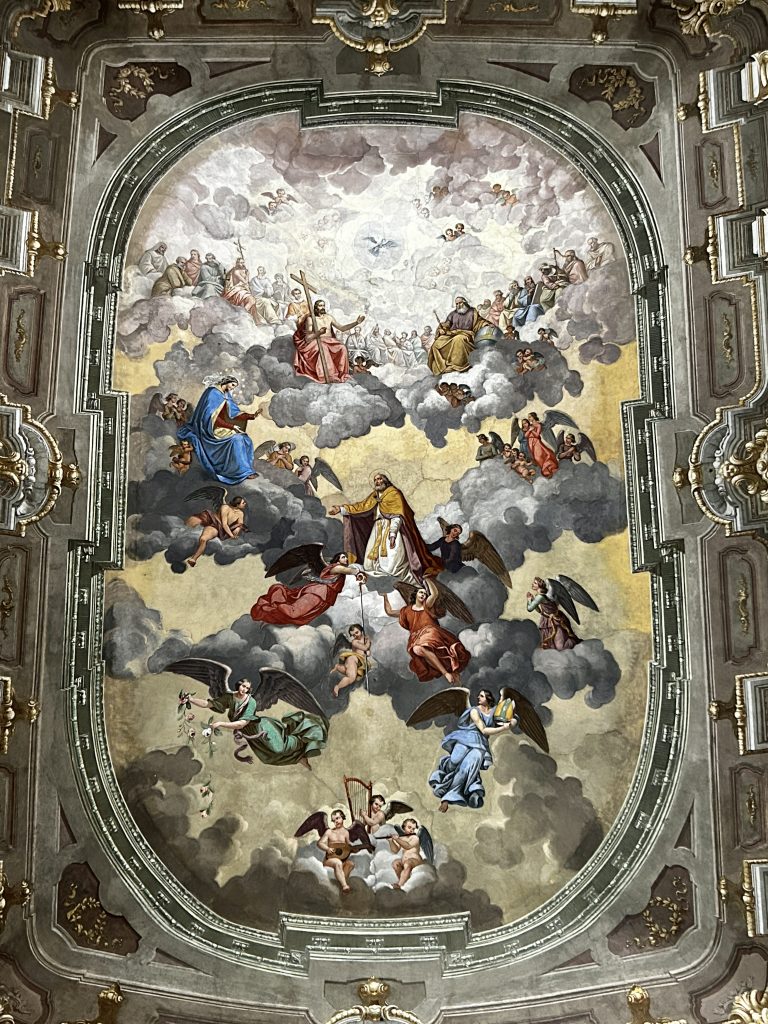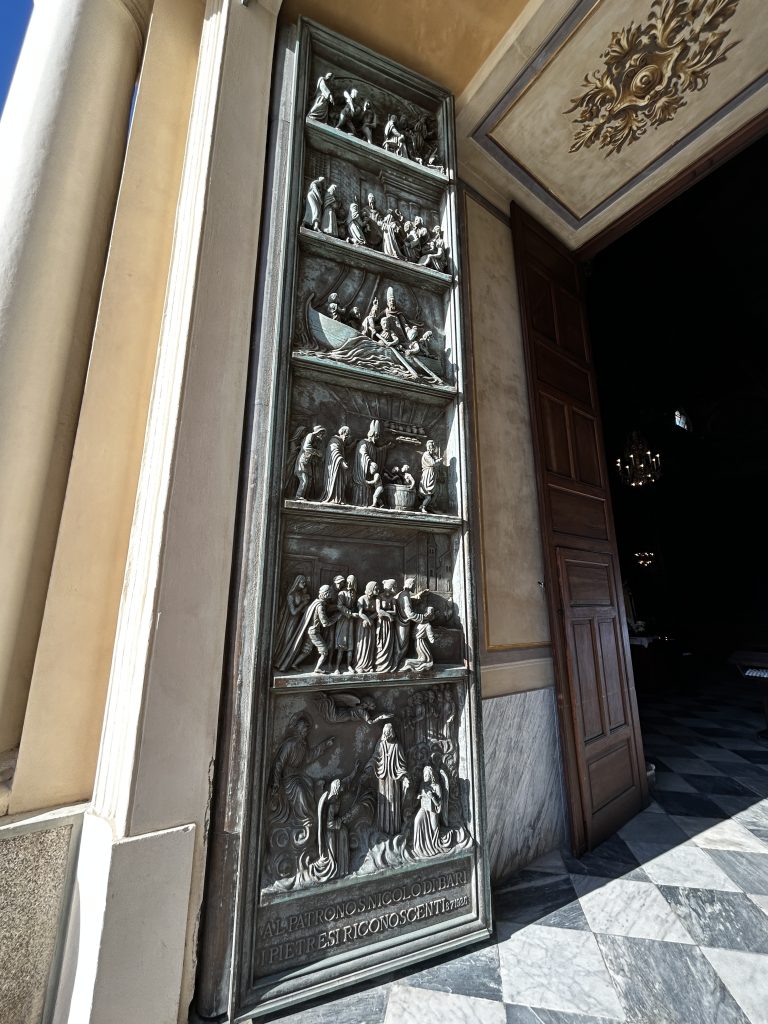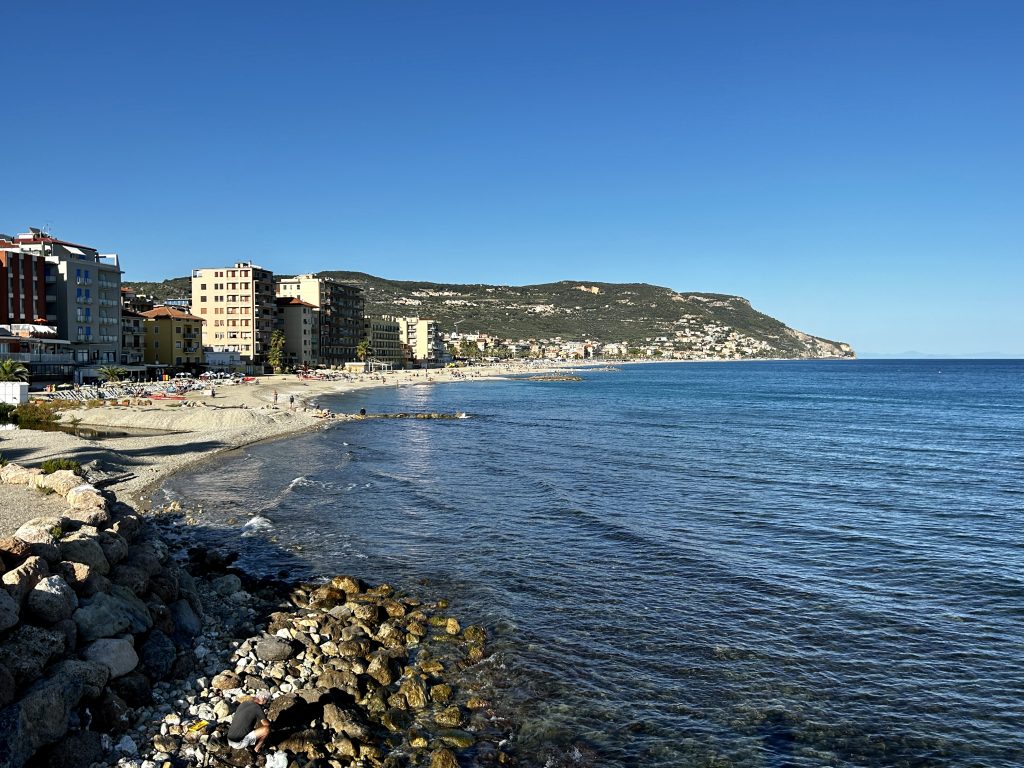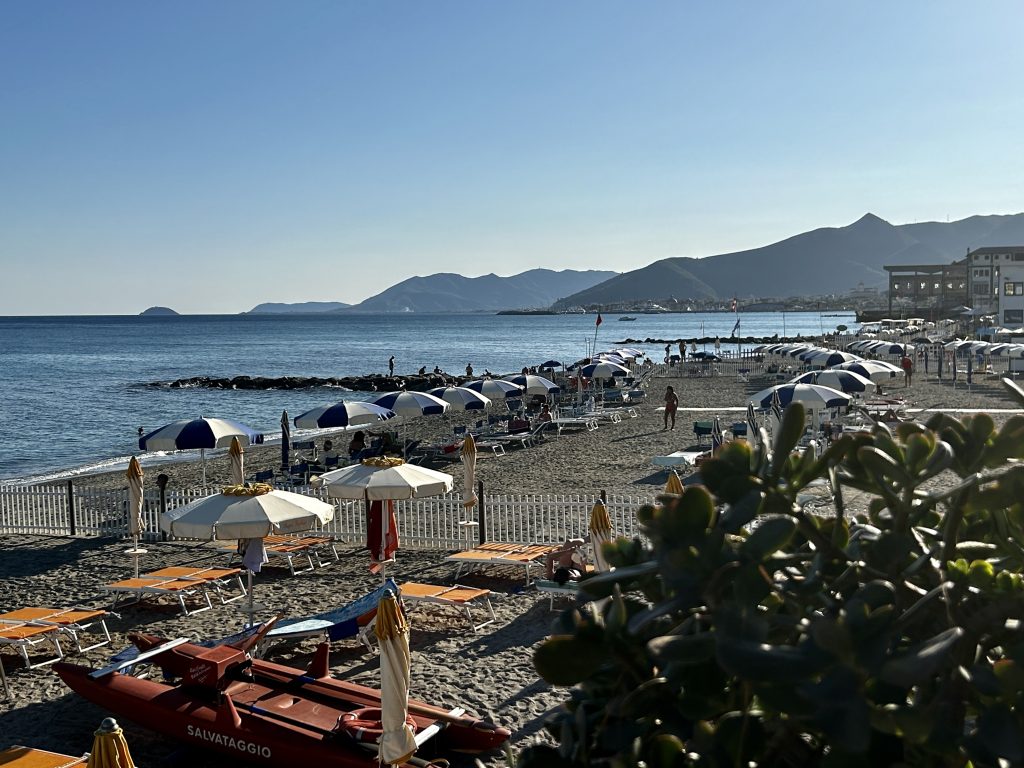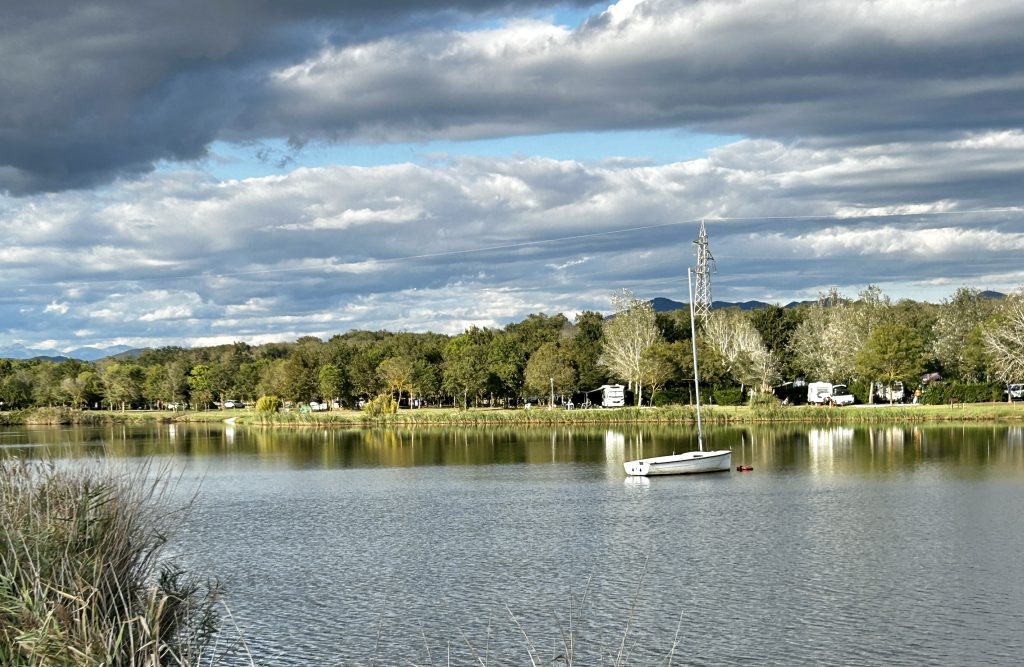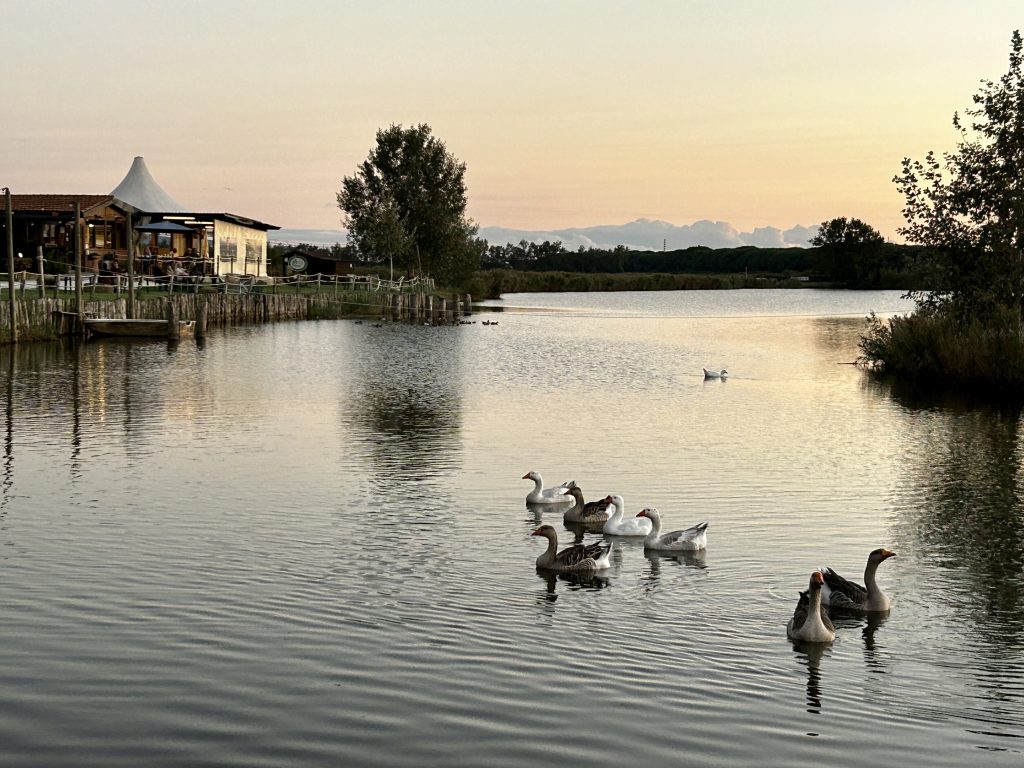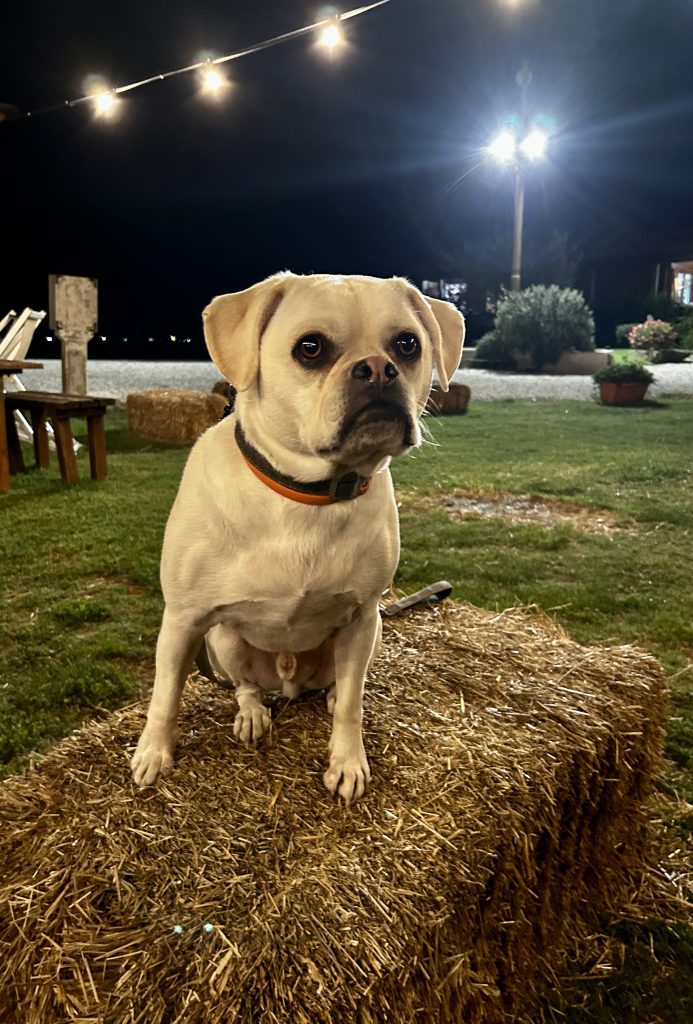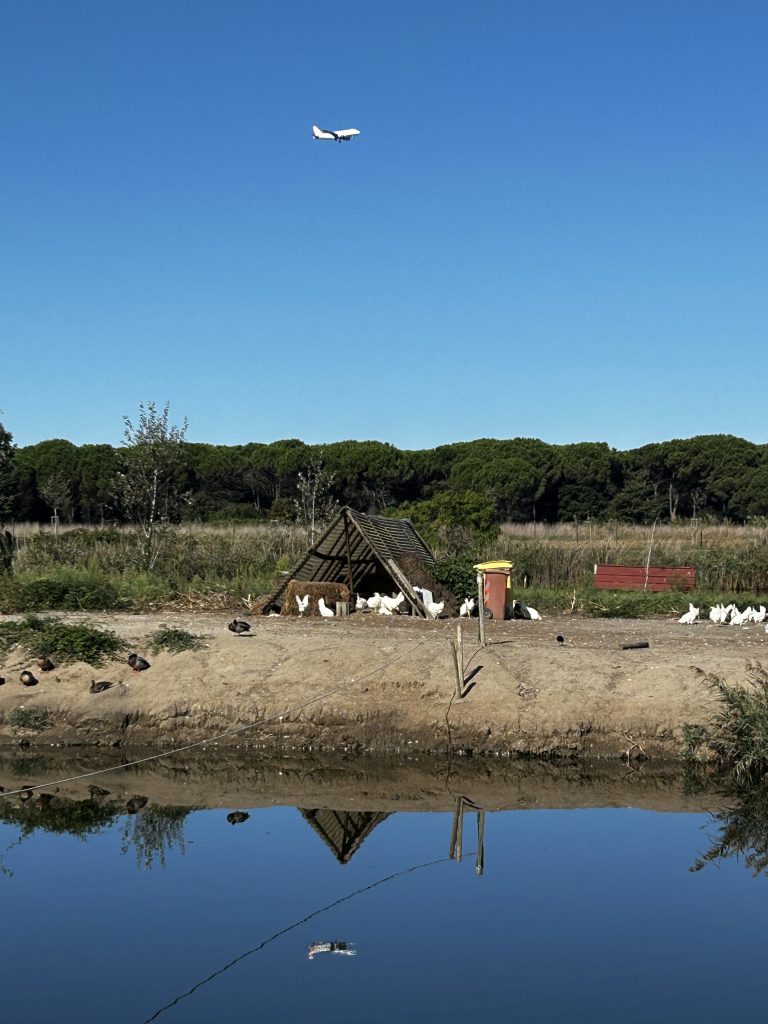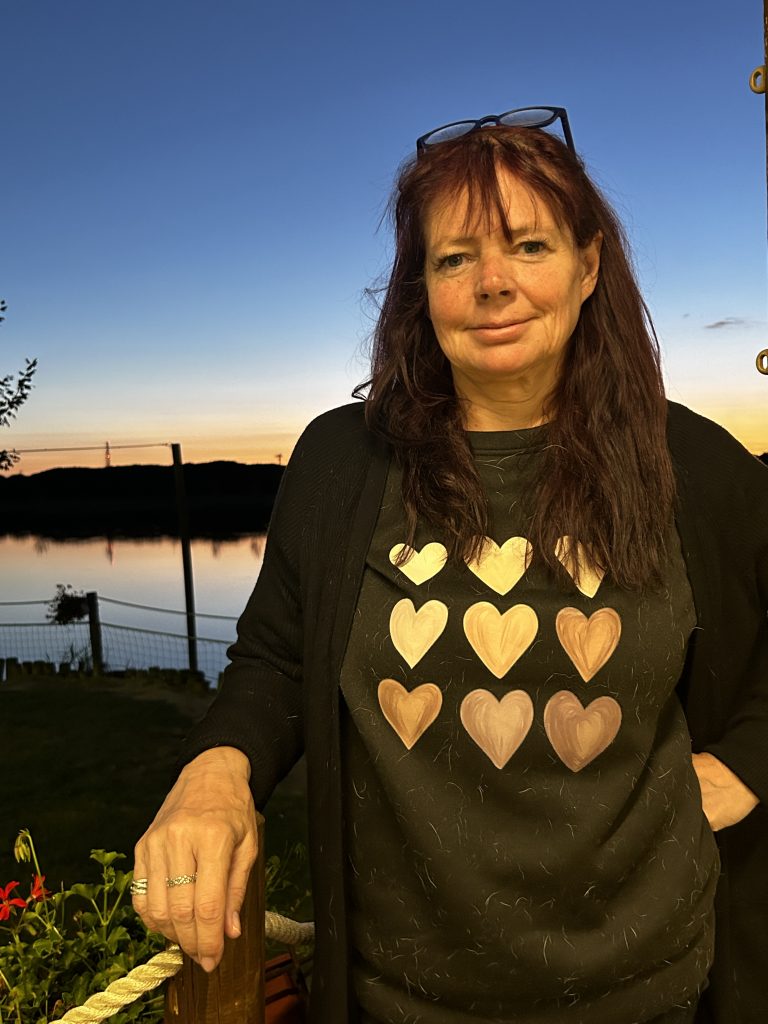We have crossed the magnificent Millau Viaduct, designed by our very own Norman Foster, on a couple of occasions but not once stopped to visit the historical town of Millau. That had to change and, while heading north on the A75 Autoroute in readiness for our return to the UK, we dropped down into the Tarn Valley. We chose to stay at the Camping 2 Rivieres on Avenue de L’Aigoual, just over the River Tarn from Millau old town.

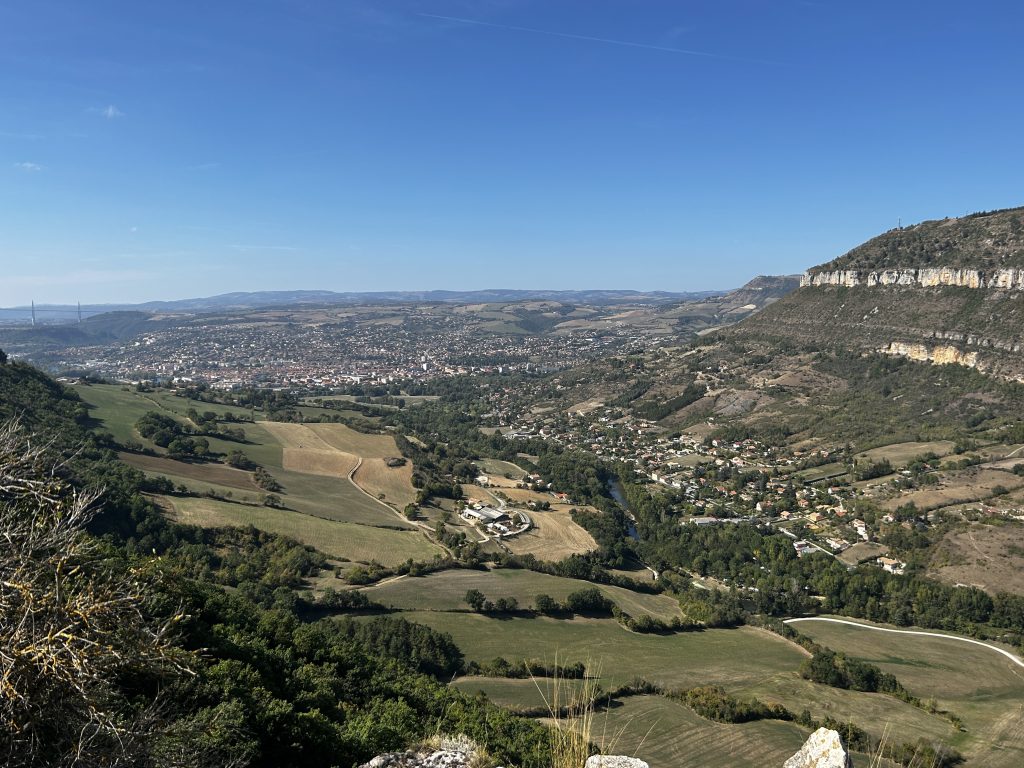
Situated at the confluence of the Rivers Tarn and Doubie, Millau’s historical centre is a ‘must see’ destination in it’s own right and the starting point for numerous interesting outings across the Aveyron Department of Occitaine. We were staying just 24 hours and didn’t therefore have the time to explore anything other than Millau and, after parking the Van, I set off to explore the old town with a view to showing Vanya it’s highlights later in the day.
I really like Millau’s old town. It’s a warren of crooked cobbled lanes and tiny courtyards. Many of the lanes are arched and lead to sleepy little squares tucked away all over the town. They are gorgeous.
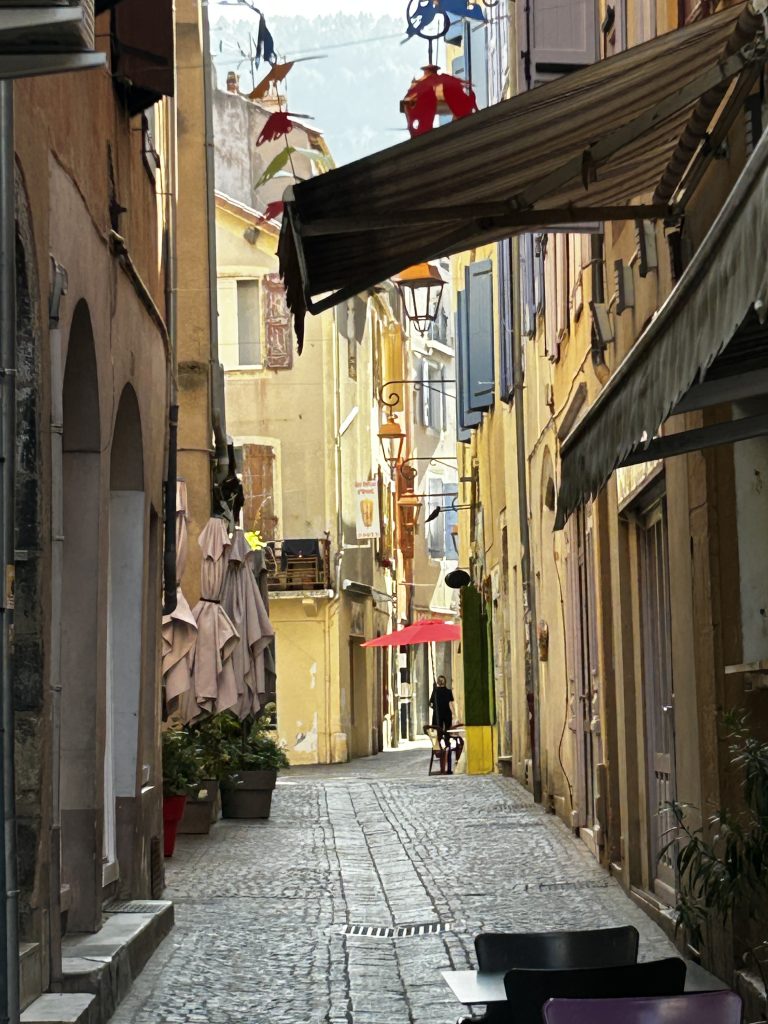
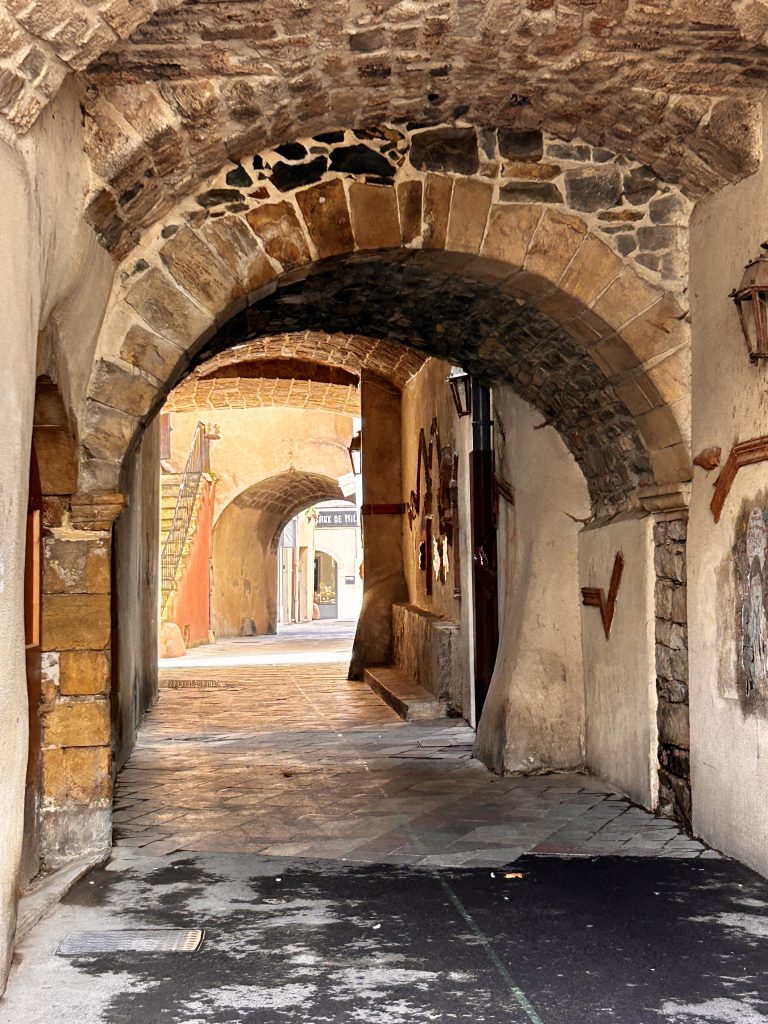
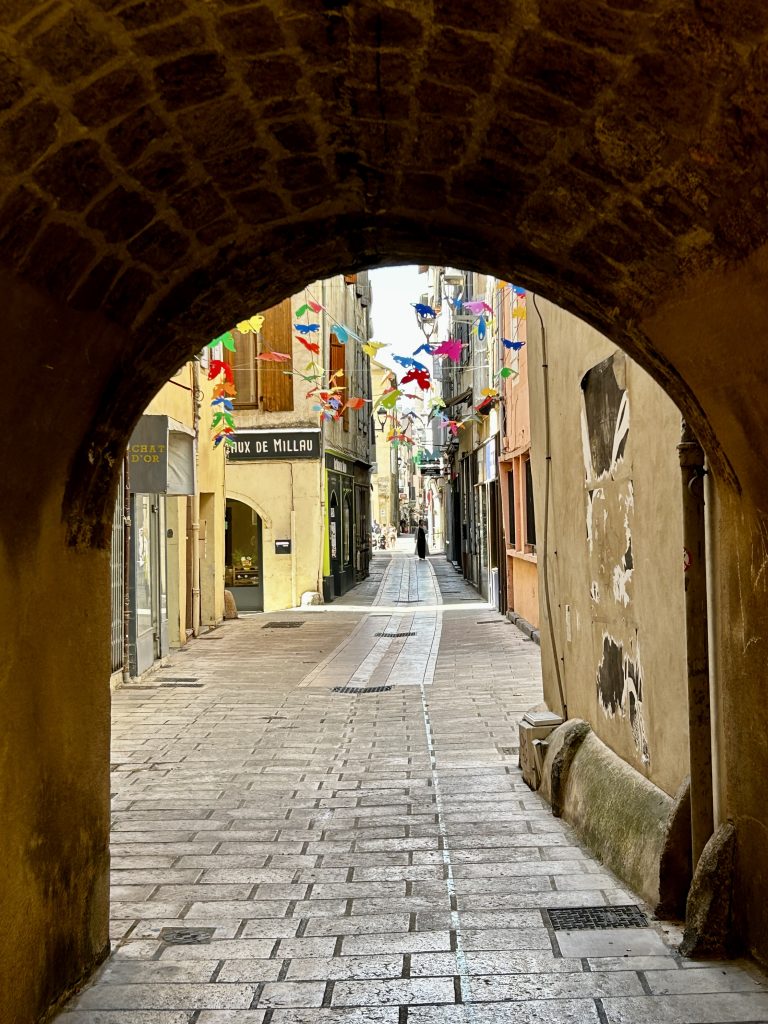
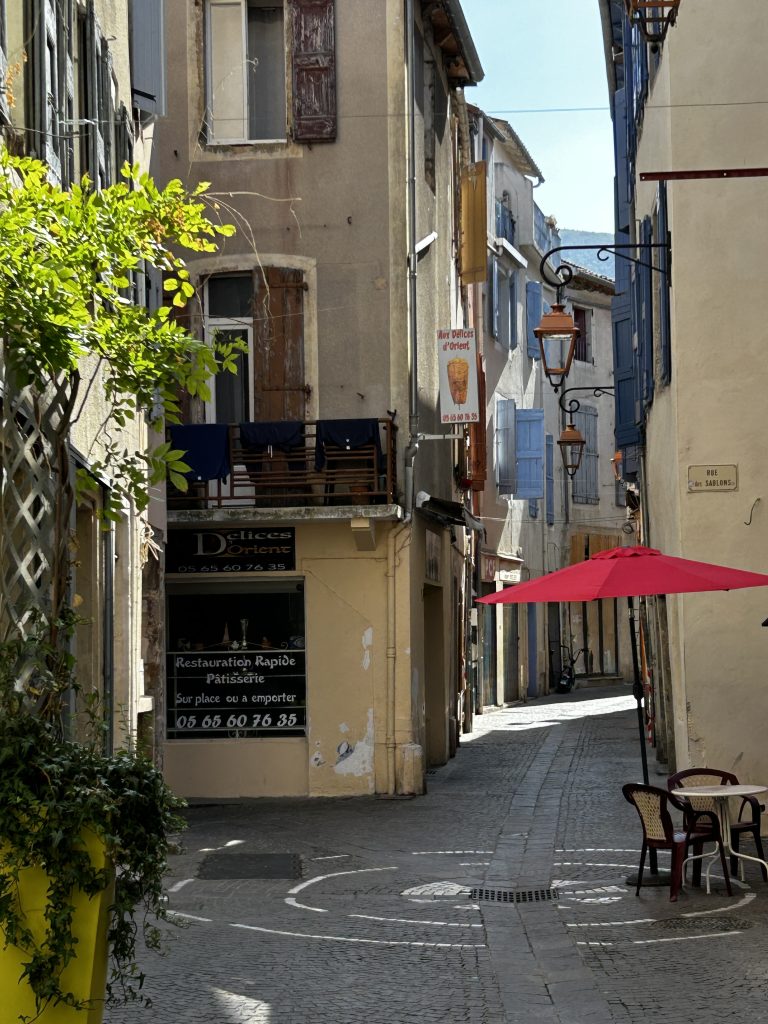
Except for when I crossed the Tarn to look at the the Millau Plage, using what looked like pedestrian pontoon bridge near the Pont du Larzac, I kept to the old town. Sadly, this meant missing out on a couple of Millau’s more interesting tourist sights, notably the Roquefort Caves and the Museum and Roman archaeological site of La Graufesenque (all that is left of a whole town of potters whose huge kilns were capable of producing 40,000 high quality pots per batch and whose wares have been discovered as far away as India). No matter, we’ll be returning and meanwhile I saw enough in the old town to keep me content.
I started by heading for one of the town’s highest points, the Belfry or ‘Beffroi de Millau’, not least because it is adjacent to the local tourist office and I figured they were best qualified to help me maximise my short time in the town. The tourist office informed me that visitors could ascend the tower except it was currently closed for renovation. They provided some background information on the town, starting with the Belfry (which is all that remains of a 12th century palace built by the Kings of Aragon) and then directed me towards some of the town’s more impressive monuments; churches mostly and various other historical points of interest. I’ll leave the photos to do the talking…
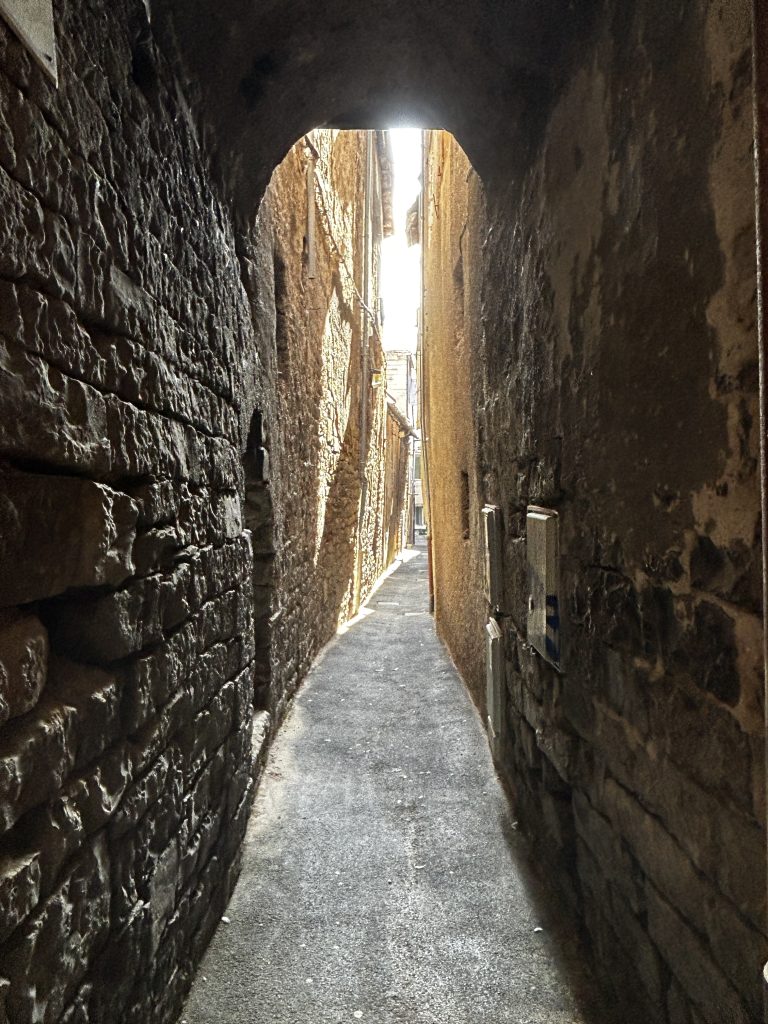
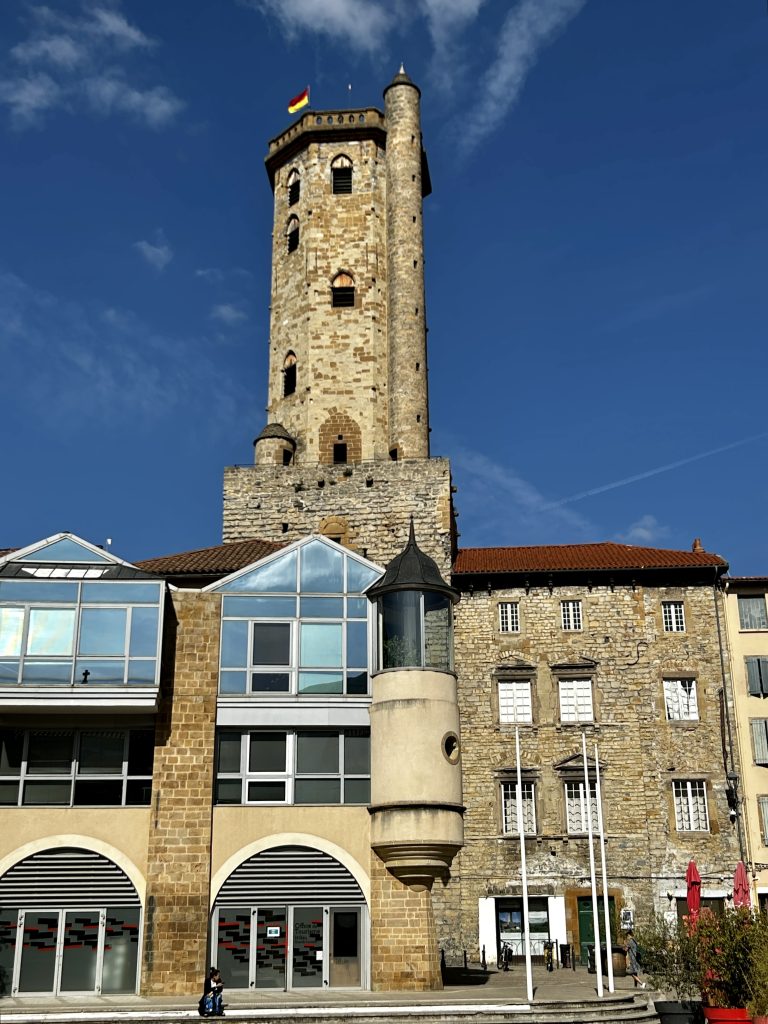
I visited a number of the larger churches but would comment on just two. The first of these was the Eglise du Sacre Coeur. Built in a Neo-Roman Byzantine style in the late 19th century and having two bell towers, it’s outside is more impressive than the inside. It’s one of the newer churches in Millau.
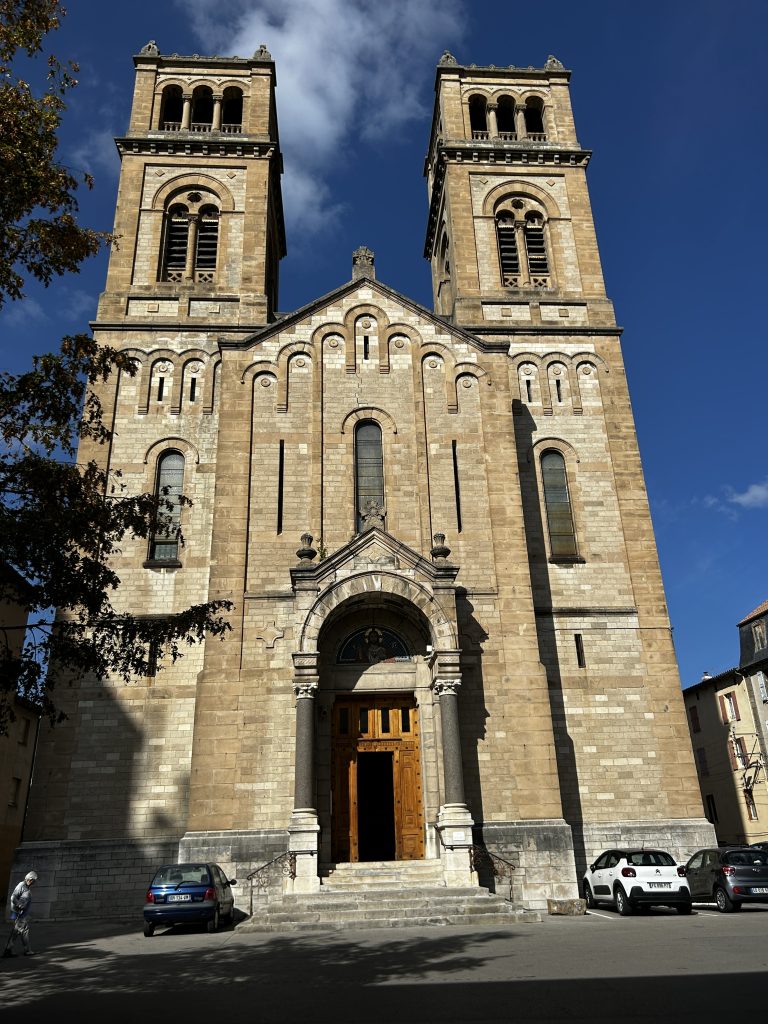
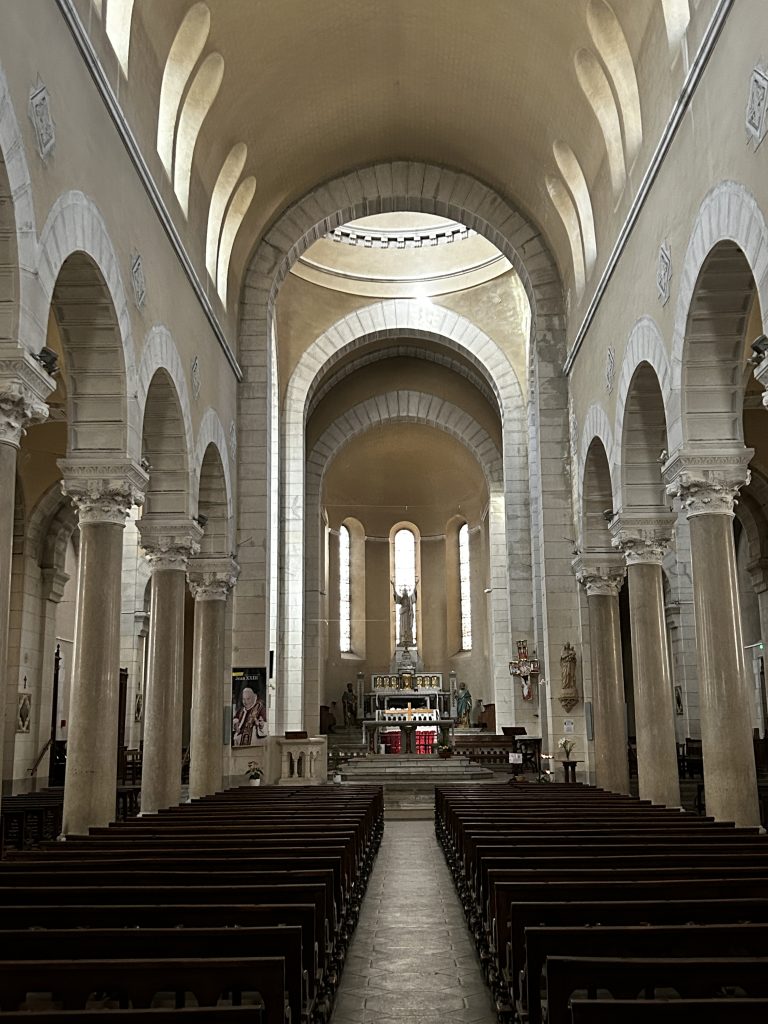
The Eglise Notre Dame de l’Espinasse is definitely the most interesting of all the churches I saw in Millau. It has history and some wonderful frescoes inside. The existing church was built in the 17th century although there has been an Eglise Notre Dame de L’Espinasse on this site (now the Place Marechal Foch) since the 11th century. The original church and contents (including a thorn supposedly taken from the crown worn by Jesus at his crucifixion and from which the church got it’s name) were completely destroyed during the Wars of Religion in the second half of the 16th century.
In contrast to the Millau Sacre Coeur, it is the inside of the Eglise Notre Dame which is the more impressive, not least because of Jean Bernard’s paintings which cover the apse ceiling.
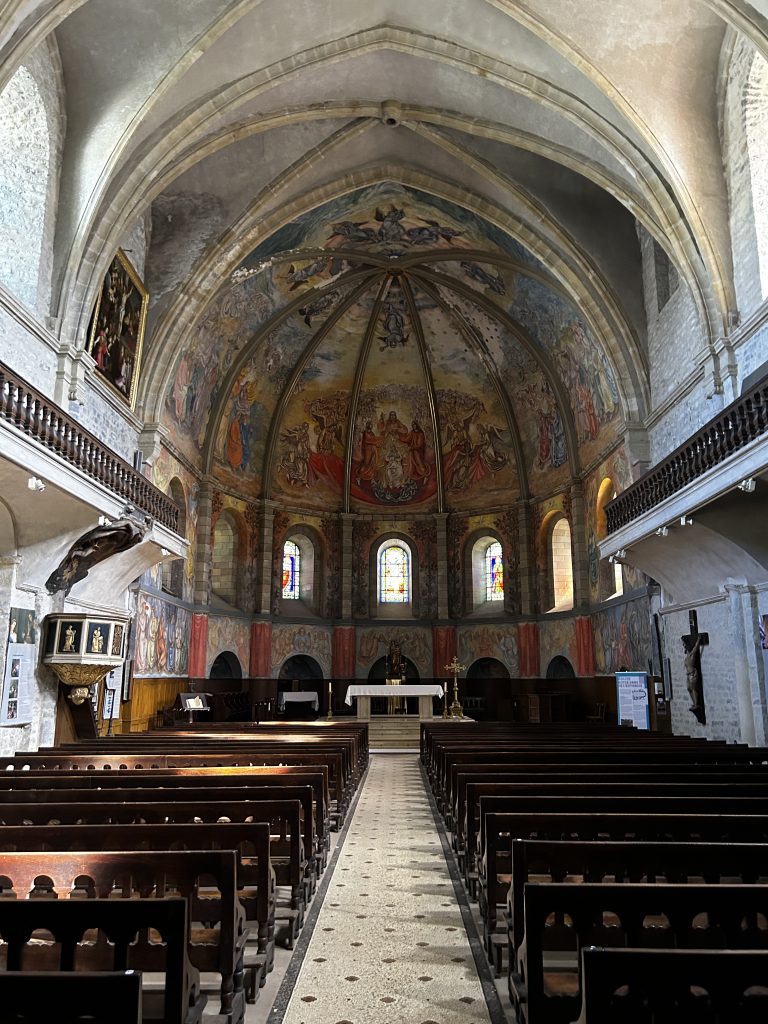
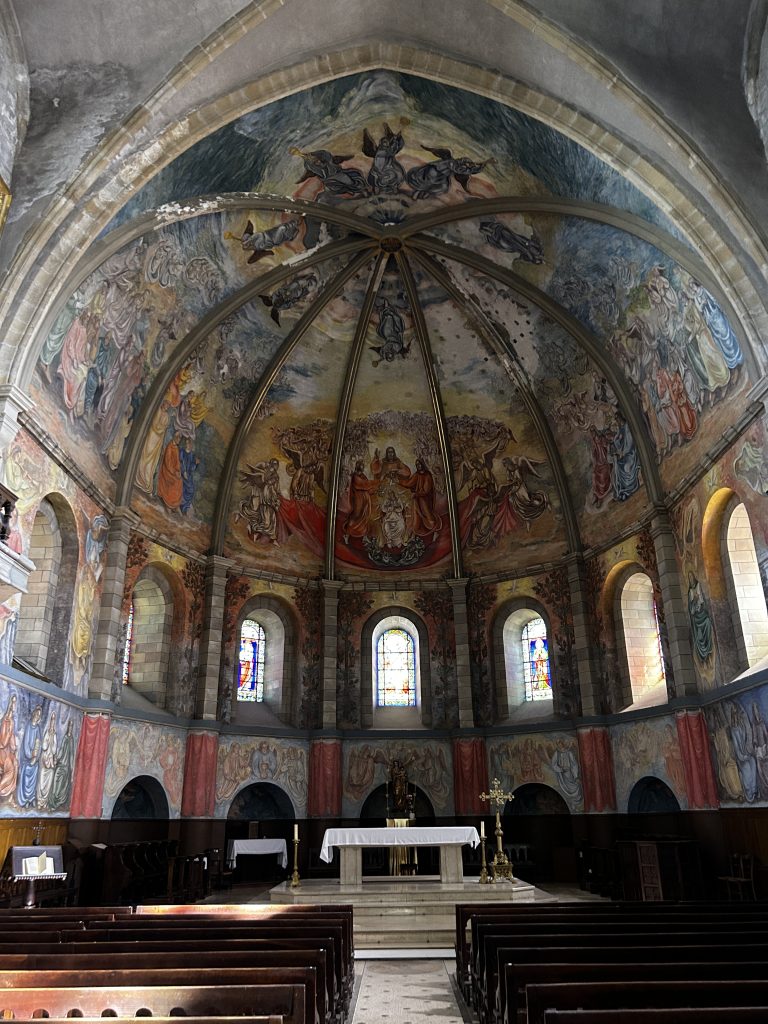
Other historical points of interest in the town include the Lavoir de L’Ayrolle (a washhouse built during the 1740’s on the orders of Louis XV); the Fontaine du Moyen Age (known now as the Fontaine Basse, this has been a source of clear water for the town since at least the 14th century) and; Les Halles Millau (built near the Sacre Coeur church in the 19th century, during La Belle Epoque, this bustling covered food market is open every day except Mondays).
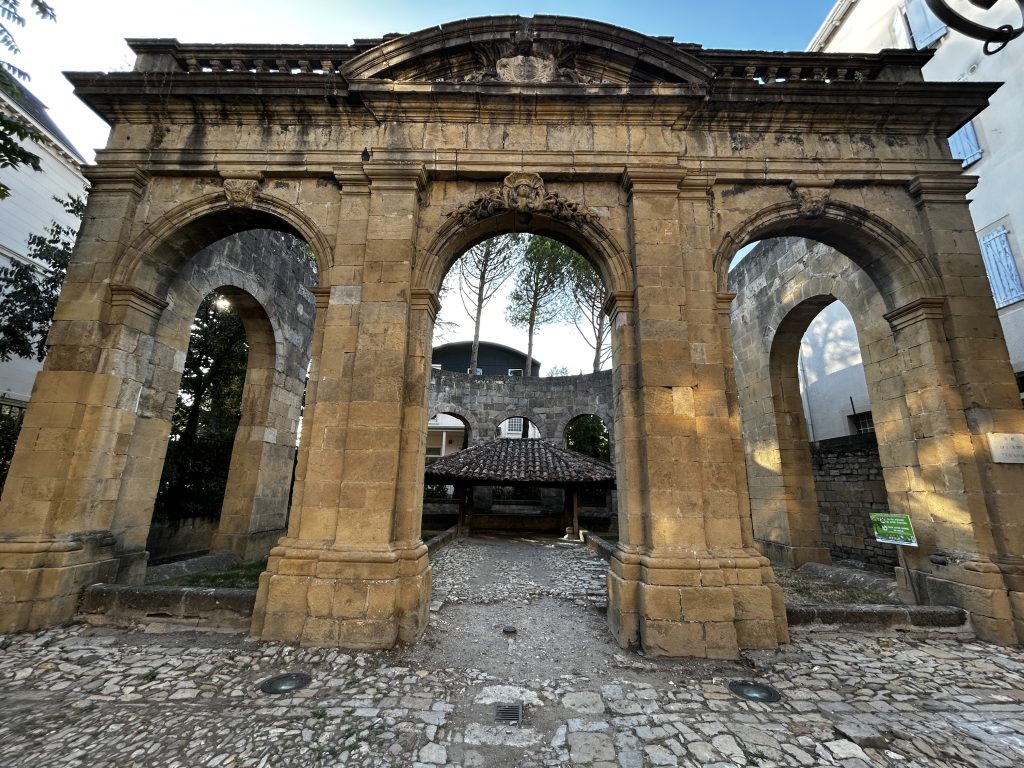
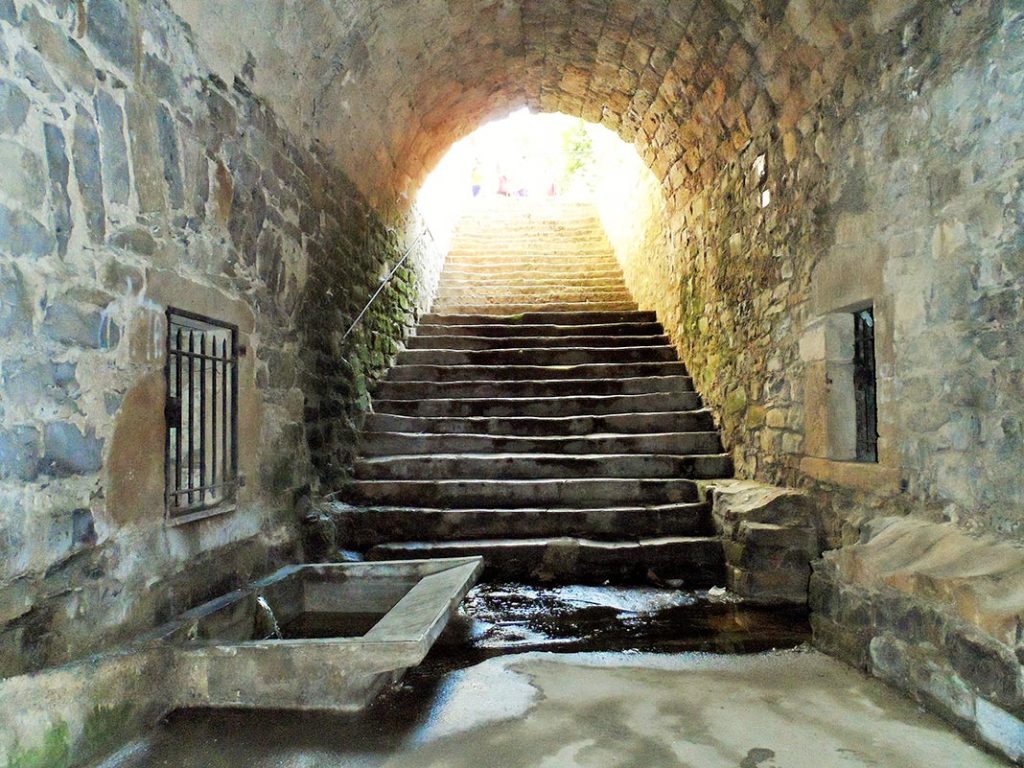
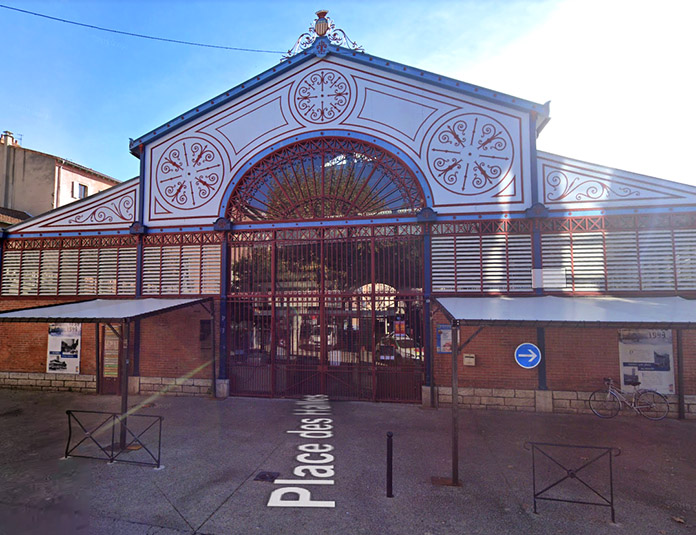
It is perhaps appropriate to mention here that there is a Farmers Market in the Old Town every Wednesday and at weekends in the area of the Eglise Notre Dame. Regional delicacies in the Aveyrone that are always available in the market include the local Roquefort blue cheese (aged in the nearby limestone caves), aligot (a creamy mixture of mashed potato and cheese), fouace (a sweet bread often enjoyed at breakfast) and echaude (an aniseed flavoured biscuit).
One last historical point of interest in Millau is it’s old grain mill (Moulin Vieux) on the town’s old bridge (Pont Vieux). There’s been a working mill on the Vieux Pont since the 12th century, even after most of the bridge was washed away by floods. The mill finally ceased working when the owners were declared bankrupt in 1937. I’m not sure what purpose the building serves now. I was unable to gain entry.
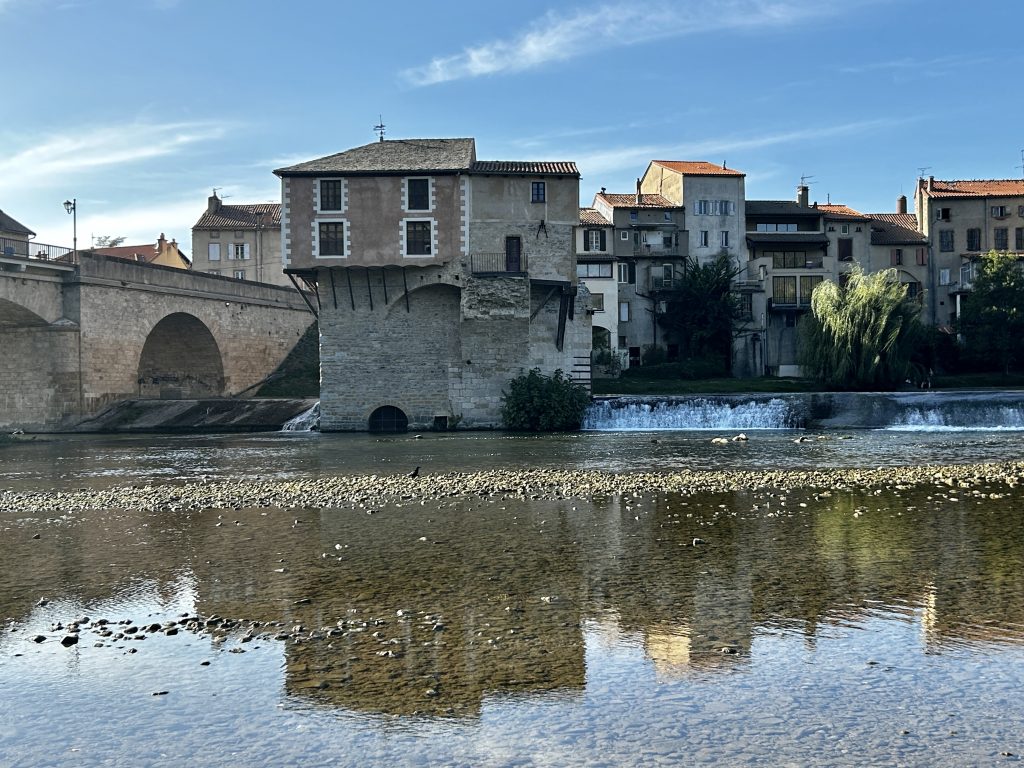

After dinner and a further wander around the old town with Vanya and the dogs we simply sat outside the Cafe Tout Va Bien on Boulevard de Bonald and watched the world go by over a couple of drinks. It was as chill a moment as you can get.
We’ll have to return for a few days when next in France. There’s plenty more to experience in Millau and the surrounding area. I’m thinking in particular of the two of Aveyron’s ten ‘plus beaux villages de France’ which are close by (Montpellier le Vieux and Peyre) and I missed out this time on Roquefort sur Soulzon (for it’s cheese). There’s also the Maison des Vautours Visitor Centre (to observe local vultures) and the Via Ferrata du Boffi (a rather interesting looking cliff-side walkway). Most important are some of the other local foodstuffs which I have yet to sample. I’m thinking of Veyreau Honey, Paulhe Cherries and Truffles at the Maison de la Truffe in Compregnac.

